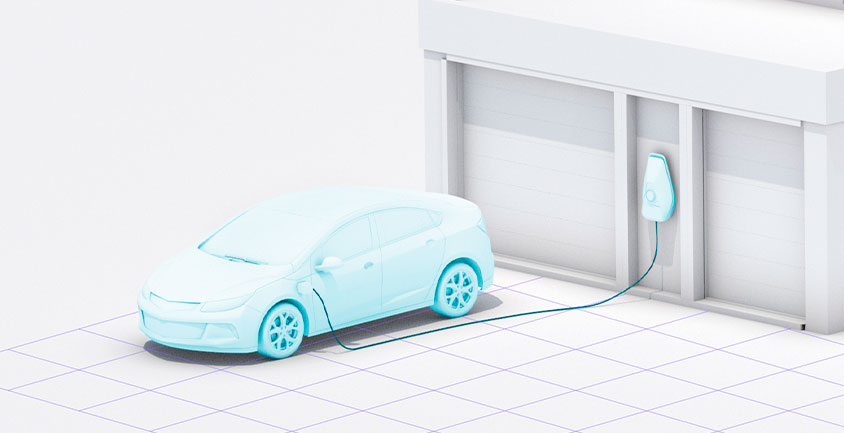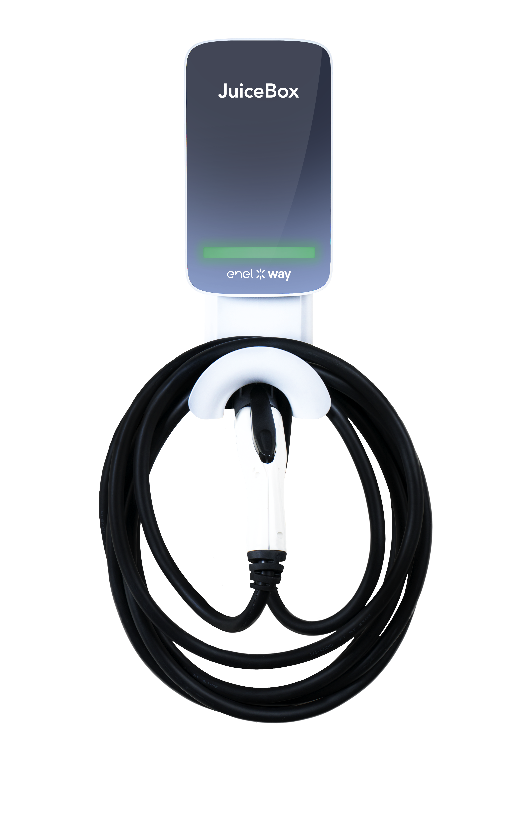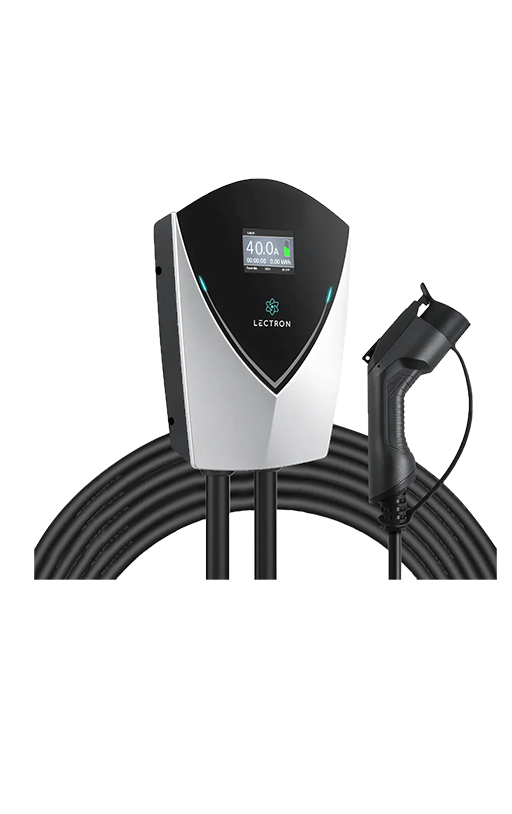For drivers going electric, charging takes the place of traditional gas station fill-ups. But the impact of EV adoption goes far beyond the way you fuel your vehicle. With the advent of bidirectional charging, your EV can now be used to power your home—and the possibilities for additional applications are practically limitless.
EV Charging
Keep your EV and your home running with ease.
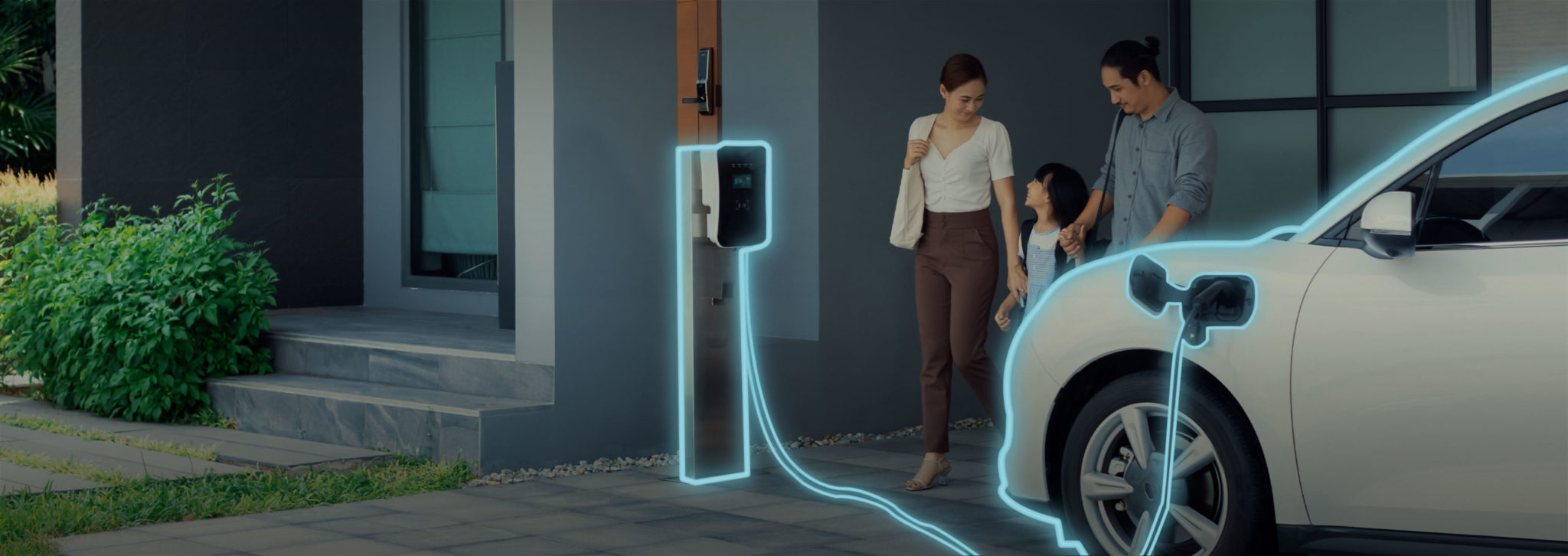
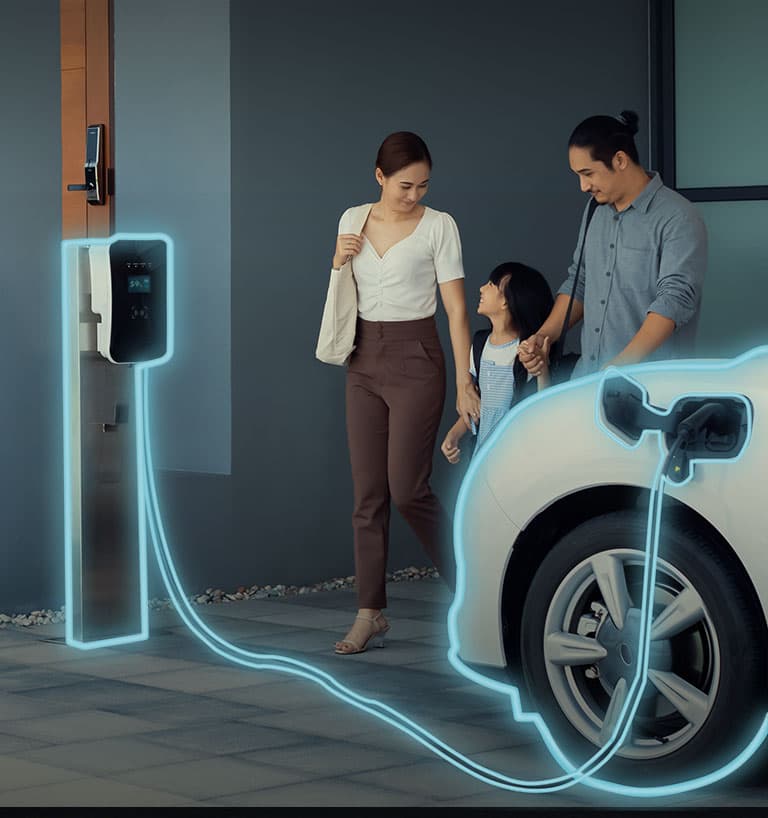
ABCs of EV Charging
There are three types of electric vehicle chargers: Level 1, Level 2 and Level 3—also known as Direct Current Fast Charging (DCFC).
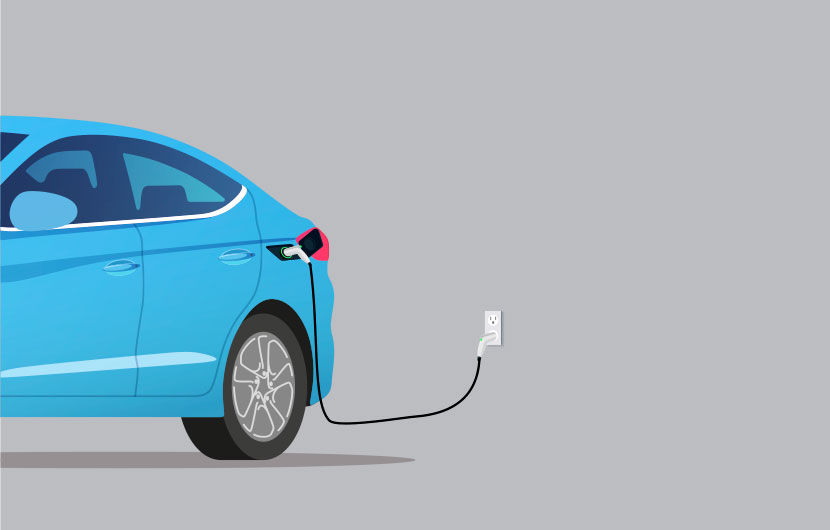
Level 1 Charging
Typically included with your EV purchase, these home chargers plug into a standard 120-volt electrical outlet but only provide 3-5 miles of charging per hour.

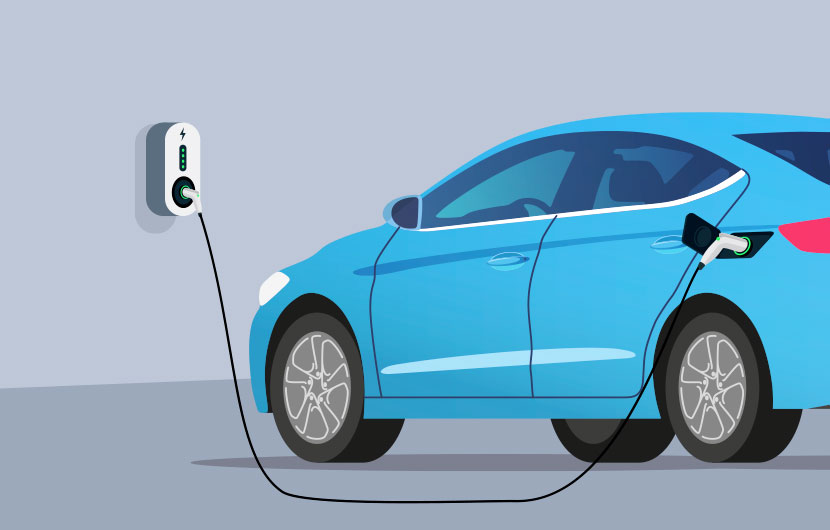
Level 2 Charging
Level 2 chargers are found in both residential and commercial settings. They’re popular for home charging since they can fully replenish your EV battery while you sleep.

For home charging, Qmerit recommends a Level 2 system for the ideal combination of speed and convenience. Professional installation is required, but don’t worry—we make it easy.
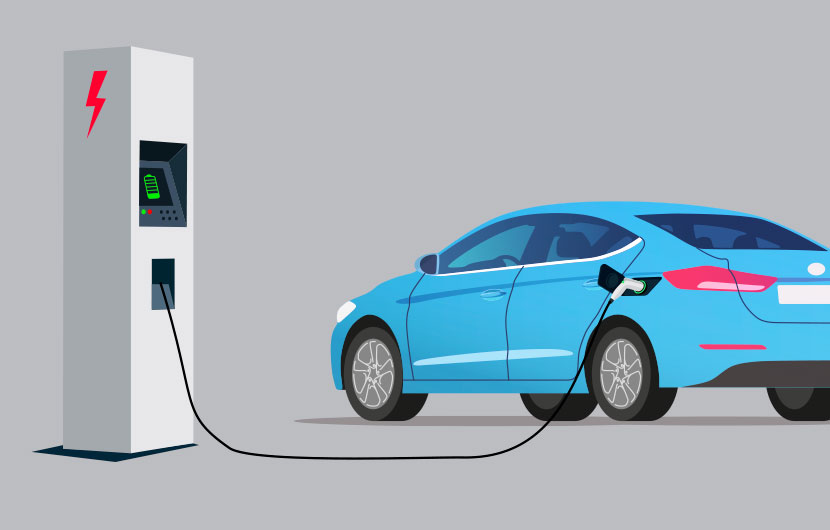
Level 3 Charging
These charging stations replenish your battery to about 80% in 30 minutes. However, they are only found in commercial settings and must be used sparingly to avoid battery damage.

EV Charging Resources
Learn about Level 2 charging and its role in home electrification.

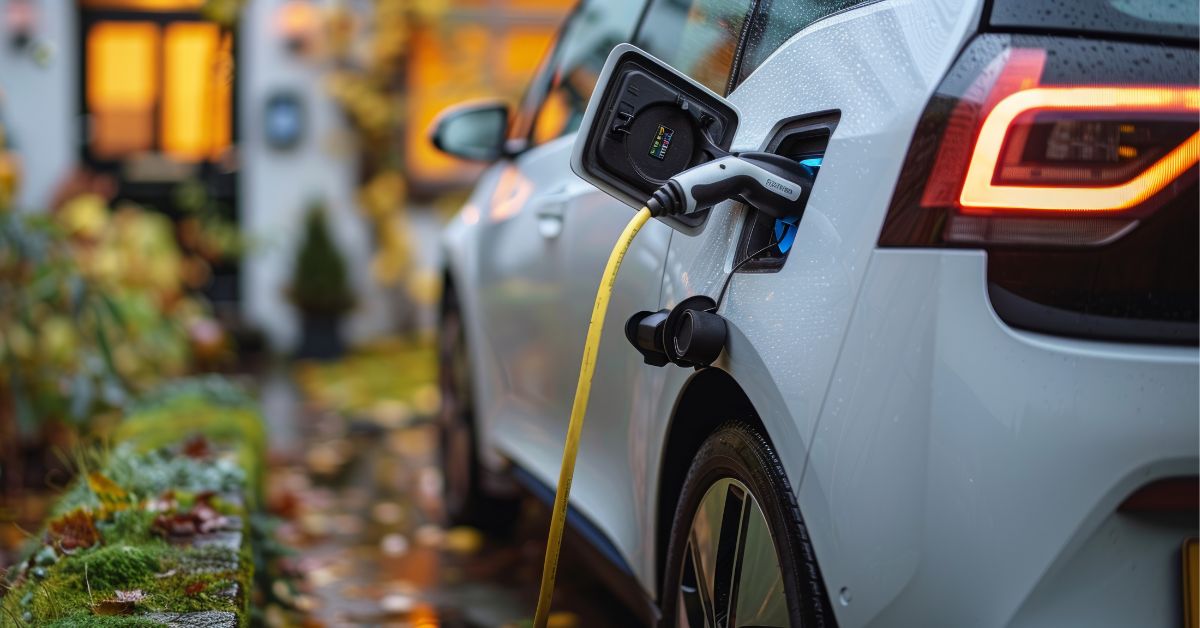


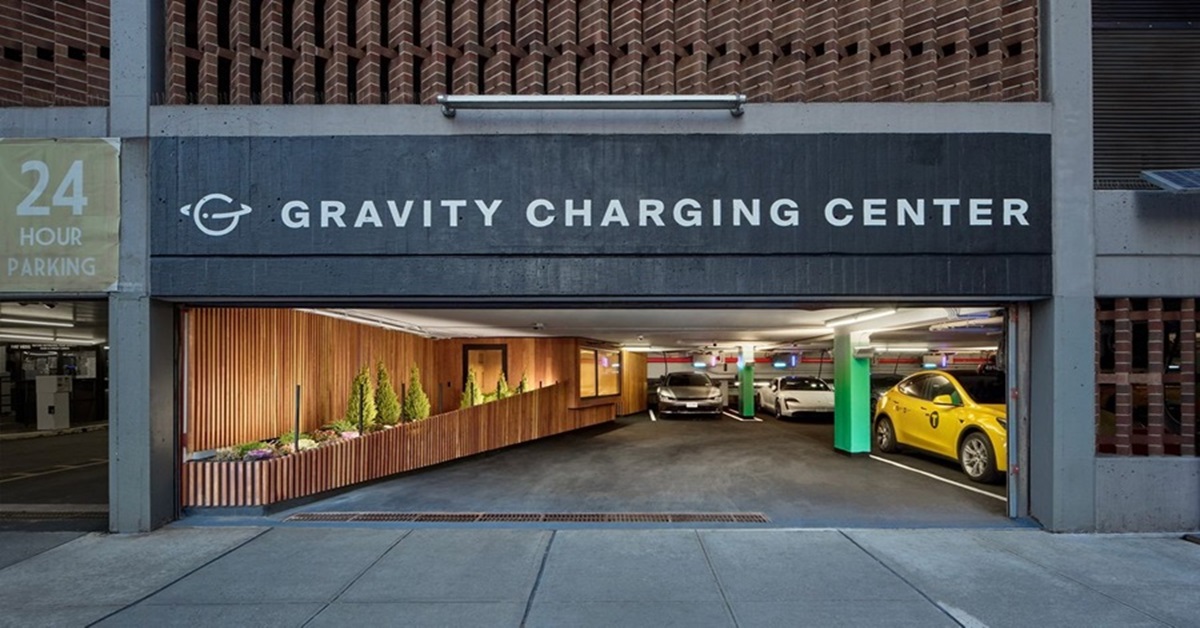
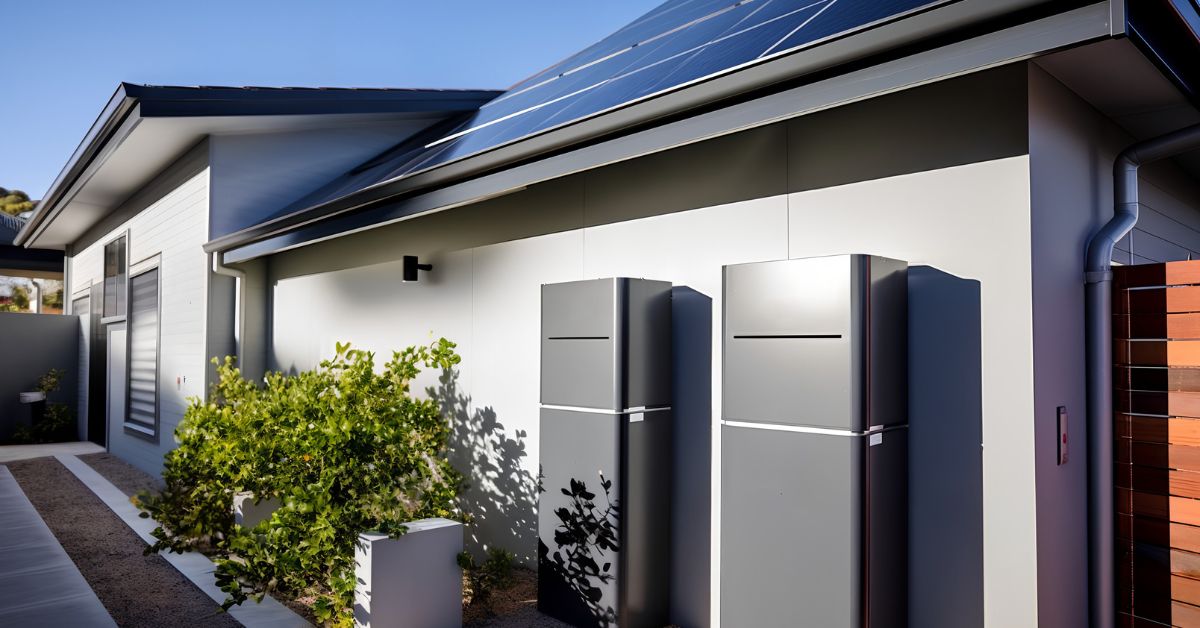

Product Review
April 3, 2024
The New Grizzl-E Smart EV Charger: Built To Last With Improved Features And An All New App
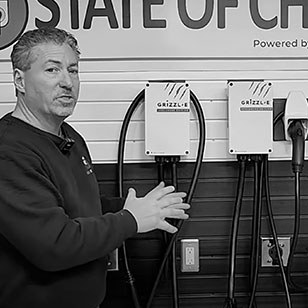
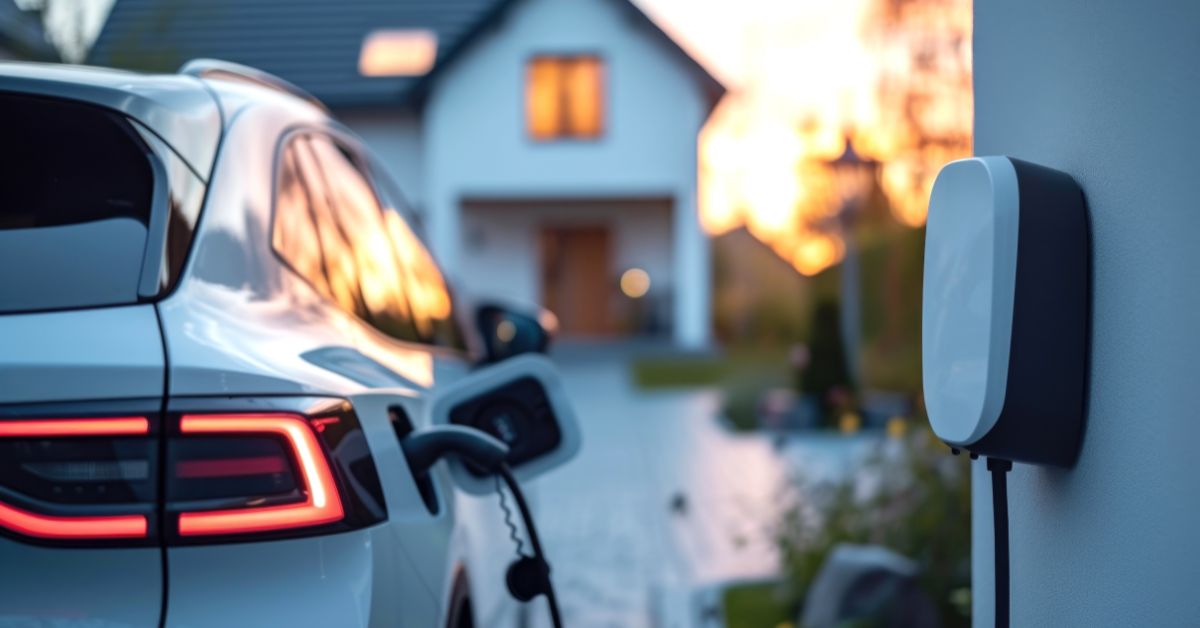

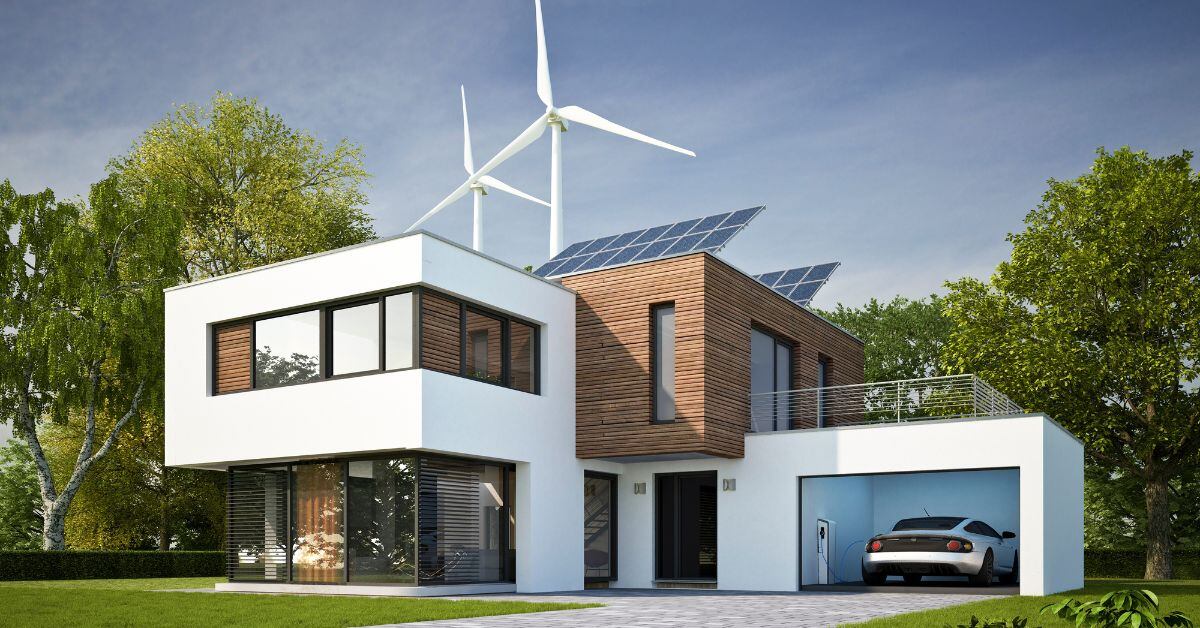
EV Charging
March 22, 2024
2035 Electric Cars & Utilities: The Impact of Auto Manufacturers’ Commitment on Energy Providers
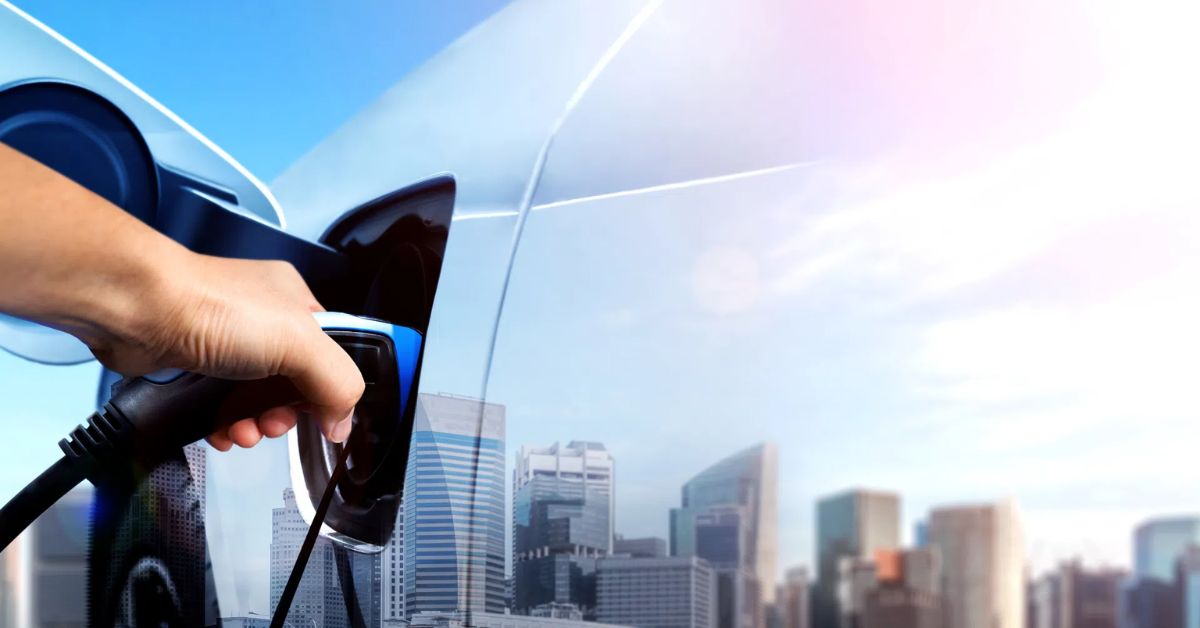
EV Charging
March 21, 2024
EV Charging Stations for Multifamily Properties: Enhancing Sustainability and Value
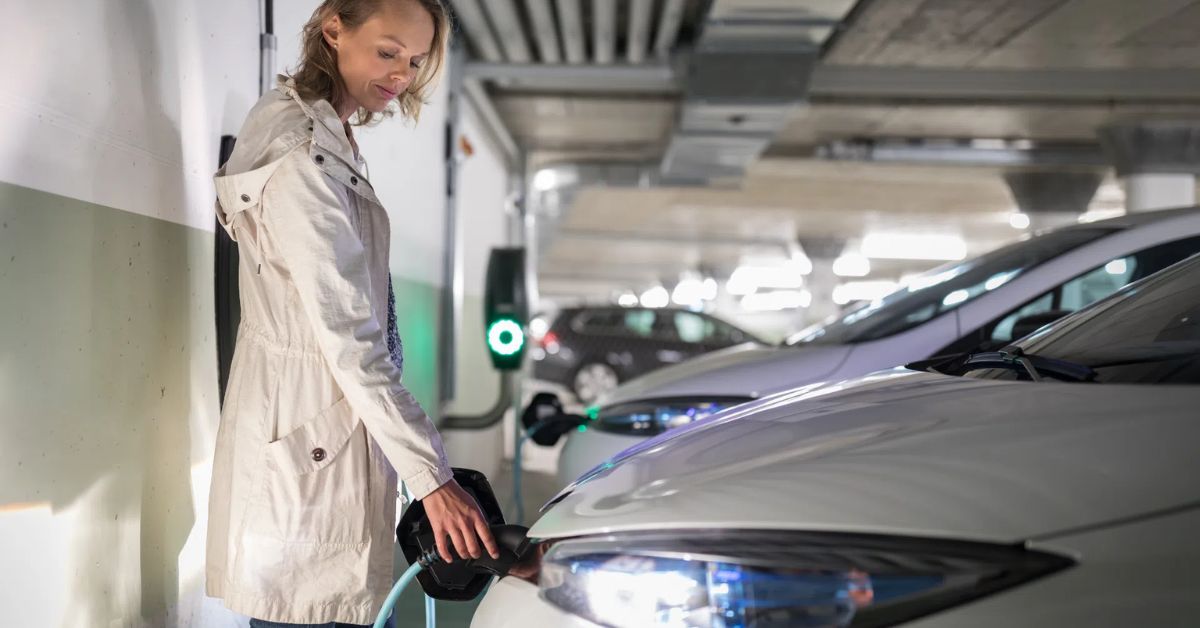


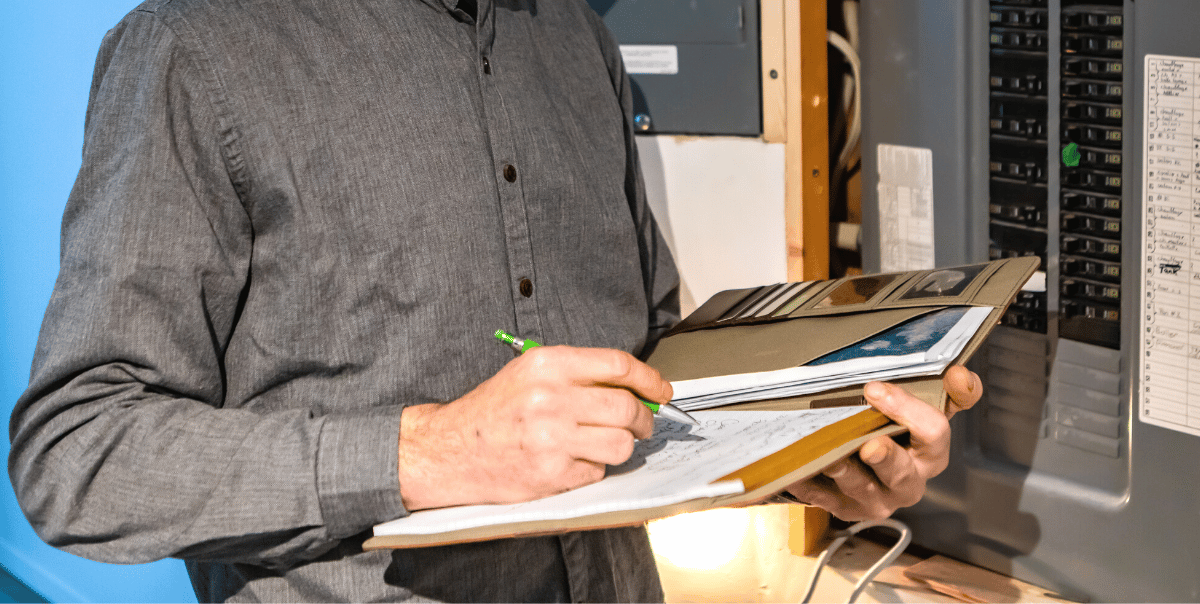

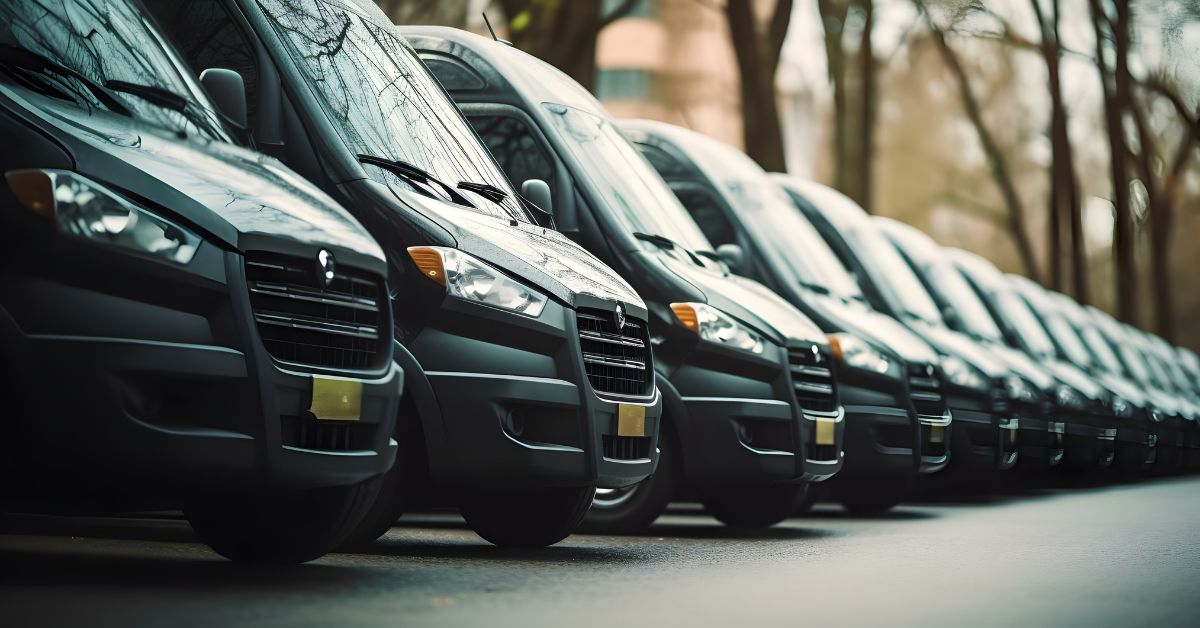
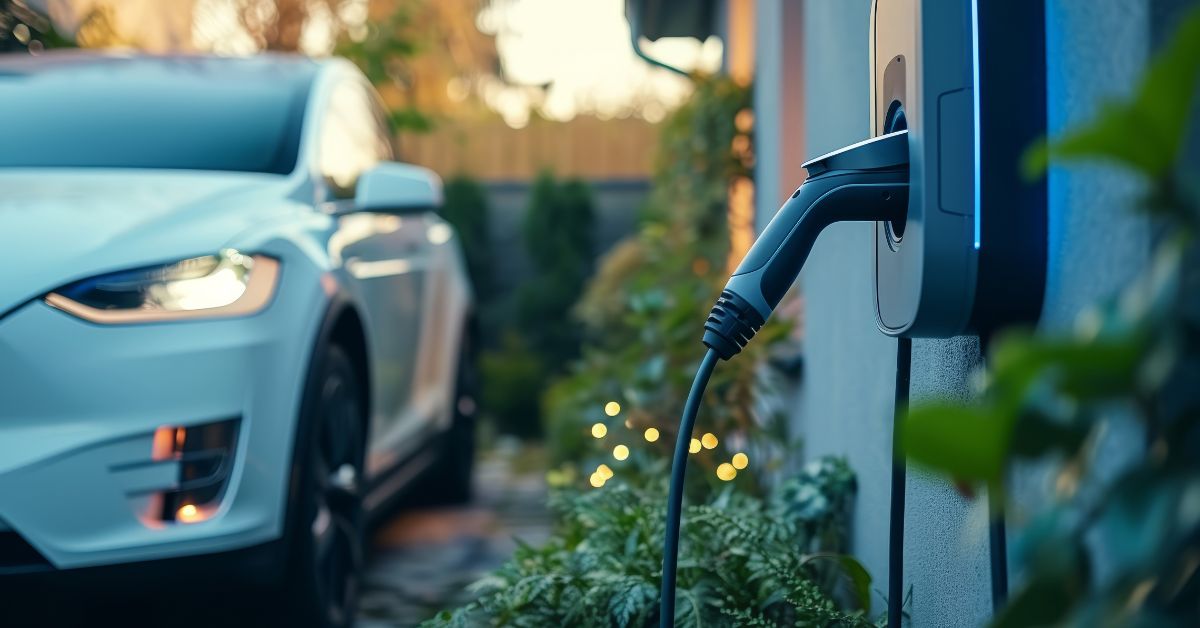
EV Charging
March 7, 2024
Updating Our Electric Infrastructure—Challenges and Opportunities for Utilities in 2024
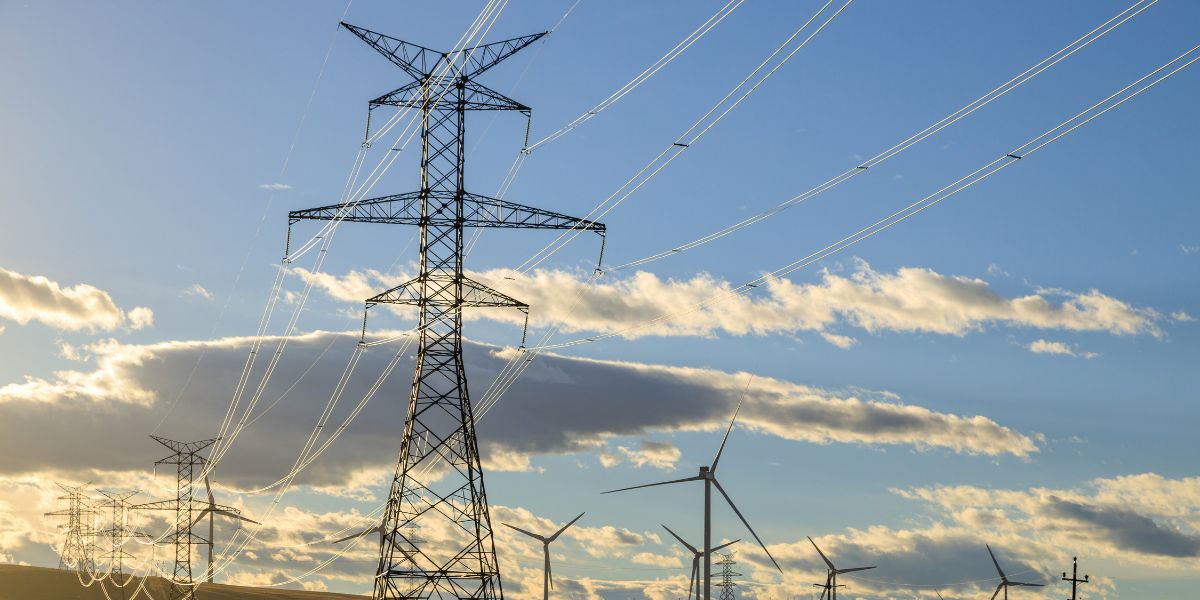

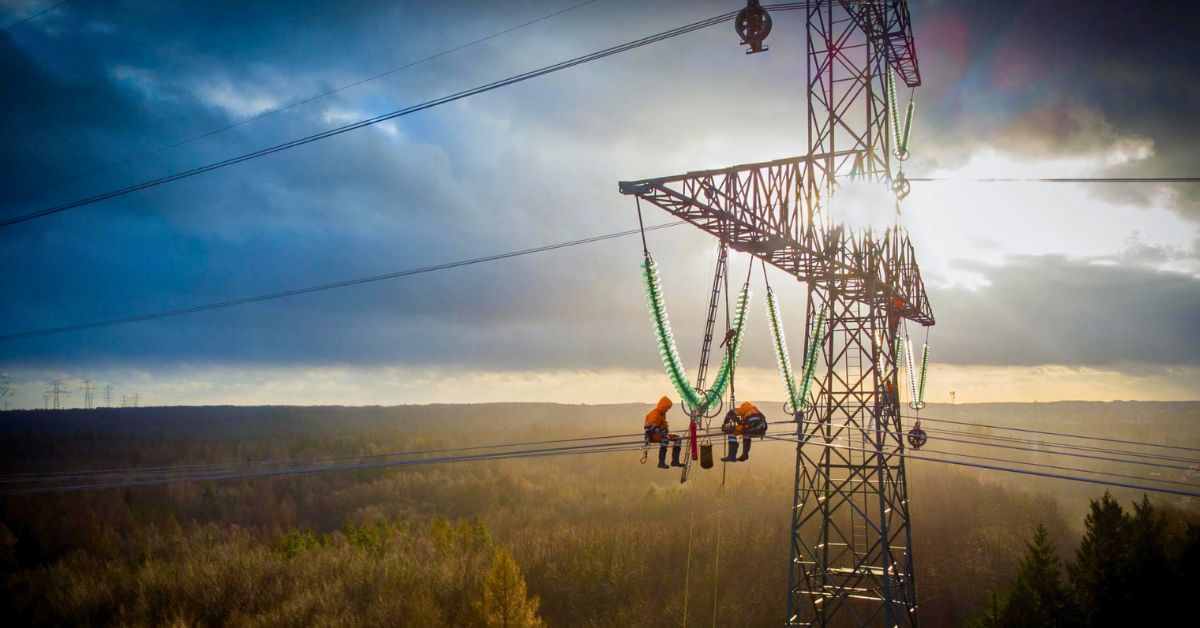
EV Charging
February 29, 2024
How to Get a Permit for a Commercial EV Charging Station Installation in 2024

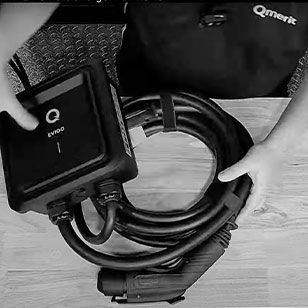

EV Charging
February 28, 2024
EV Battery Charging Best Practices to Maintain Your Car’s Battery Health
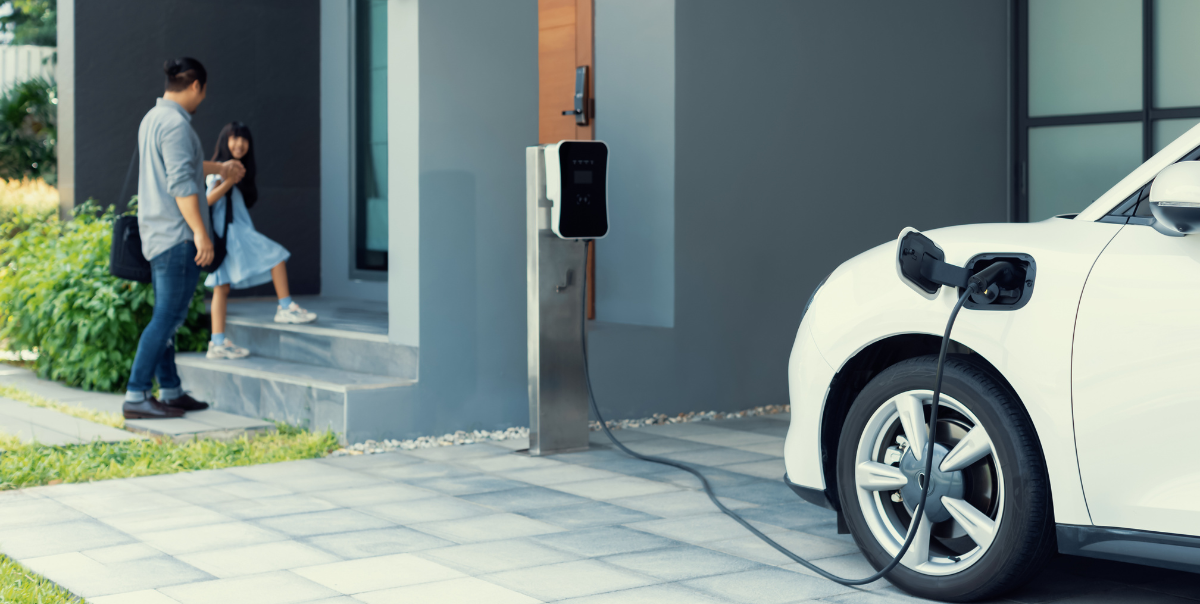
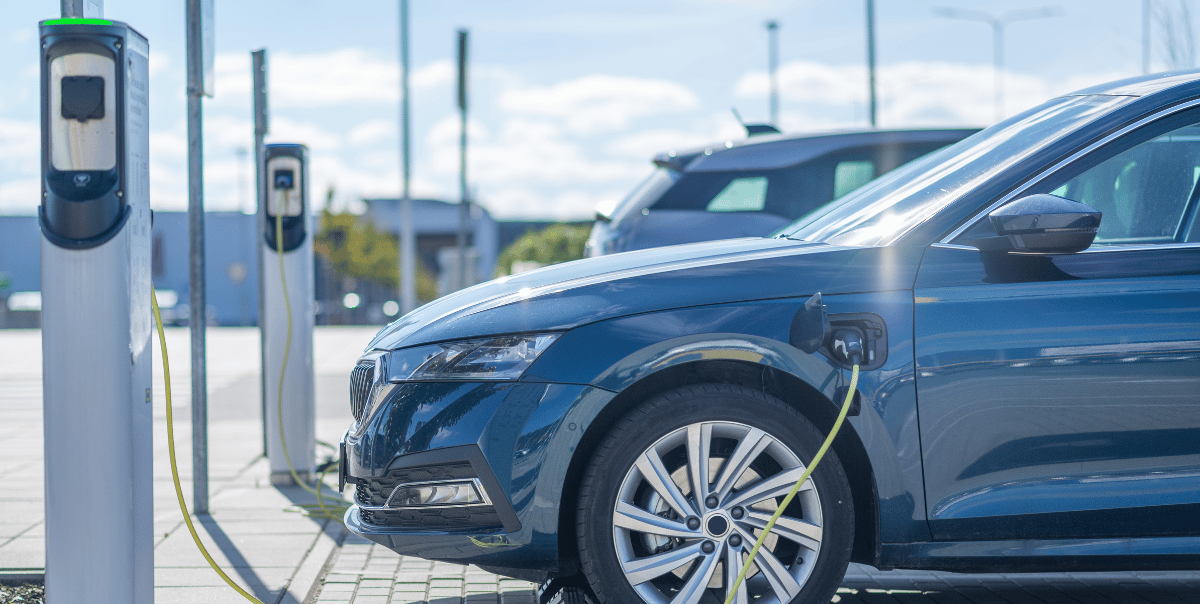
EV Charging
February 22, 2024
How to Plan for a Solar-Powered EV Charging Station Installation in Your Home
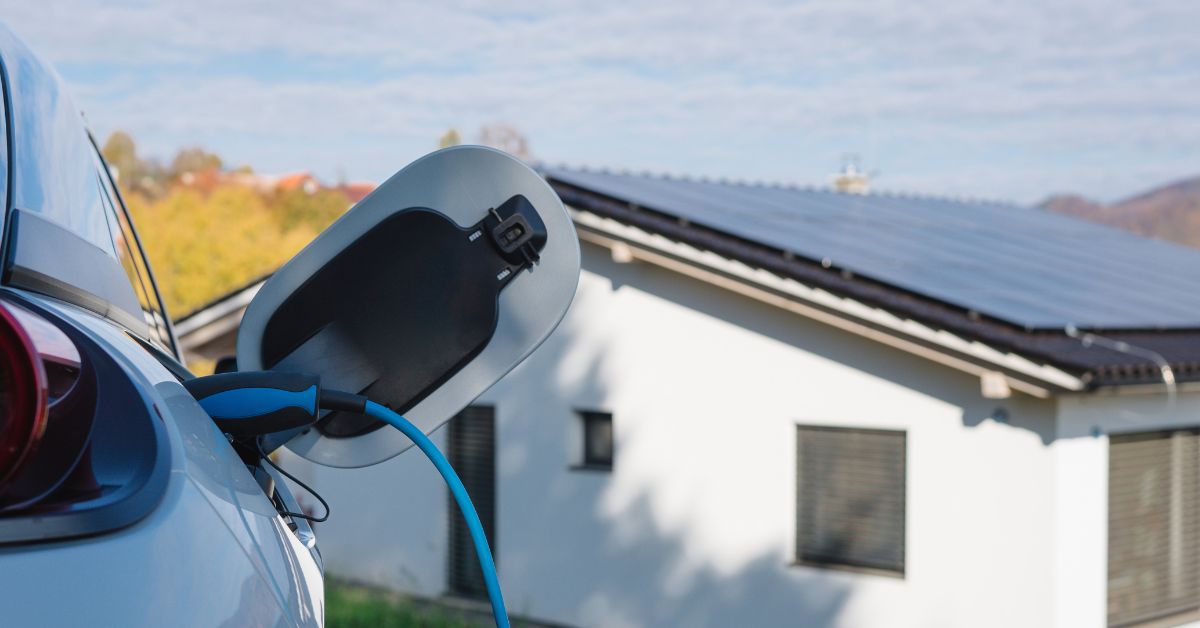

EV Charging
February 20, 2024
A Utilities’ Guide to Navigating Electric Vehicle Infrastructure Challenges
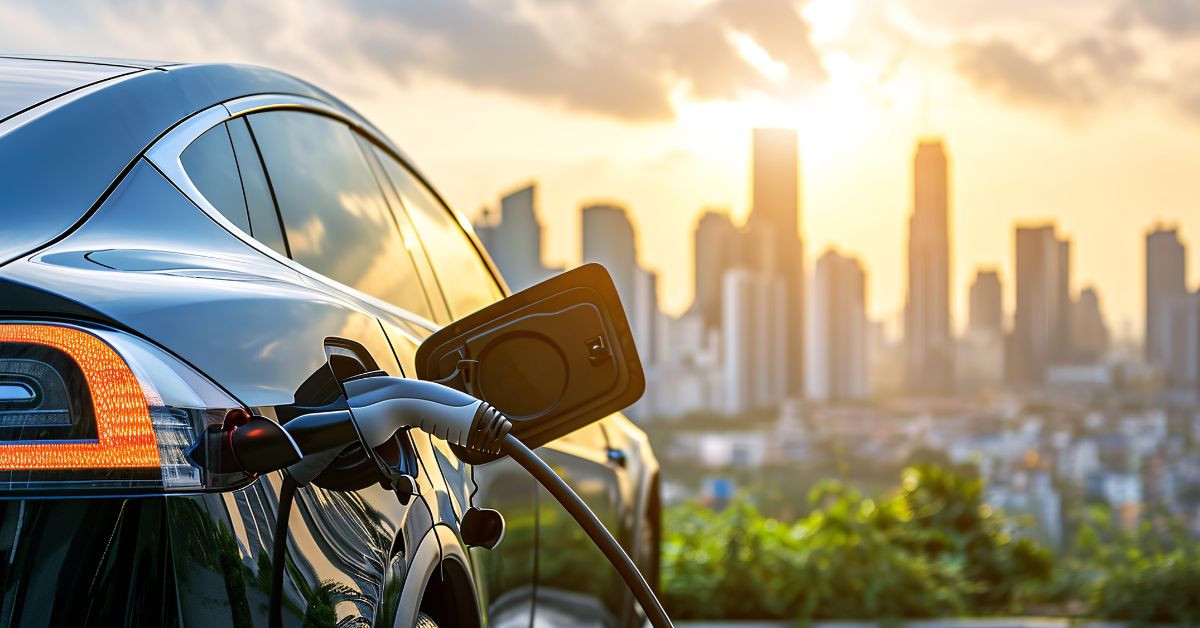
Product Review
February 17, 2024
Dangerous Disconnect: Tesla Home Charging Problem Analyzed And Corrected
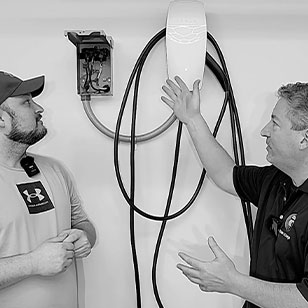
EV Charging
February 15, 2024
Electrification of Transportation and the Total Cost of Ownership (TCO): A Fleet Perspective
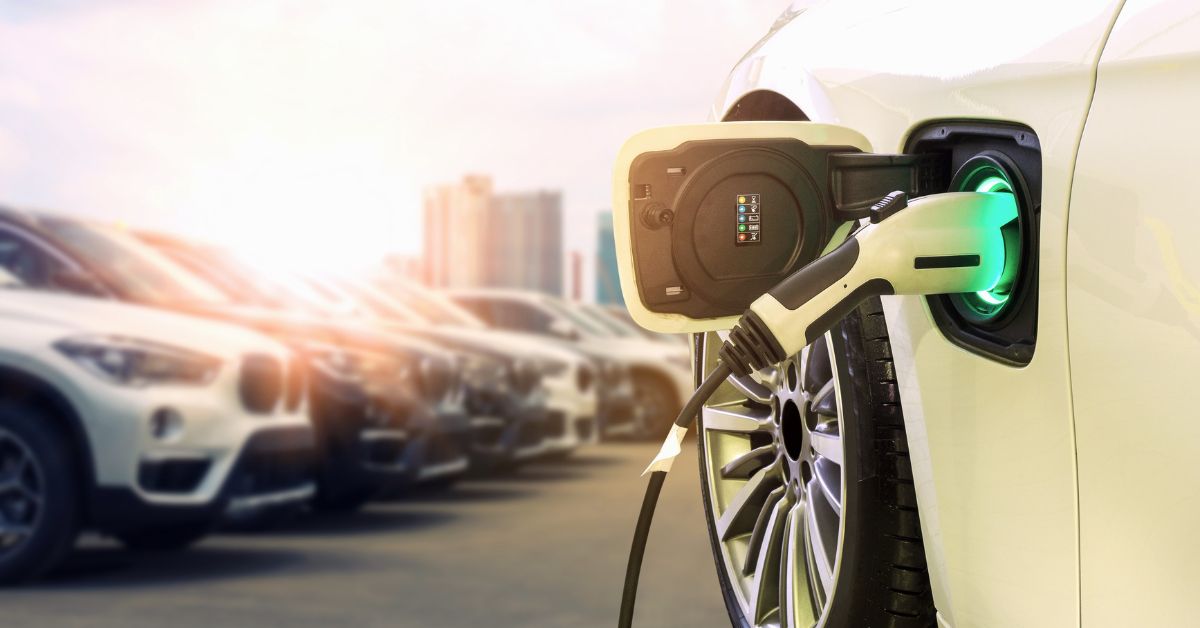
Product Review
February 13, 2024
Lucid Gravity Feature Overview Featuring Key Members Of The Lucid Team
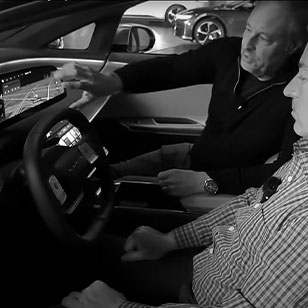
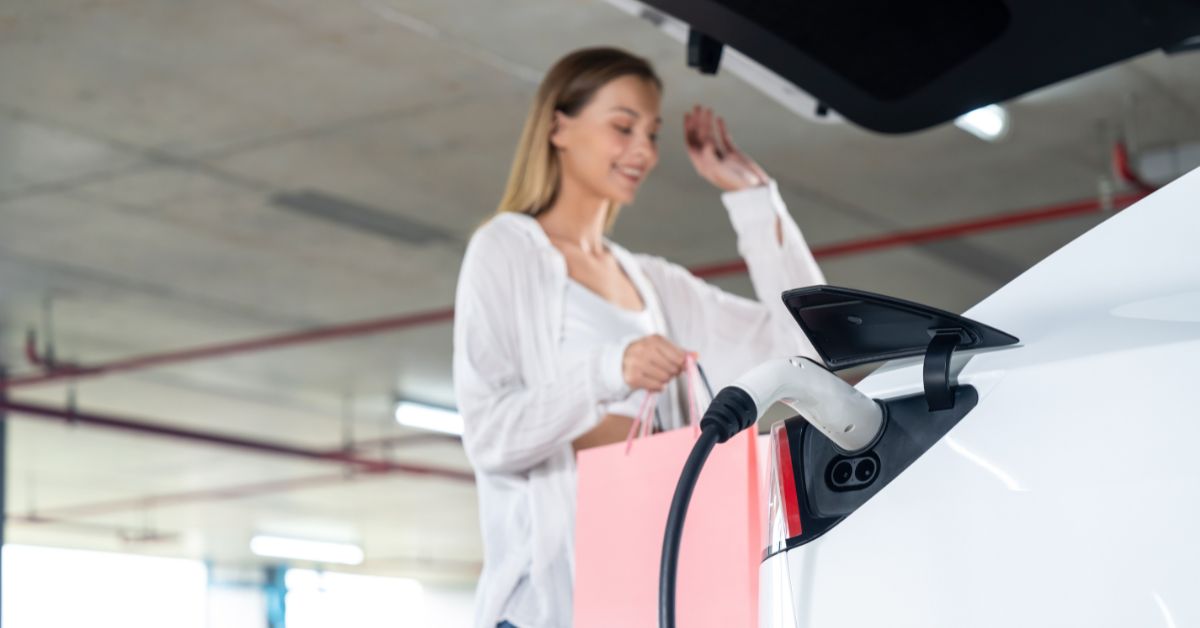
EV Charging
February 8, 2024
Key Electric Car Statistics and Charging Trends You Should Know in 2024

EV Charging
February 7, 2024
Charging at Home: Can Your Home Handle a Fast EV Charging Station Upgrade?
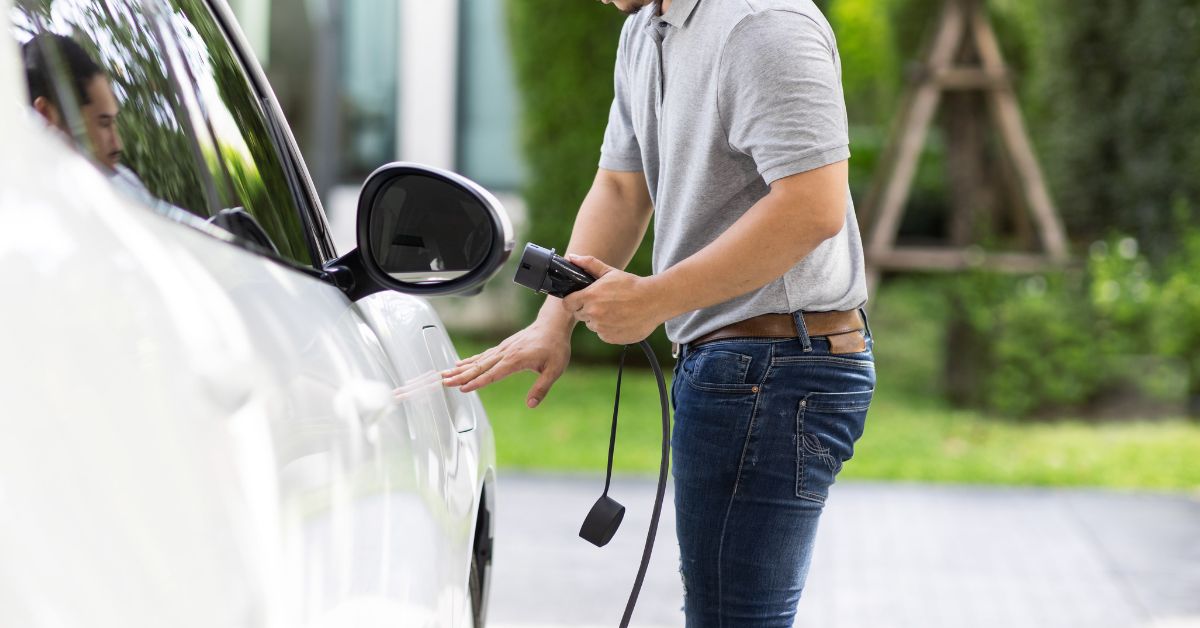
Product Review
February 2, 2024
The Tesla NACS (J3400) To CCS1 Adapter From A2Z EV Is Here, And I Speak With The CEO About It
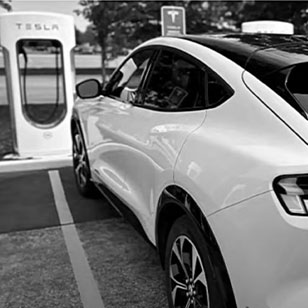
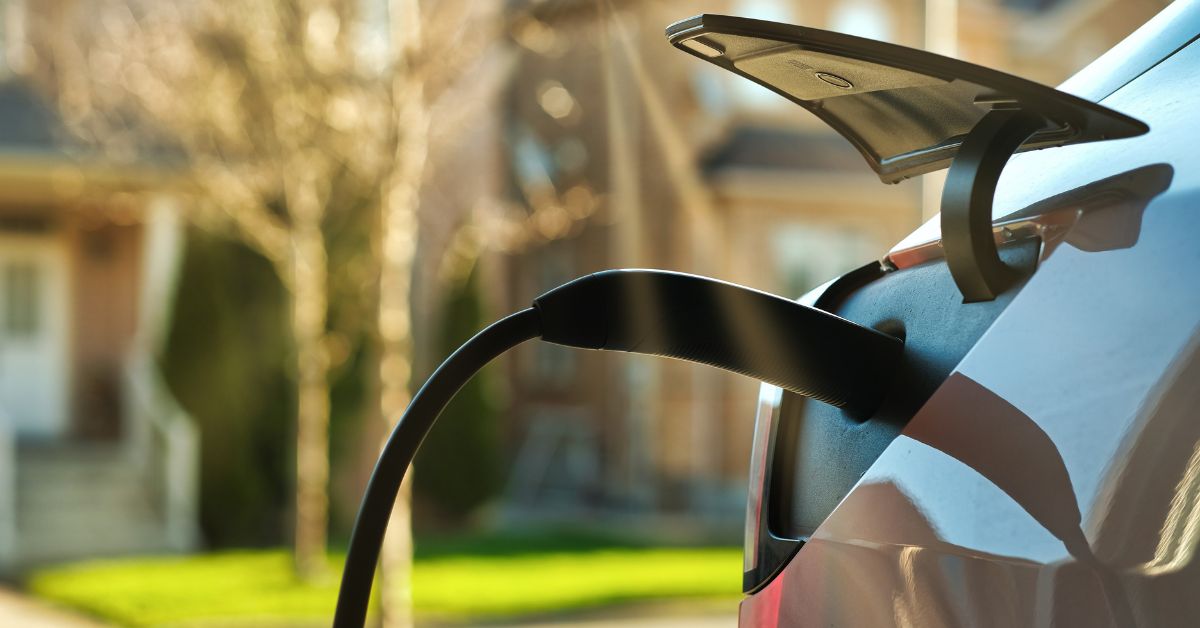
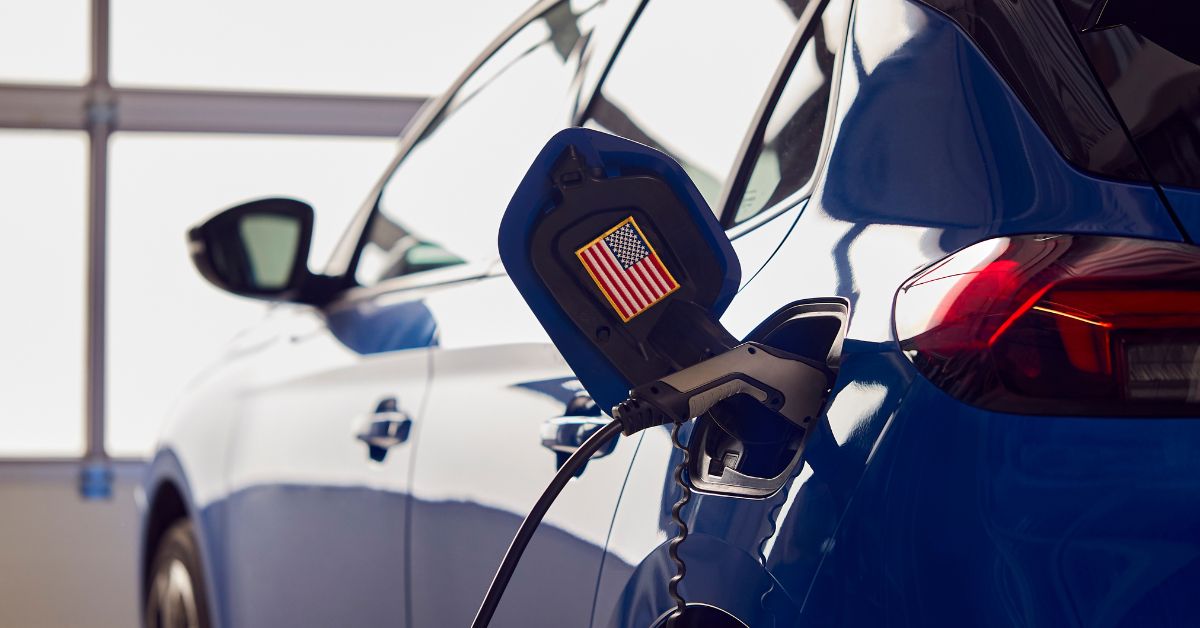

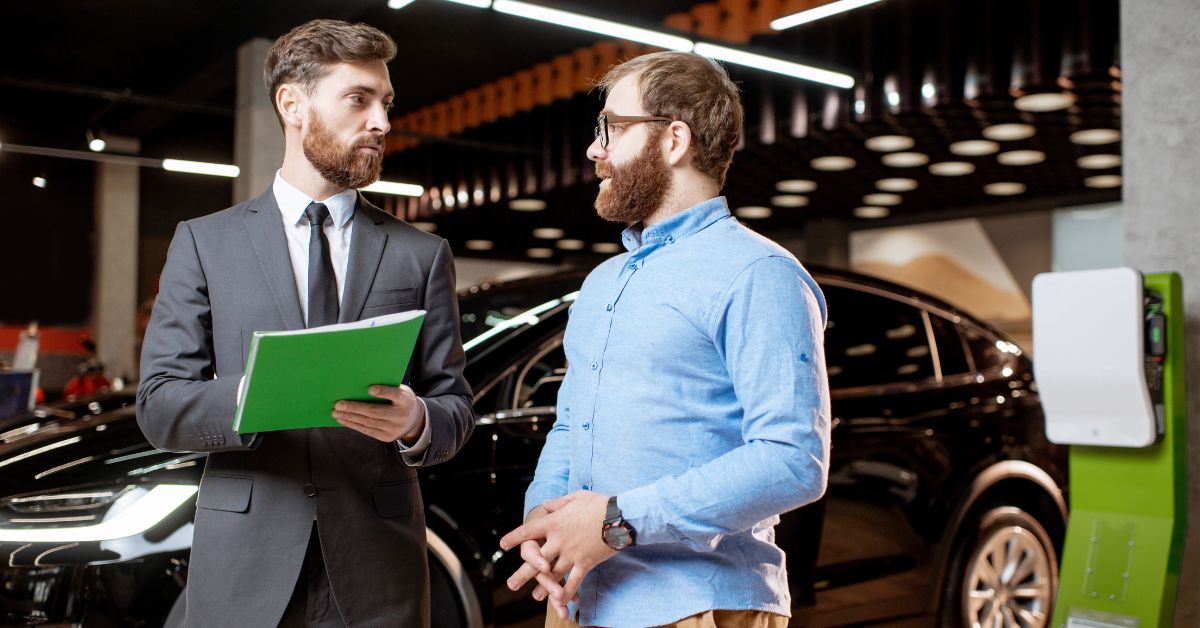

EV Charging
January 25, 2024
The Commercial EV Charging Station Maintenance Guide for Electrical Contractors
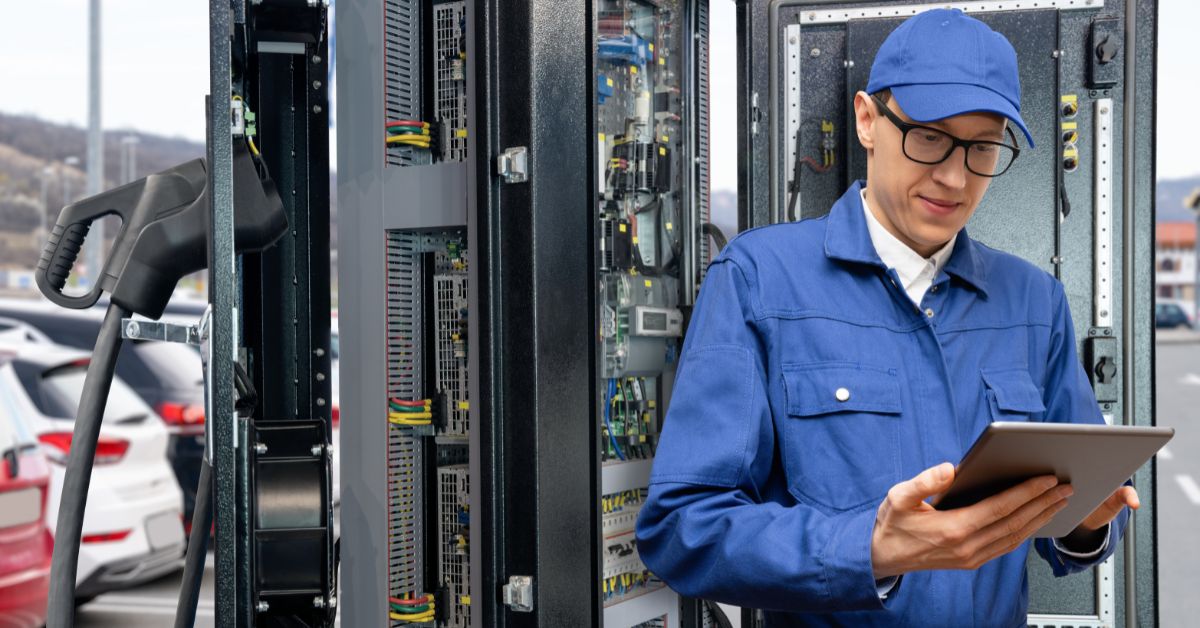
EV Charging
January 24, 2024
EV Maintenance Strategies and Solutions for Successful Fleet Electrification
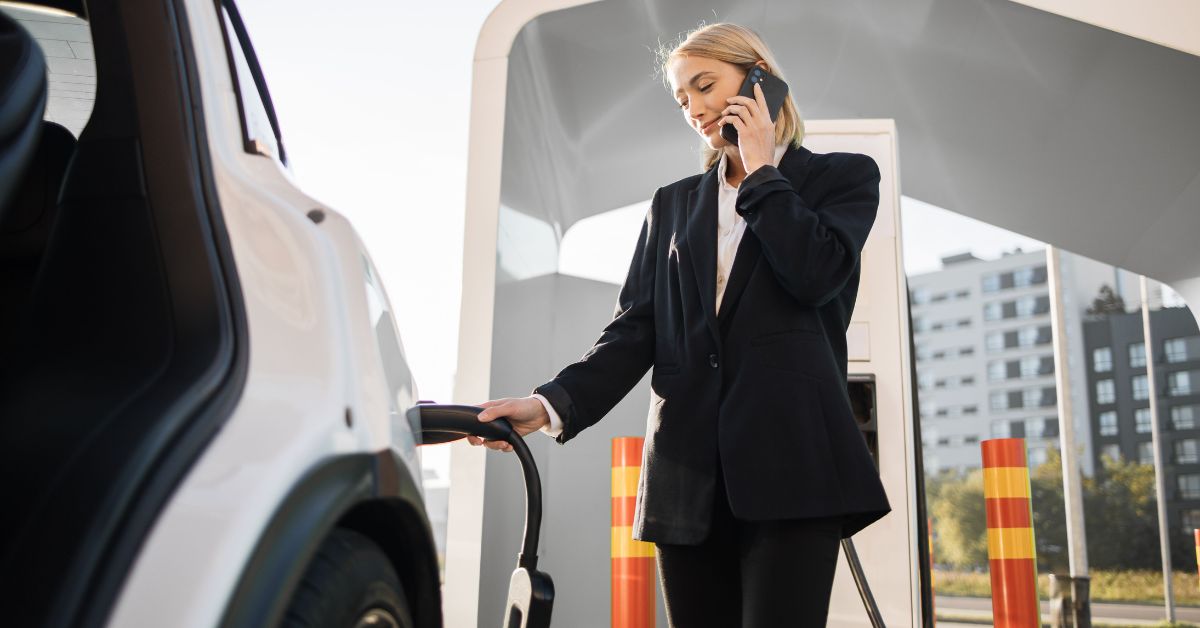
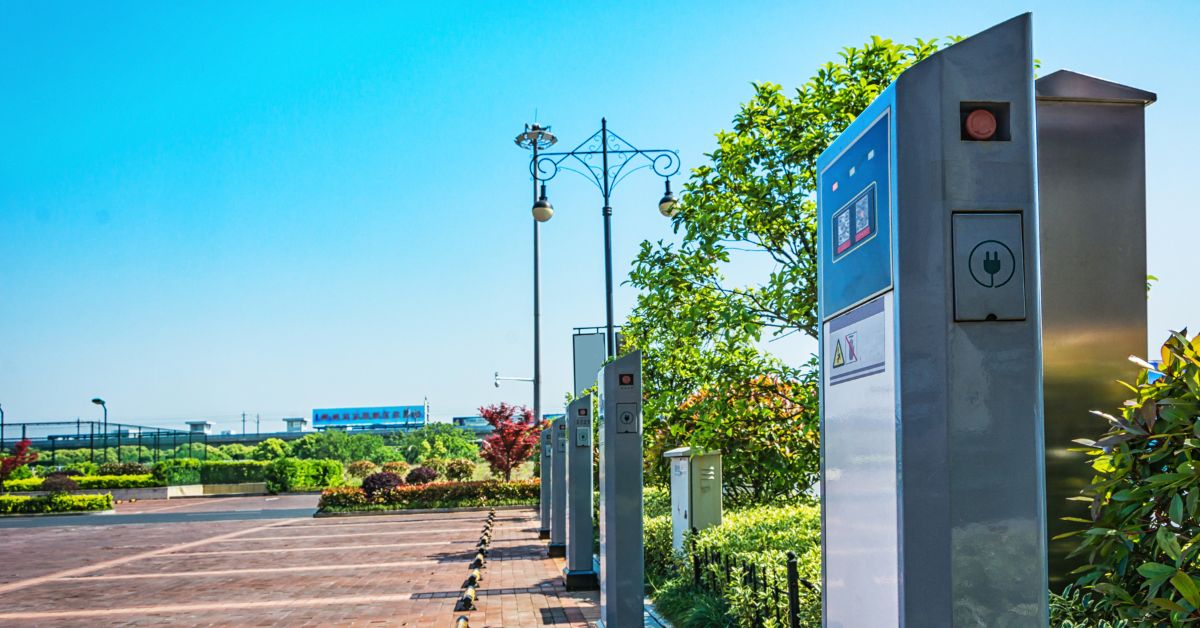
Product Review
January 22, 2024
Follow These Electric Vehicle Cold Weather Tips From Ford And You’ll Be Fine

EV Charging
January 18, 2024
Understanding and Overcoming the Gender Gap in Electric Vehicle Adoption: What’s Behind the Divide?

EV Charging
January 17, 2024
The Top Emerging Building Electrification Trends for Electrical Contractors



EV Charging
January 10, 2024
How to Capitalize on Your Expertise as an Electrical Contractor in Fleet EV Charger Installation

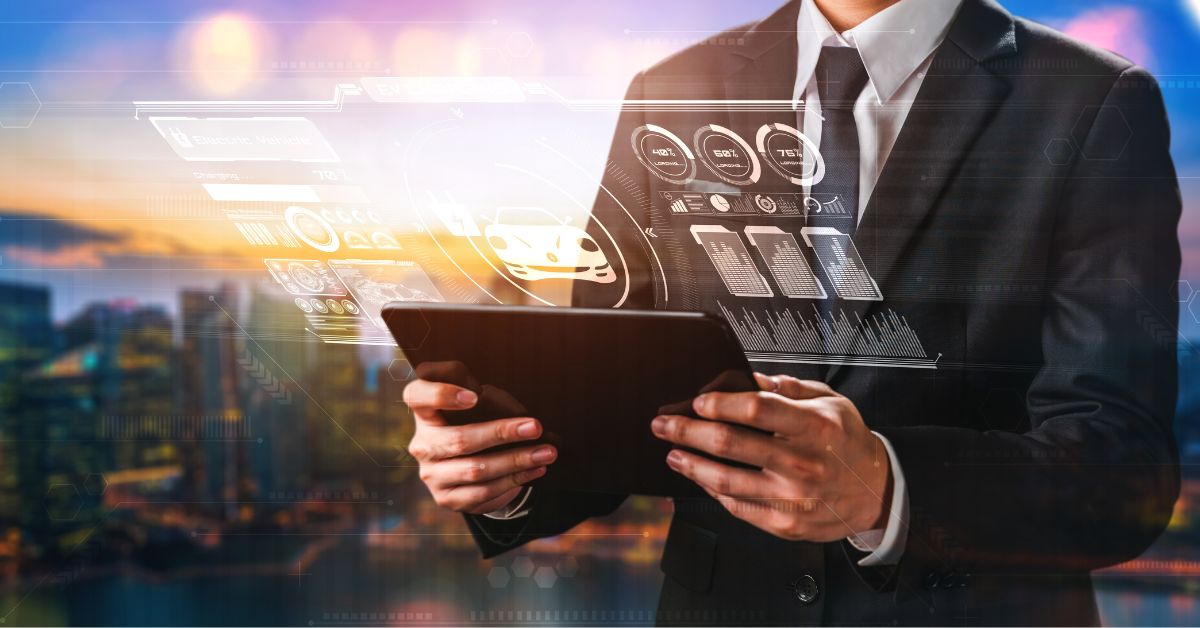
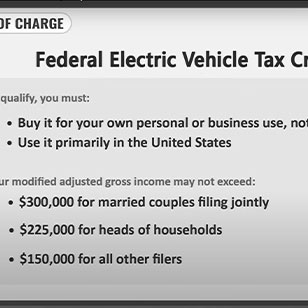
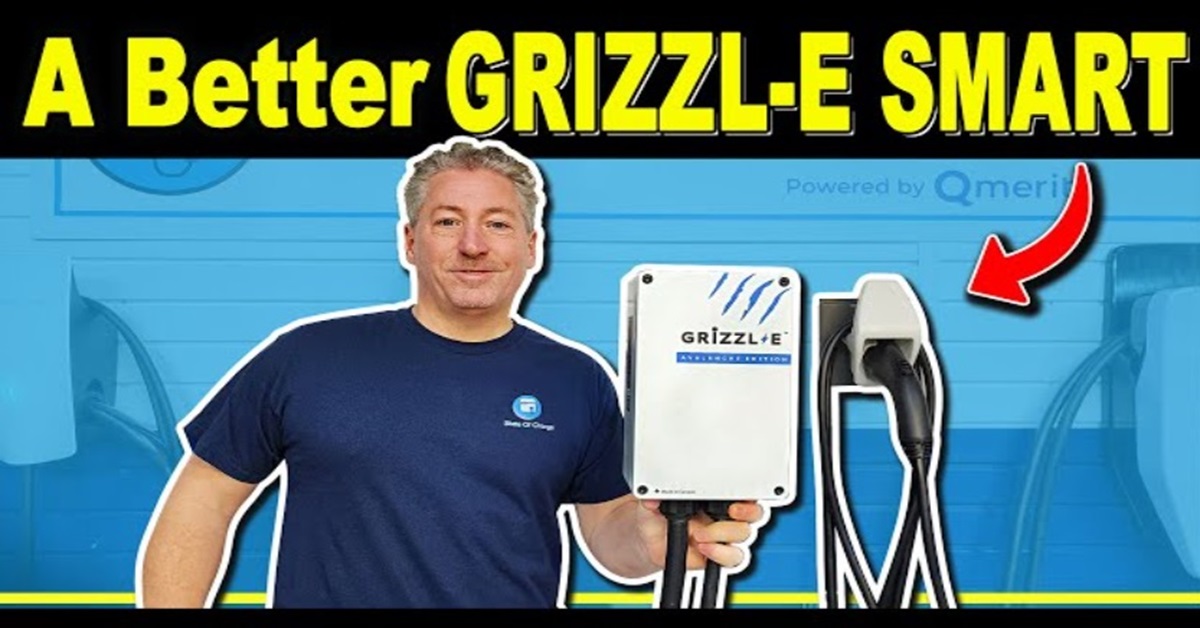
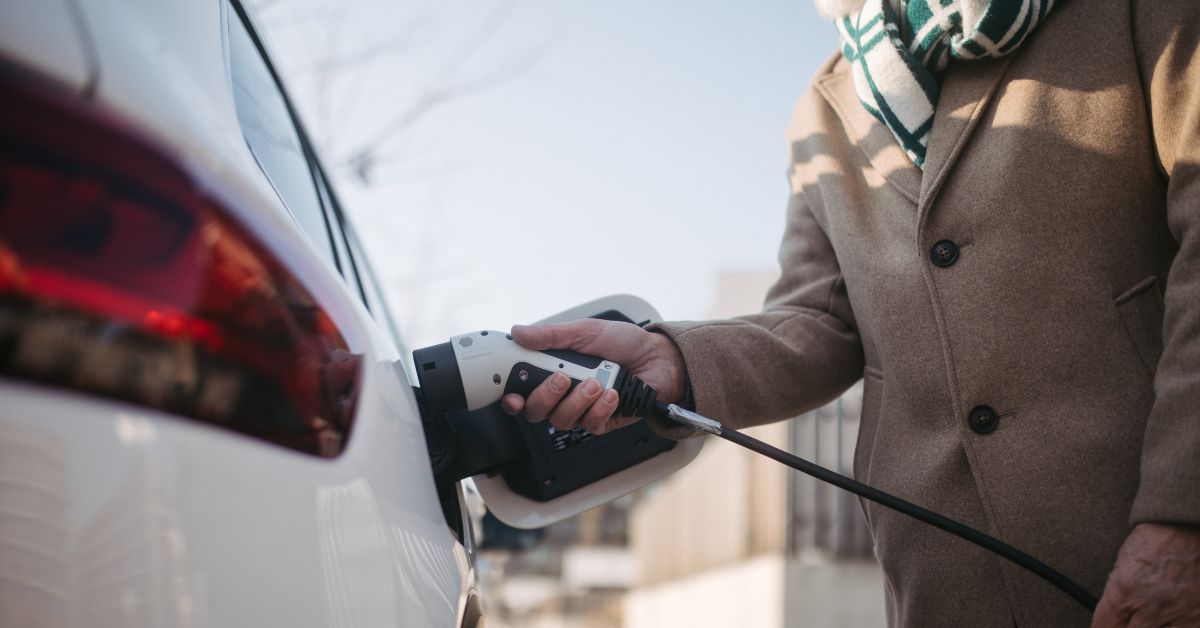
EV Charging
January 3, 2024
How to Set Apart Your Commercial Electrical Contractor Business in Today’s Energy Landscape
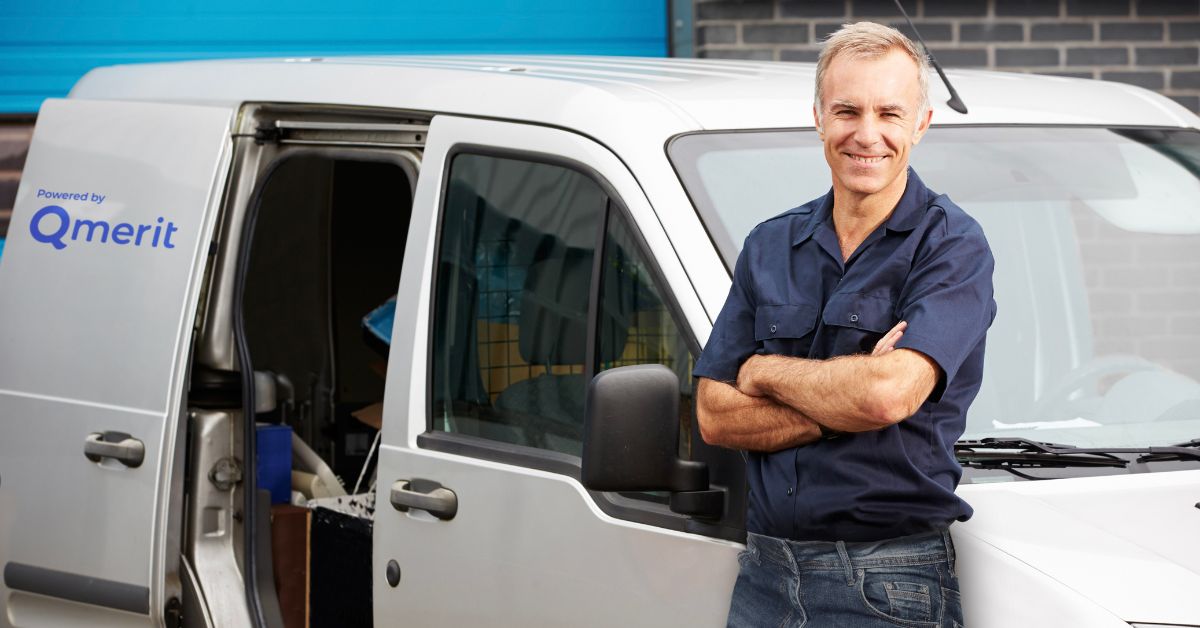
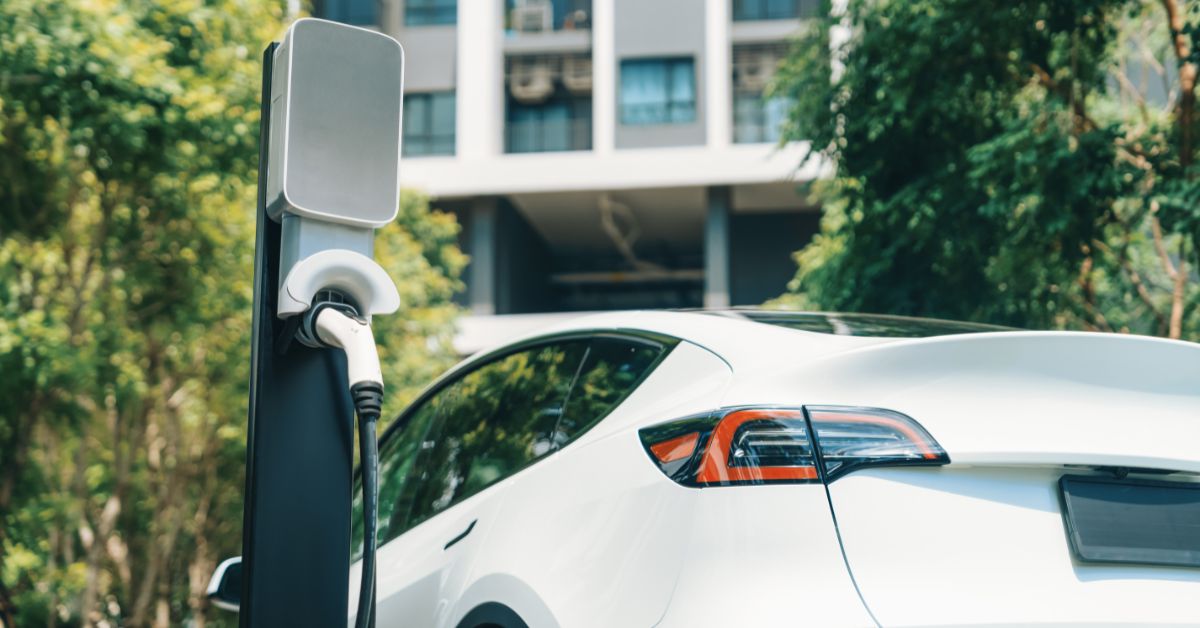
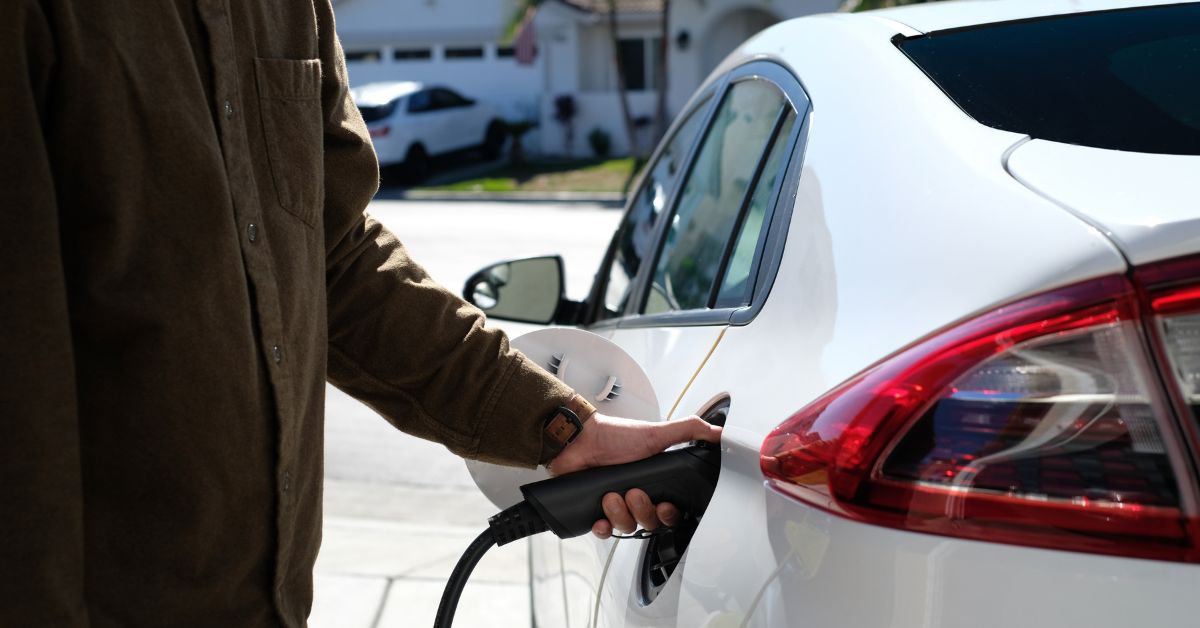
EV Charging
December 26, 2023
Decoding California’s Electric Vehicle Charging Requirements: A Comprehensive Guide for Utilities
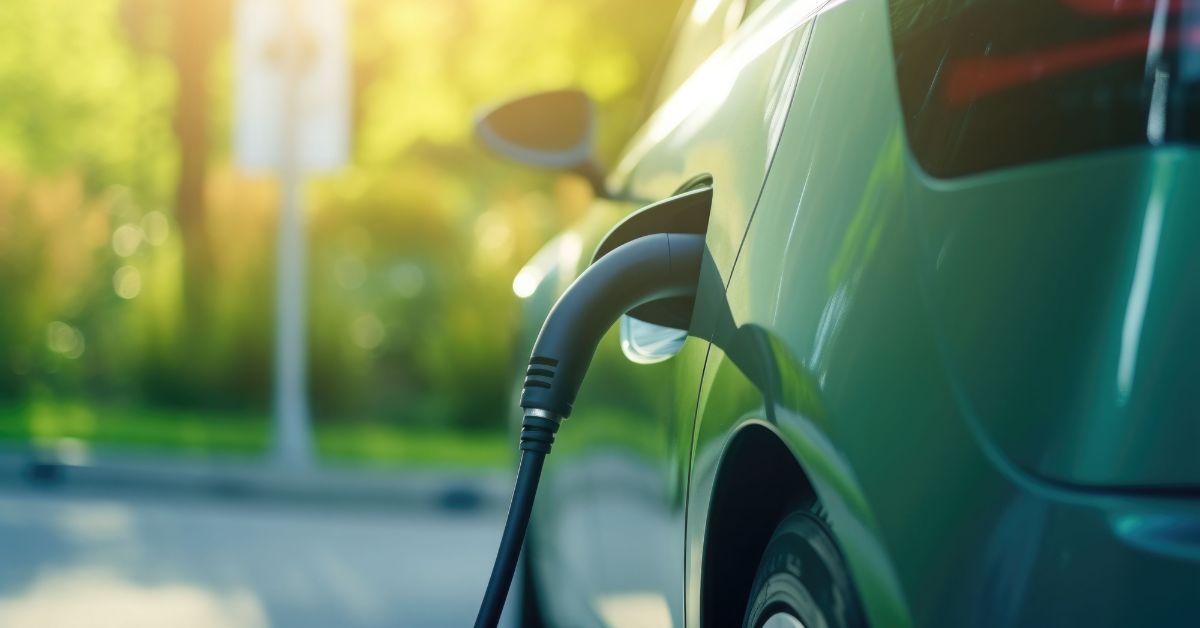
EV Charging
December 22, 2023
Boosting Your Sustainability: Methods and Tools for Tracking Your EV Energy Consumption
EV Charging
December 21, 2023
A Fleet Manager’s Guide to Navigating the Complex Landscape of Electric Vehicle Fleet Management
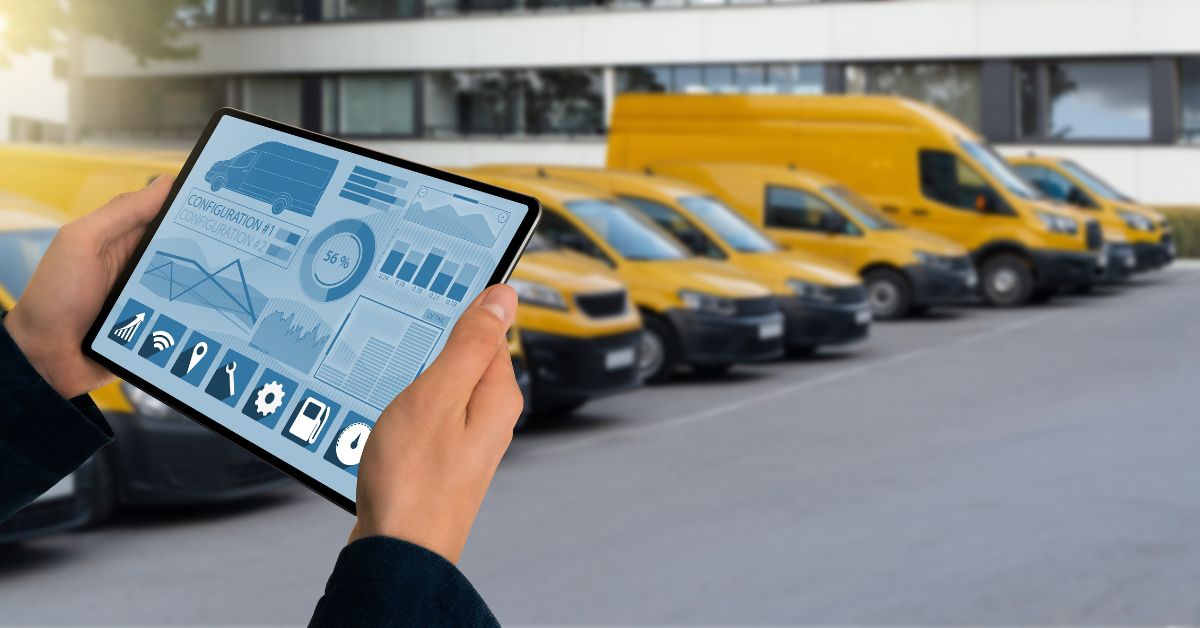
EV Charging
December 20, 2023
Exploring the Impact of Utilities – Are Electric Fleet Vehicles the Key to Reducing Emissions?
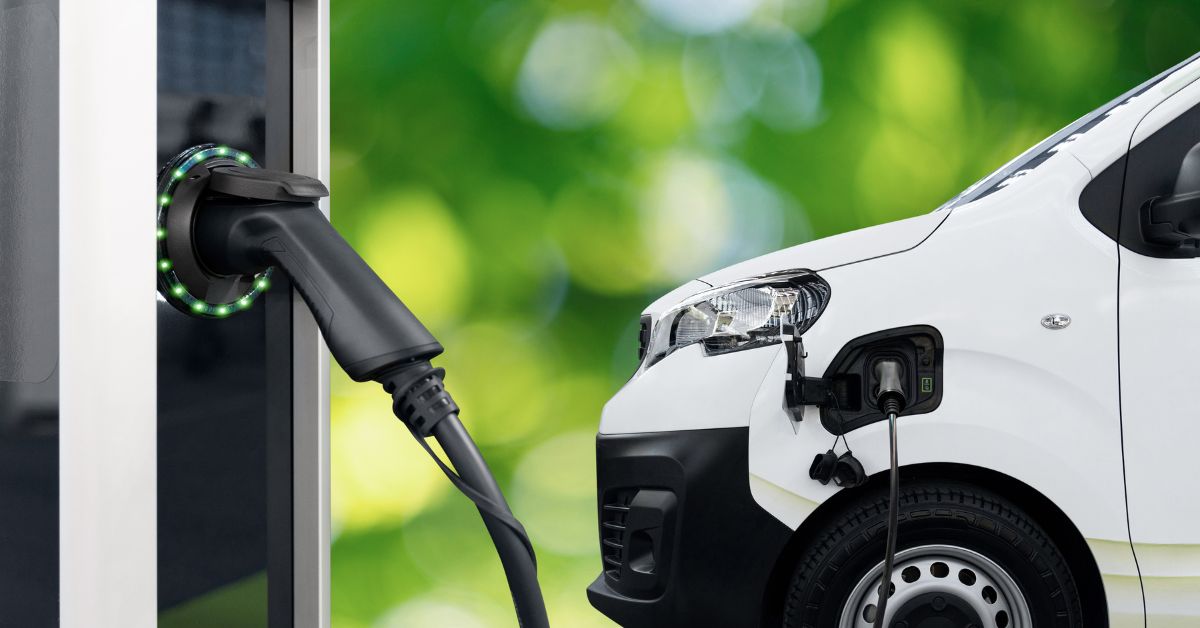
EV Charging
December 19, 2023
How Electric Vehicle Fleet Charging Infrastructure is Driving Sustainability Forward
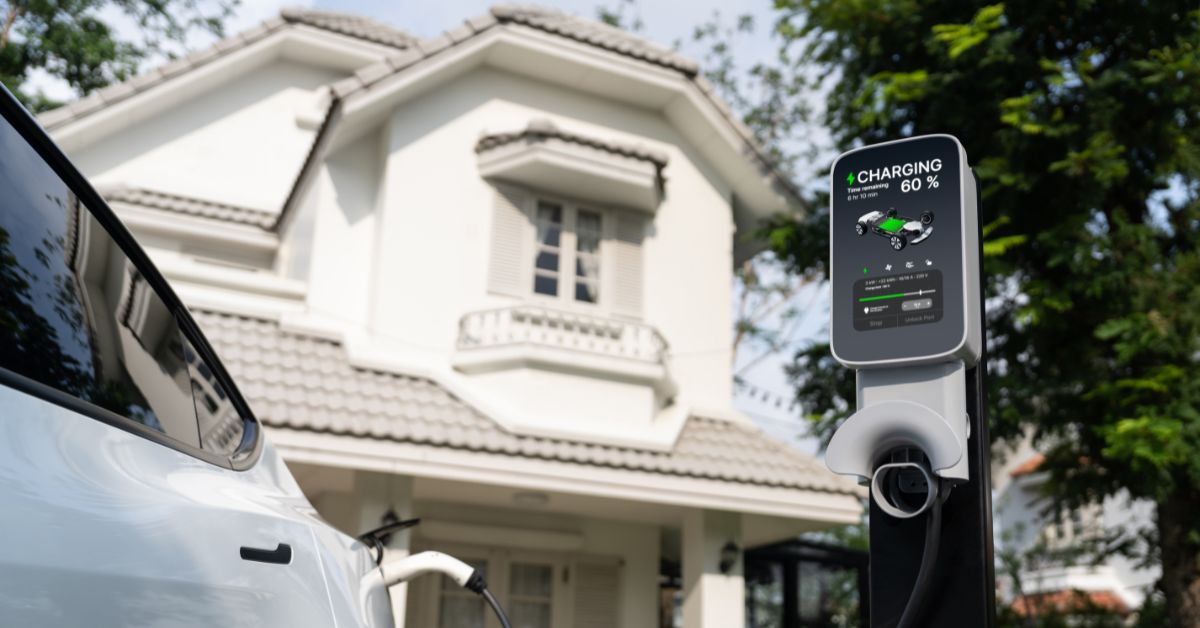
EV Charging
December 15, 2023
Your Guide to Implementing a Commercial Electric Vehicle Charging Station
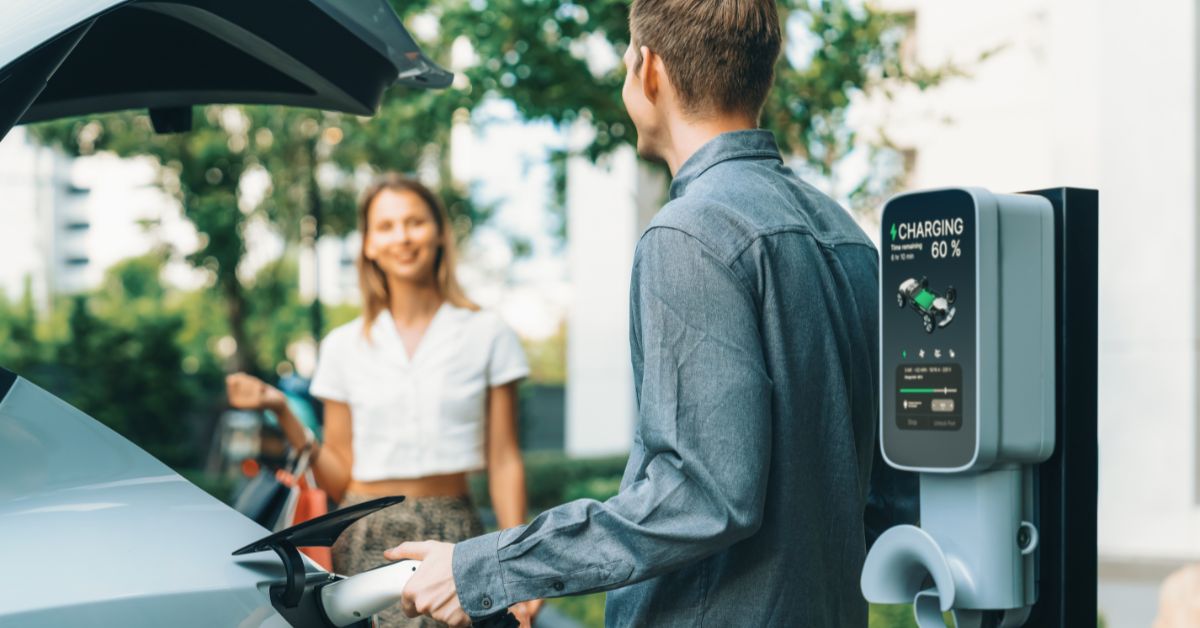
EV Charging
December 14, 2023
The Economic and Environmental Benefits of Adopting a Fleet of Electric Vehicles

EV Charging
December 13, 2023
Ready To Charge Up Your Business? Exploring the Potential of EV Charging Opportunities for Electrical Contractors

EV Charging
December 12, 2023
Empowering Commutes: Navigating the Future of Workplace EV Charging with Utilities and Collaborative Solutions
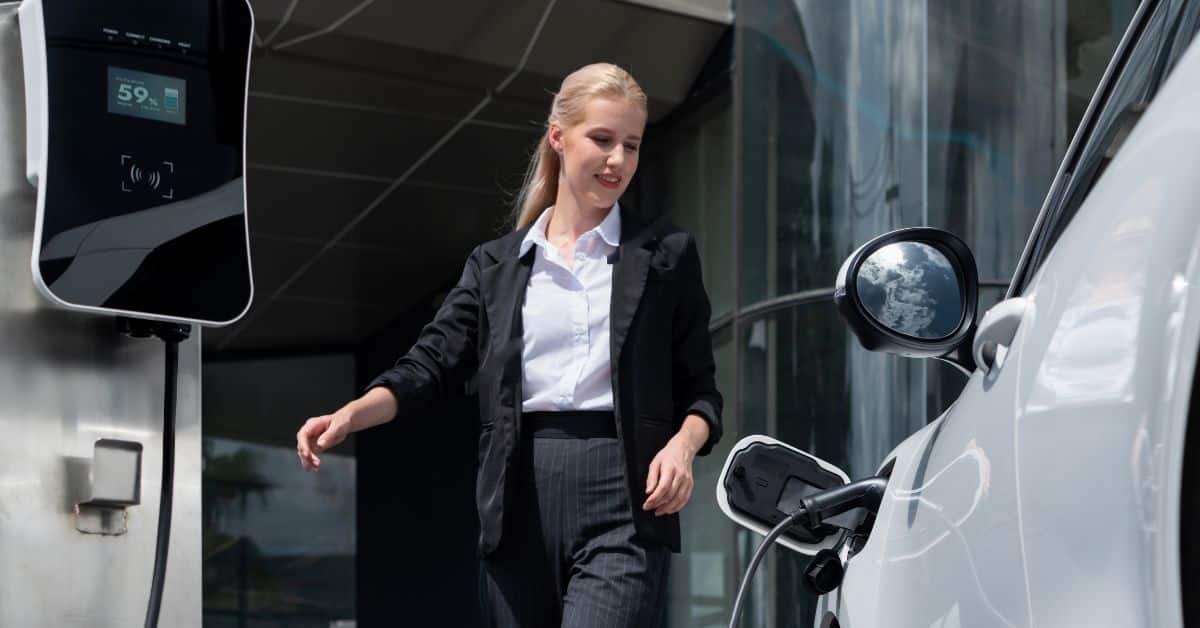
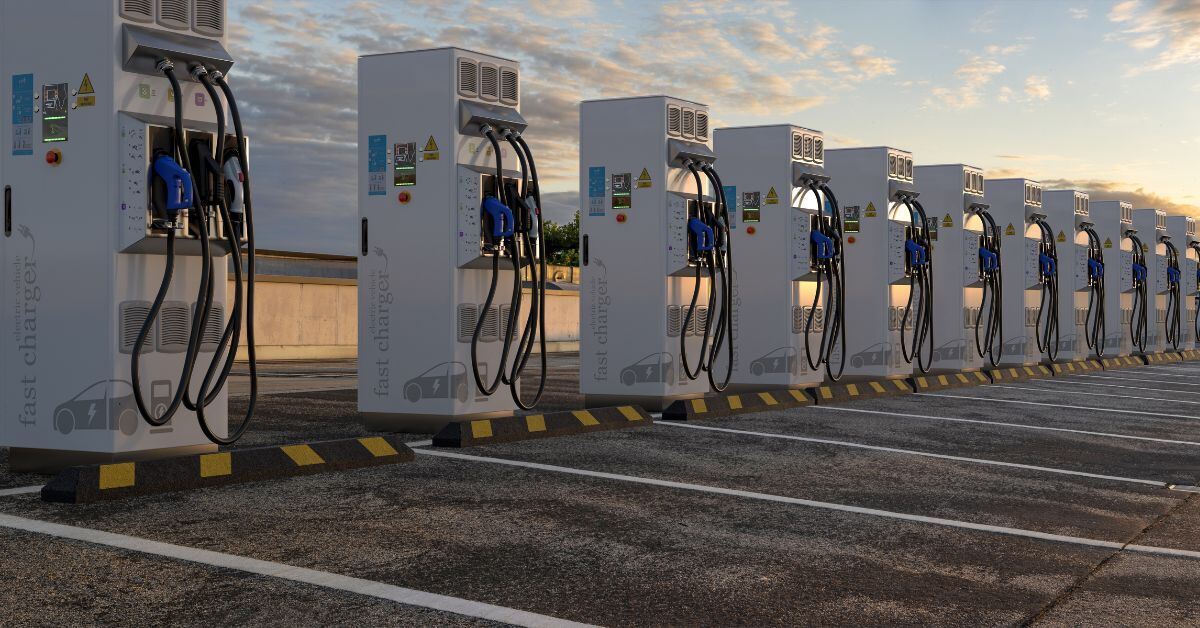
EV Charging
December 6, 2023
Empowering Sustainable Fleets: Utilities’ Role in Accelerating Electric Vehicle Fleet Conversion
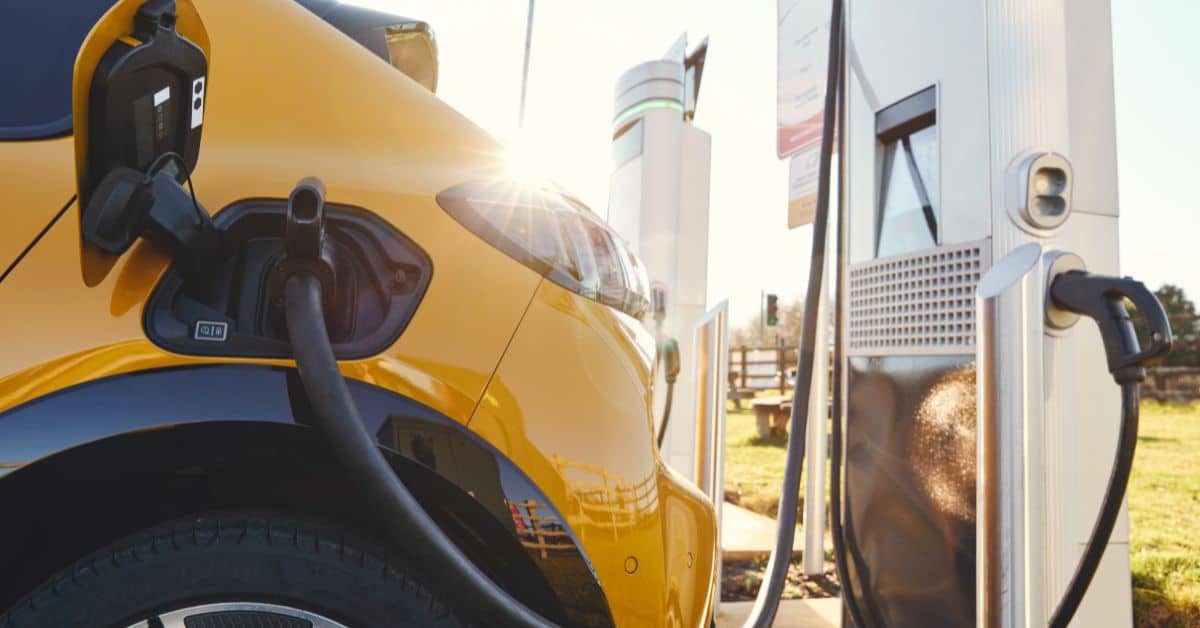
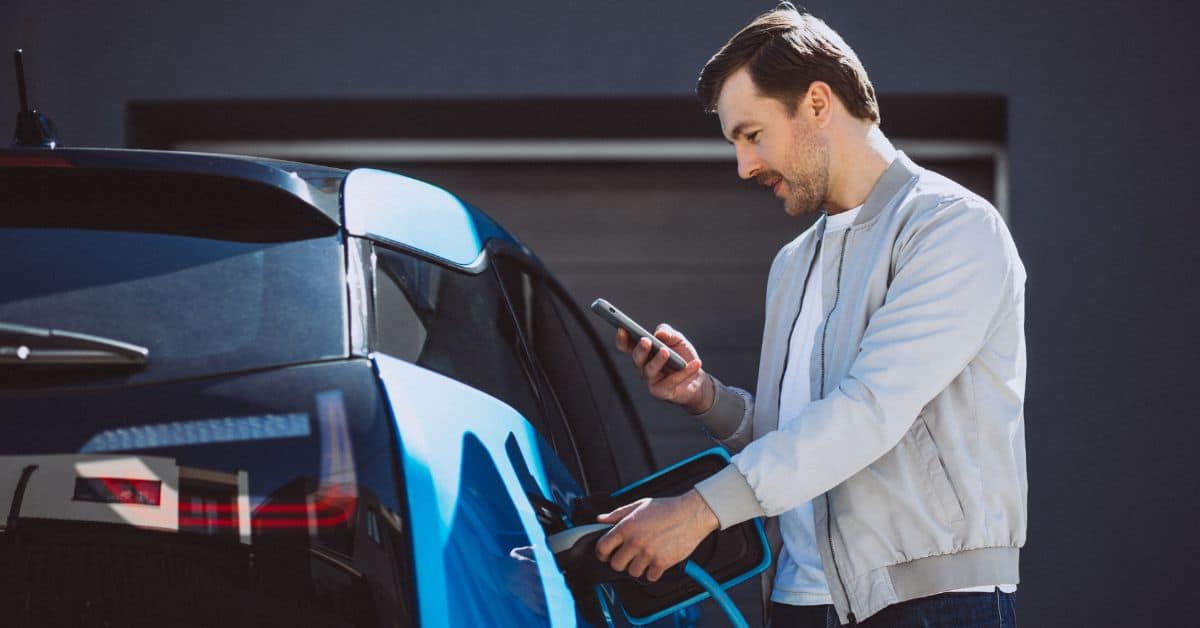
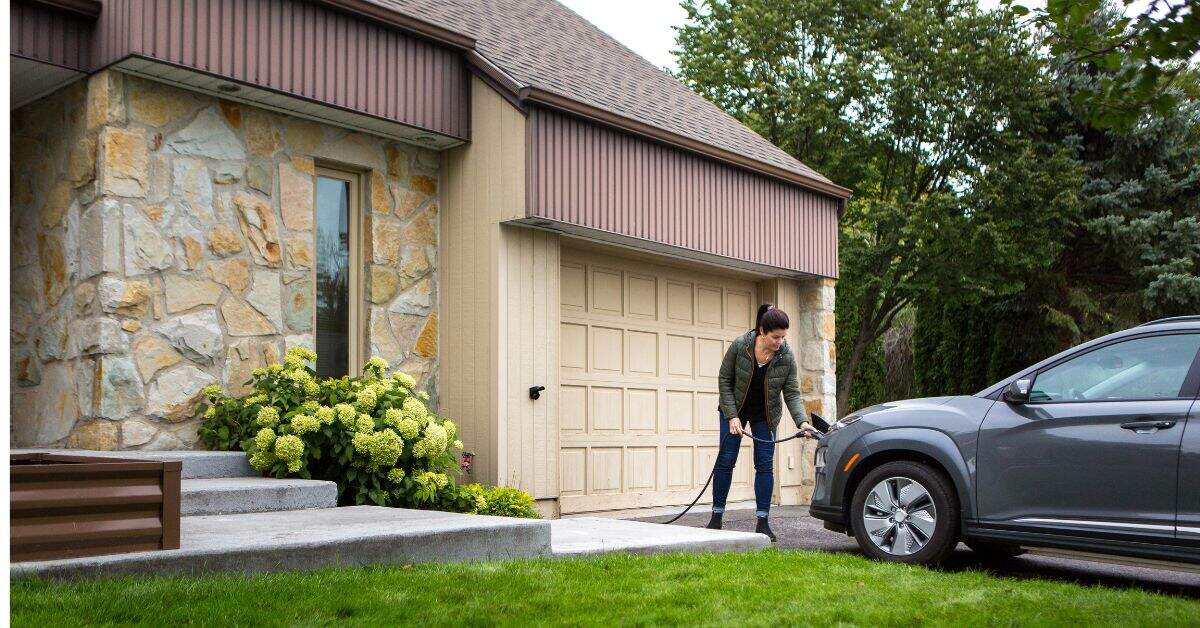
EV Charging
November 30, 2023
How Can an Electric Vehicle Fleet Management System Benefit Your Business?
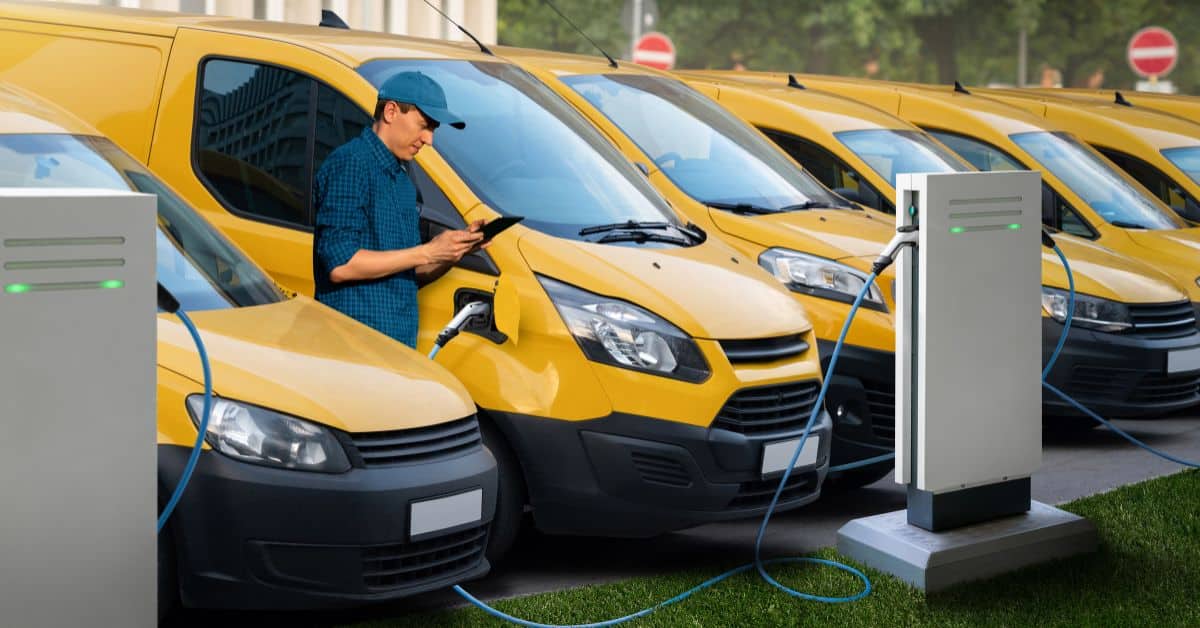
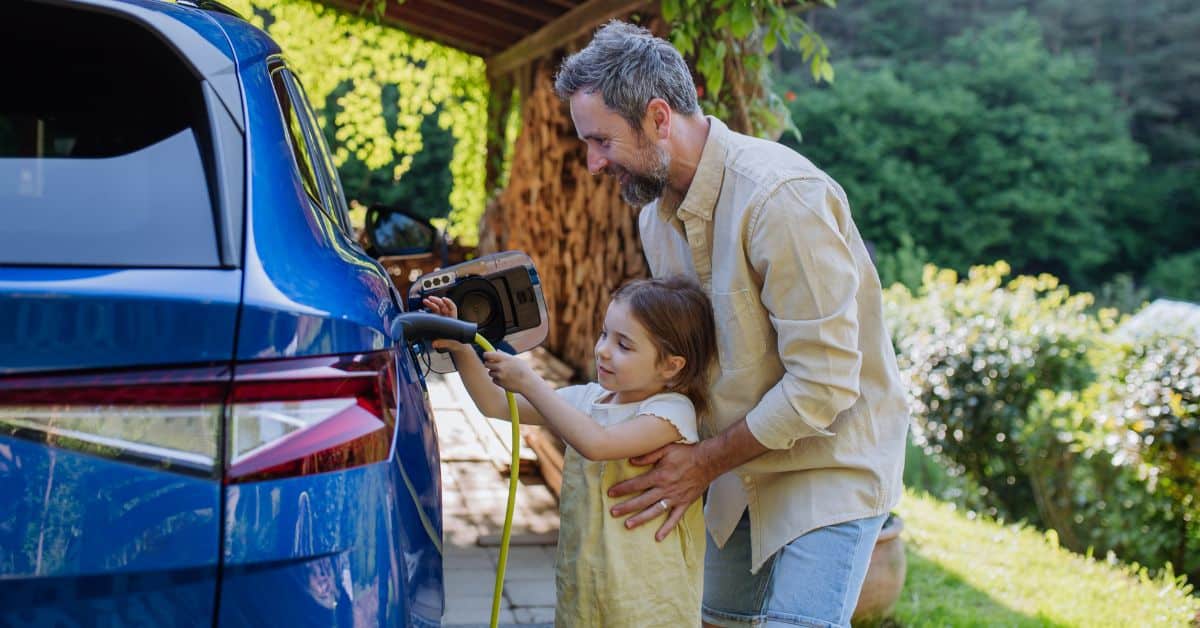
EV Charging
November 28, 2023
Driving Environmental Initiatives: The Role of Electric Vehicle Fleets in Corporate Sustainability
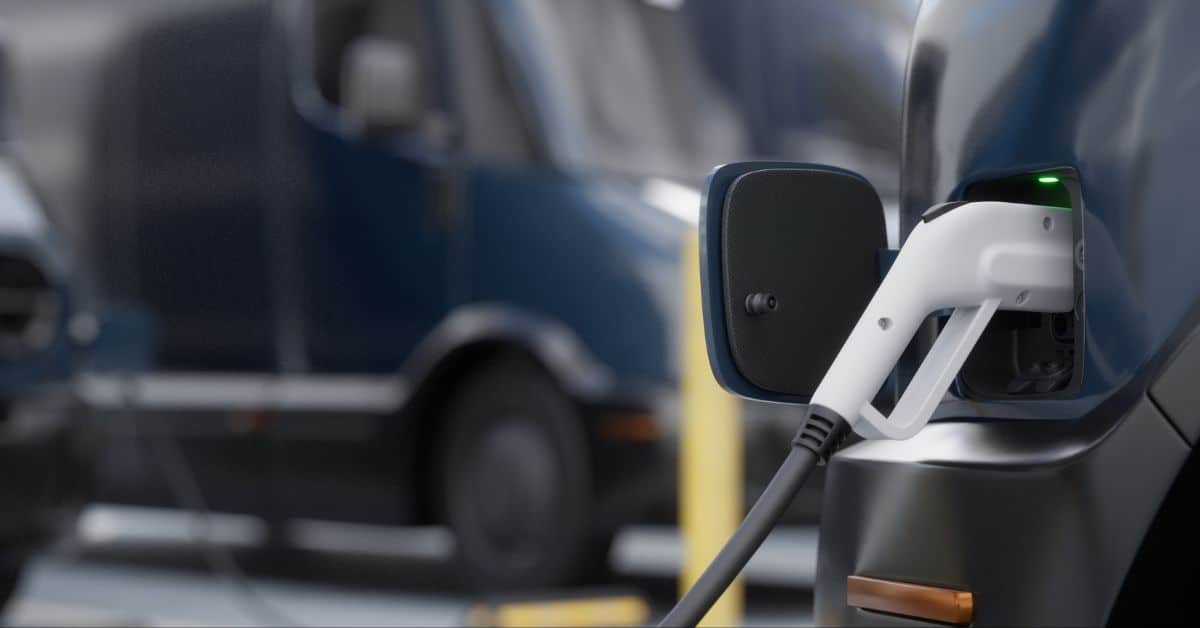
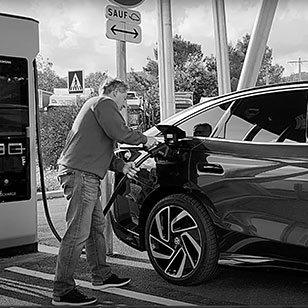
EV Charging
November 22, 2023
The Tipping Point in EV Charging Standards: What Consumers Need to Know
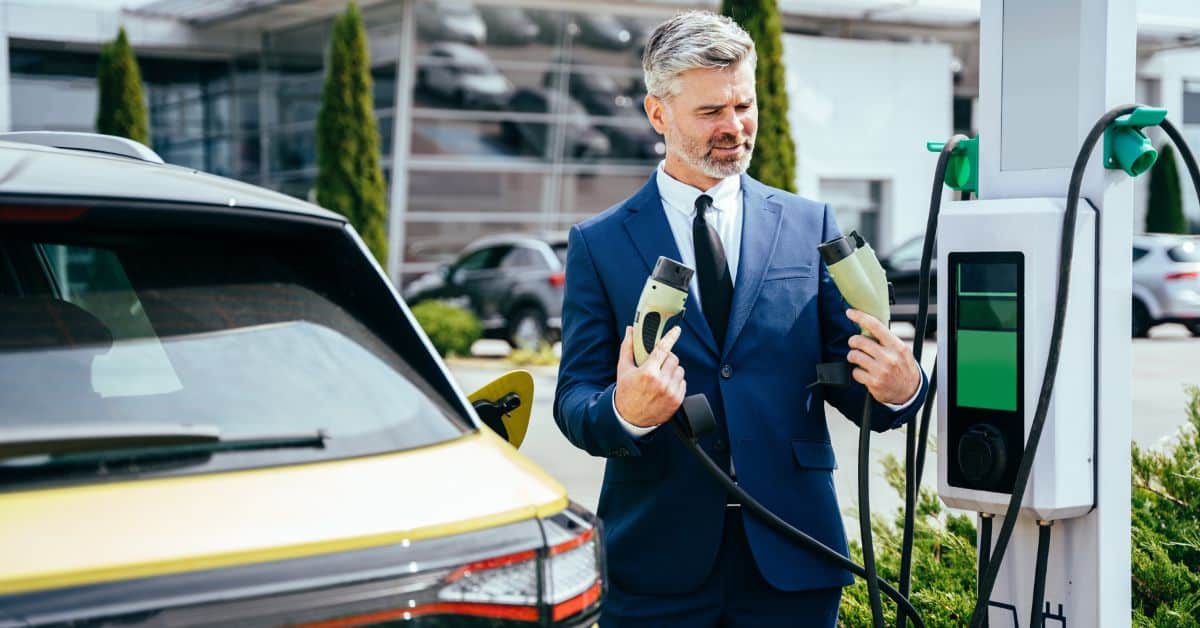
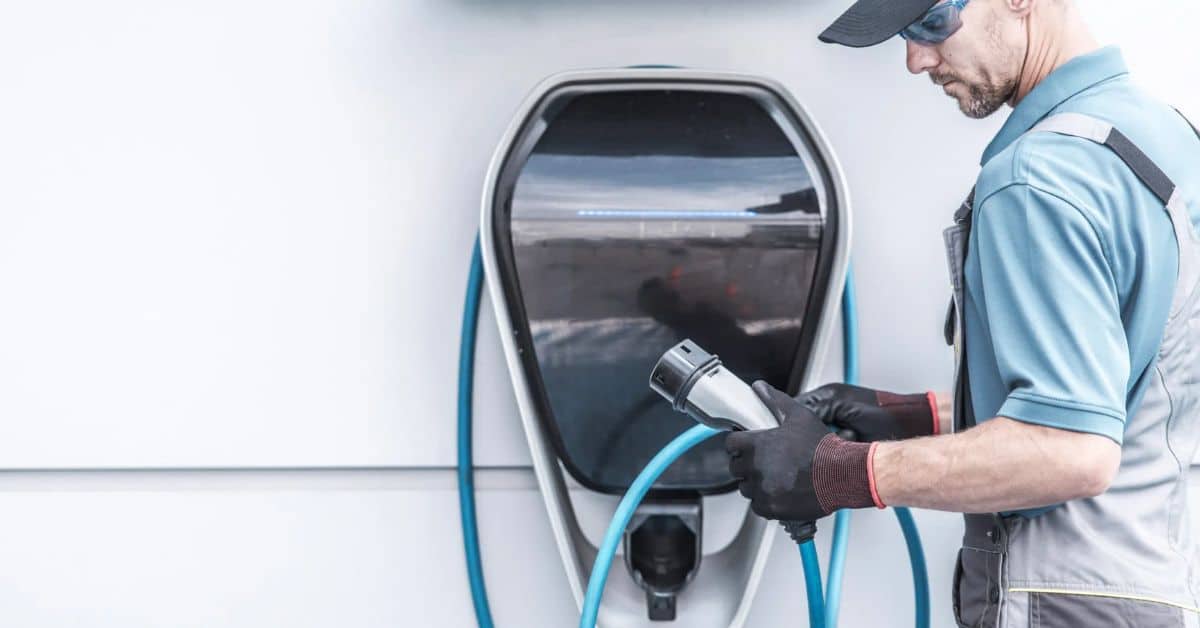
EV Charging
November 20, 2023
Exploring the Advantages of Commercial Electric Vehicle Charging Stations
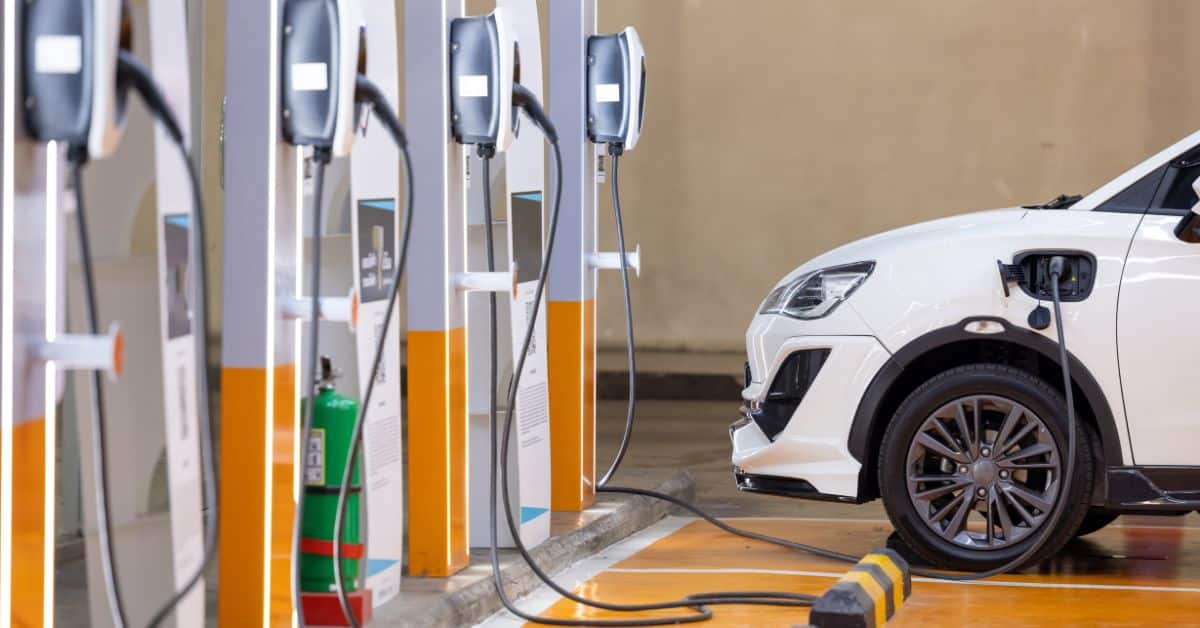
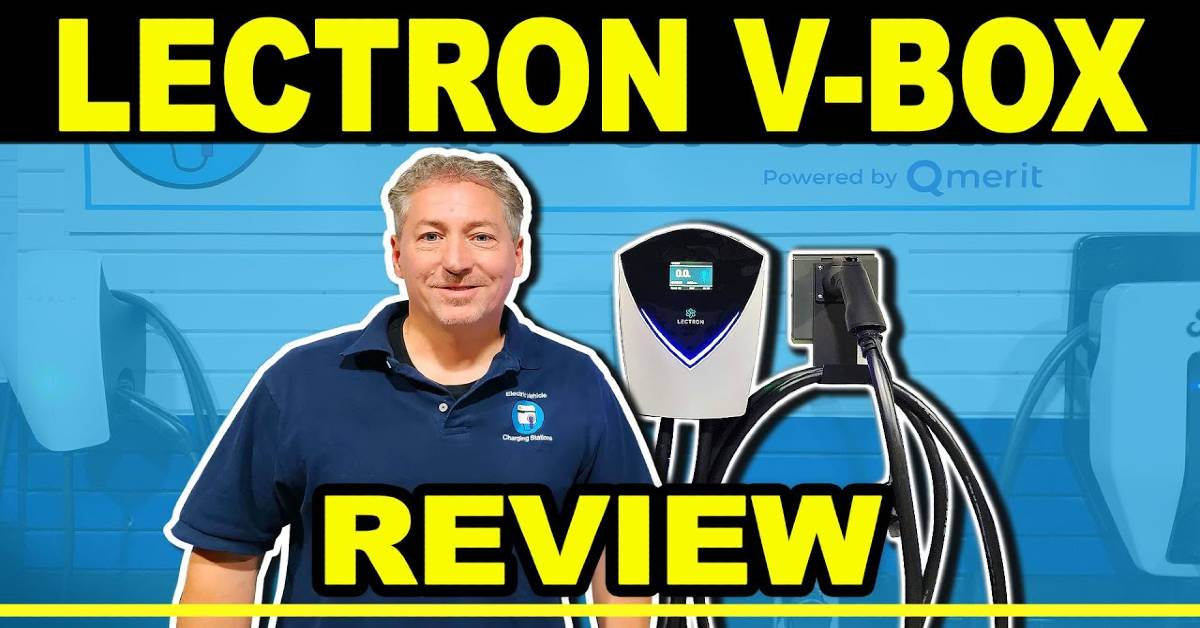
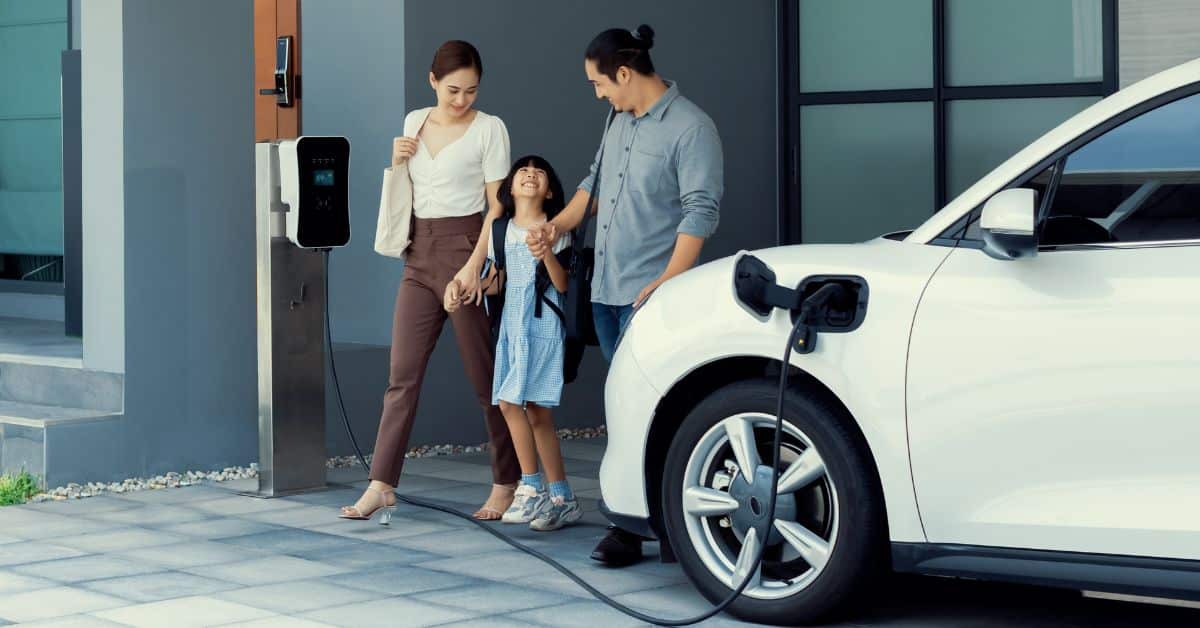

Product Review
November 10, 2023
I’ve Driven My Ford F-150 Lightning 15,000 Miles. Here’s The Good And The Bad.
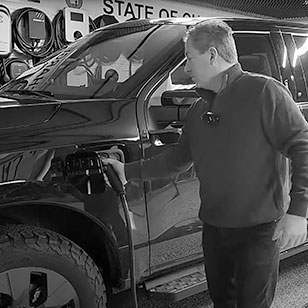
EV Charging
November 9, 2023
Making the Right EV Charging Connection for Your Plug-In Hybrid Car’s Best Performance
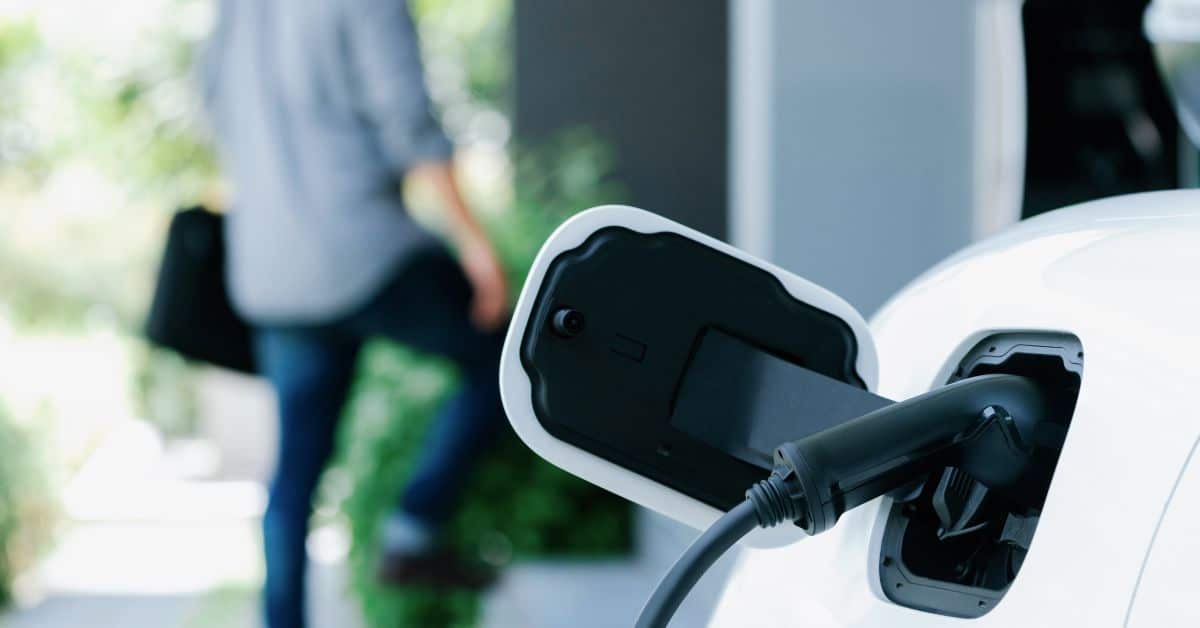



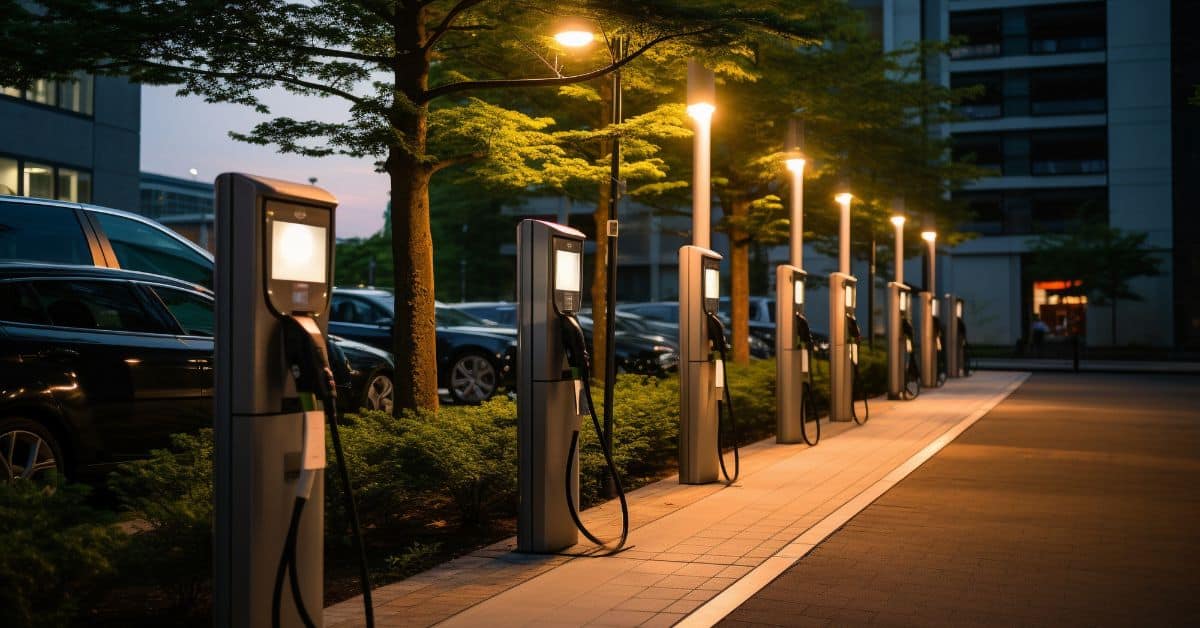
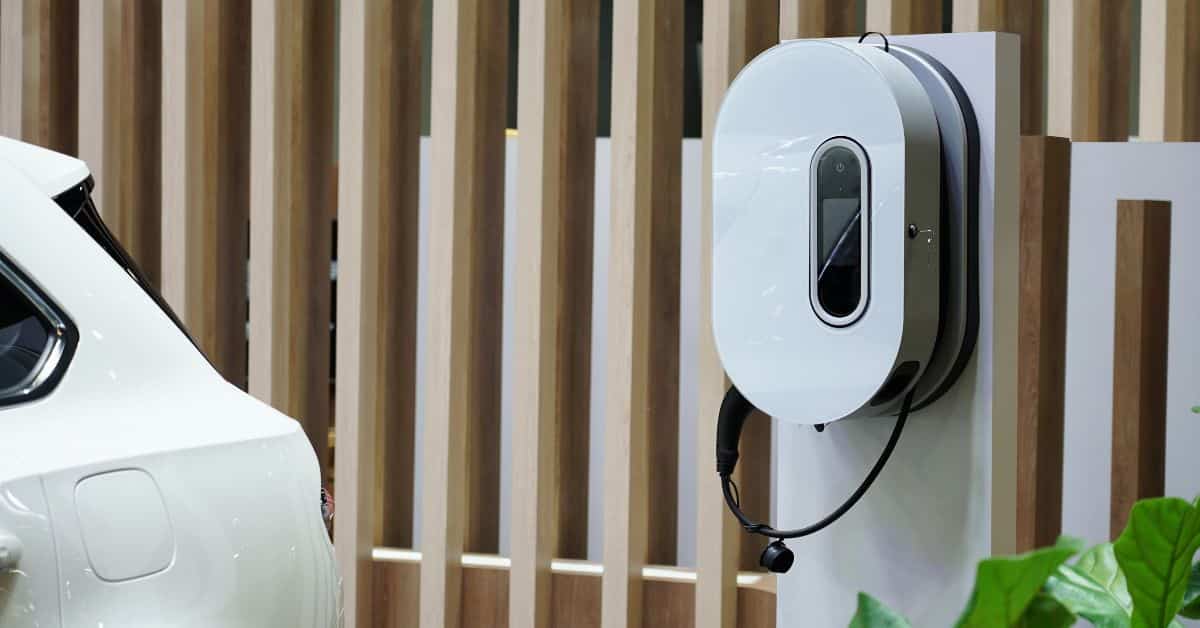
EV Charging
October 31, 2023
How to Know When It’s Time for an Electric Panel Upgrade: Assessing Your Home and EV Charger Installation
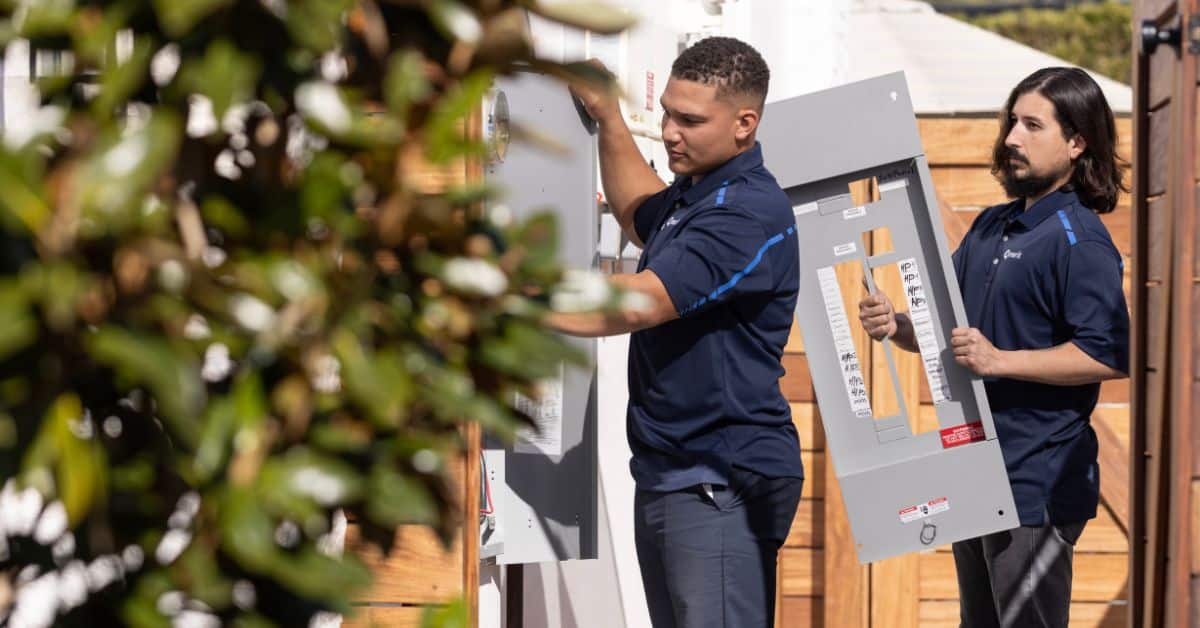

EV Charging
October 27, 2023
Comparing Long-Term Cost Analysis of EV Home Charging vs. Public Charging
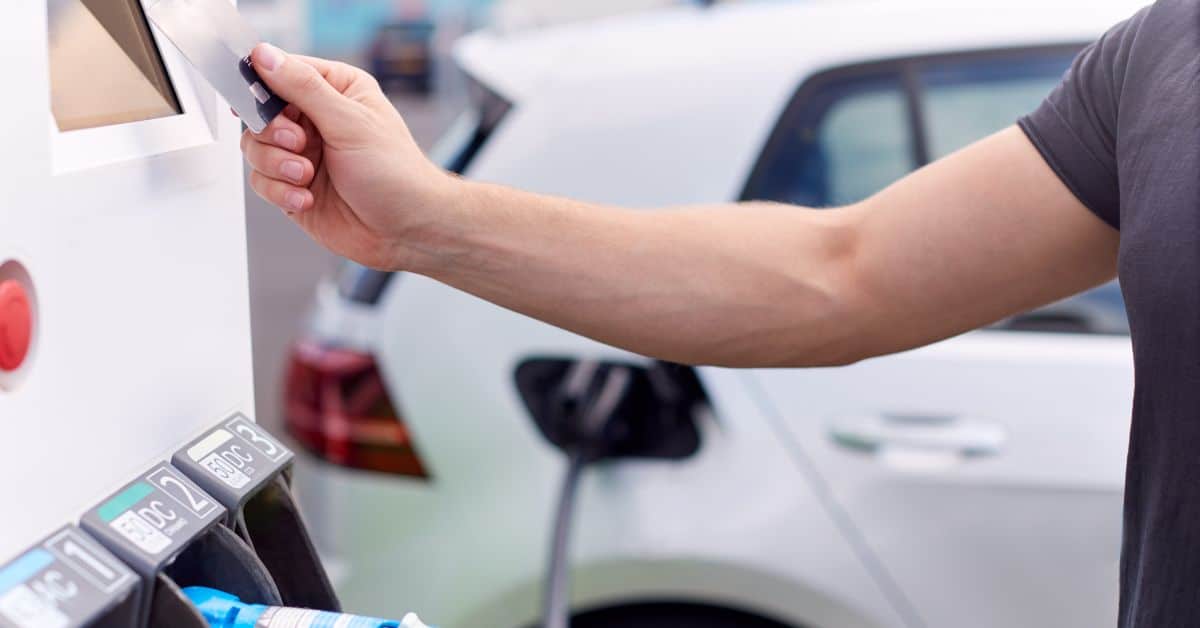
EV Charging
October 26, 2023
The Impact of Certified Electrician-Installed EV Chargers on Home Value
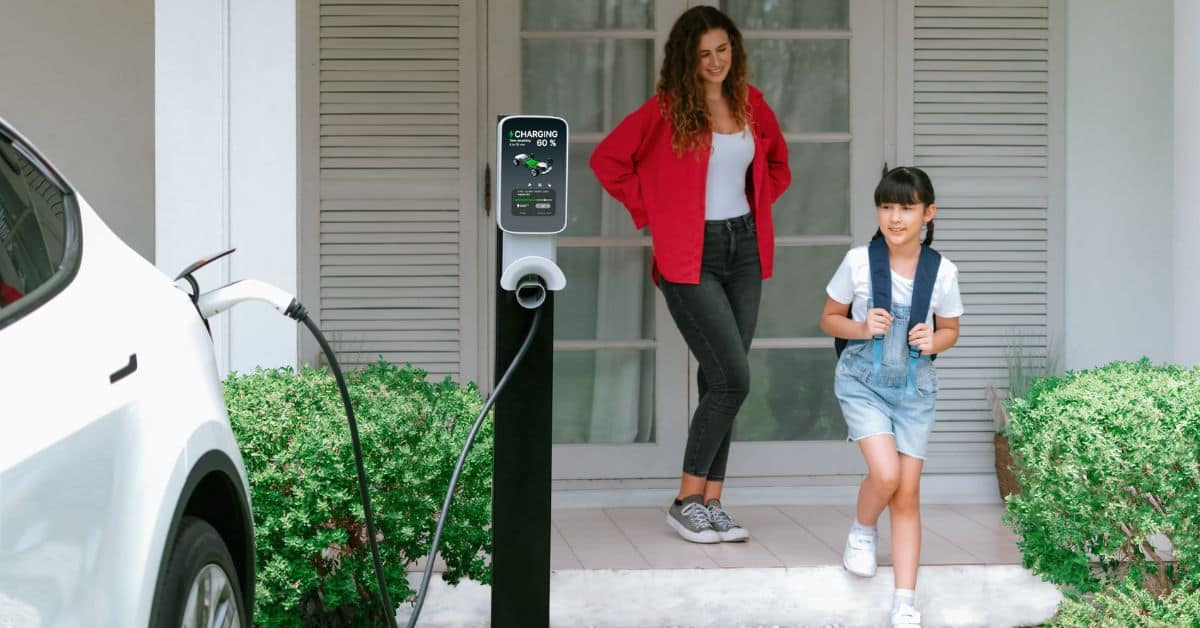
EV Charging
October 25, 2023
Ensuring Tenant Satisfaction: Best Practices for Managing EV Charging Stations in Multifamily Properties


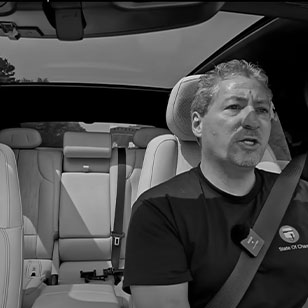
EV Charging
October 20, 2023
Understanding the Efficiency of Energy Storage Systems – Key Factors and Performance Metrics
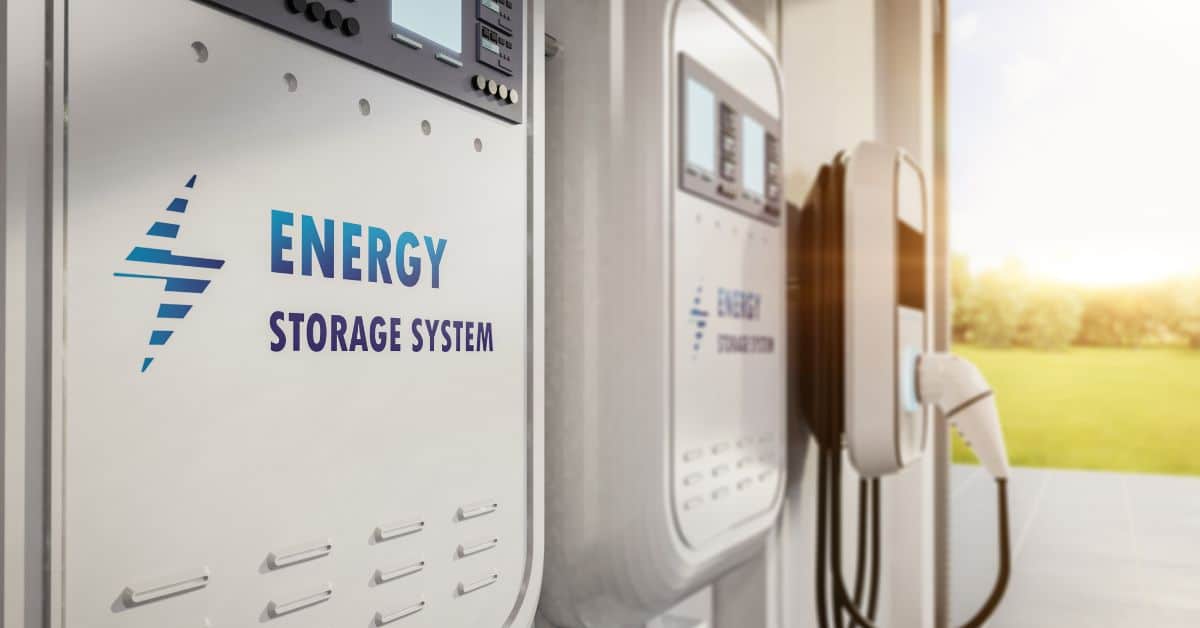
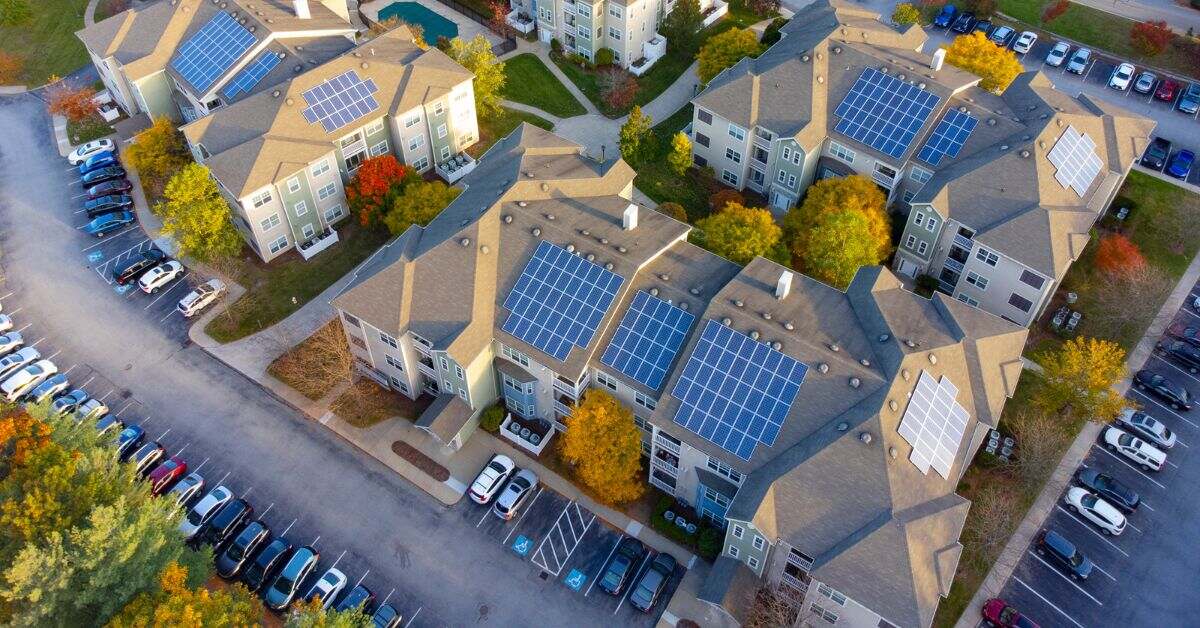
EV Charging
October 18, 2023
How Multifamily Property Owners Can Benefit From State and Federal Incentives for EV Charging
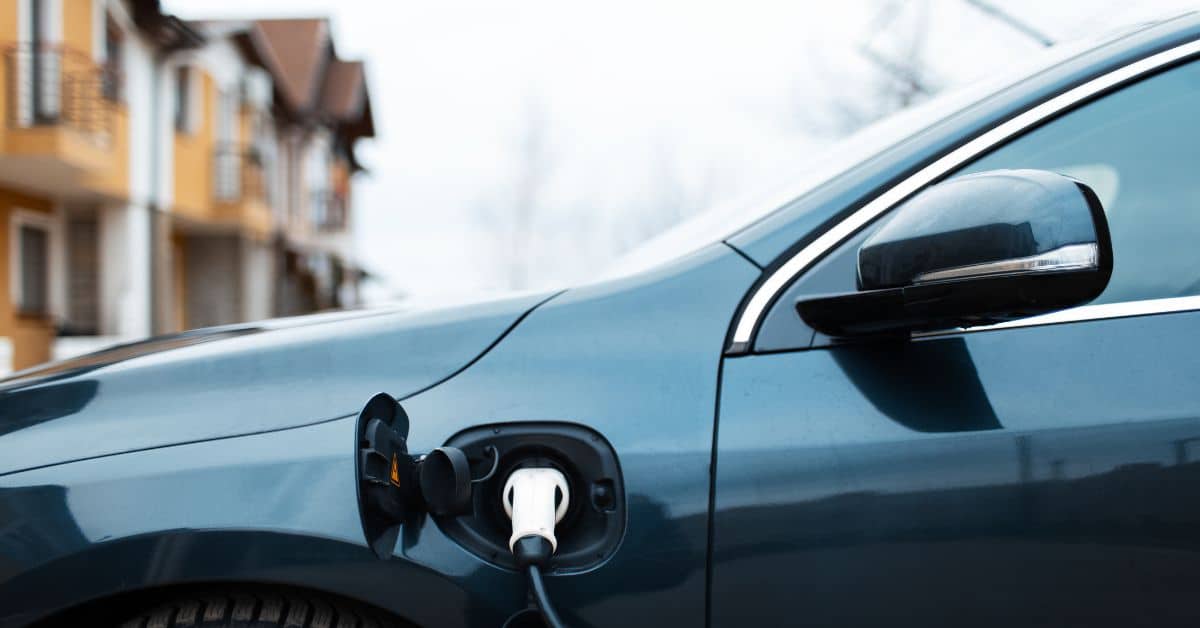
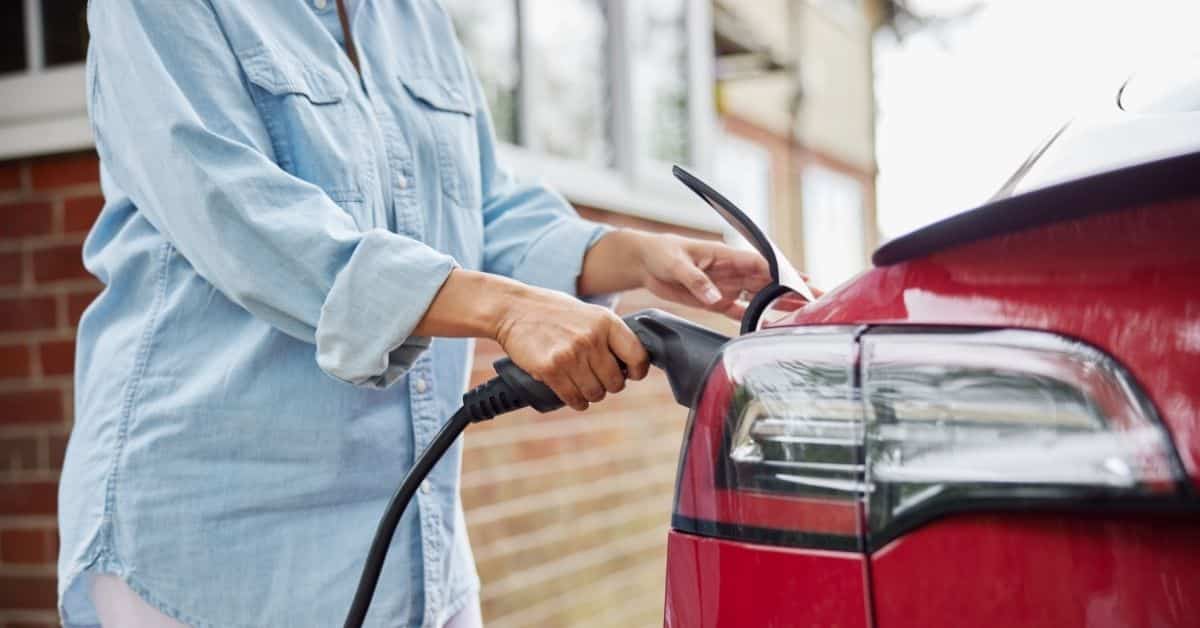


EV Charging
October 11, 2023
Electrification Expansion: What It Takes to Be an Electrician in This Booming Market
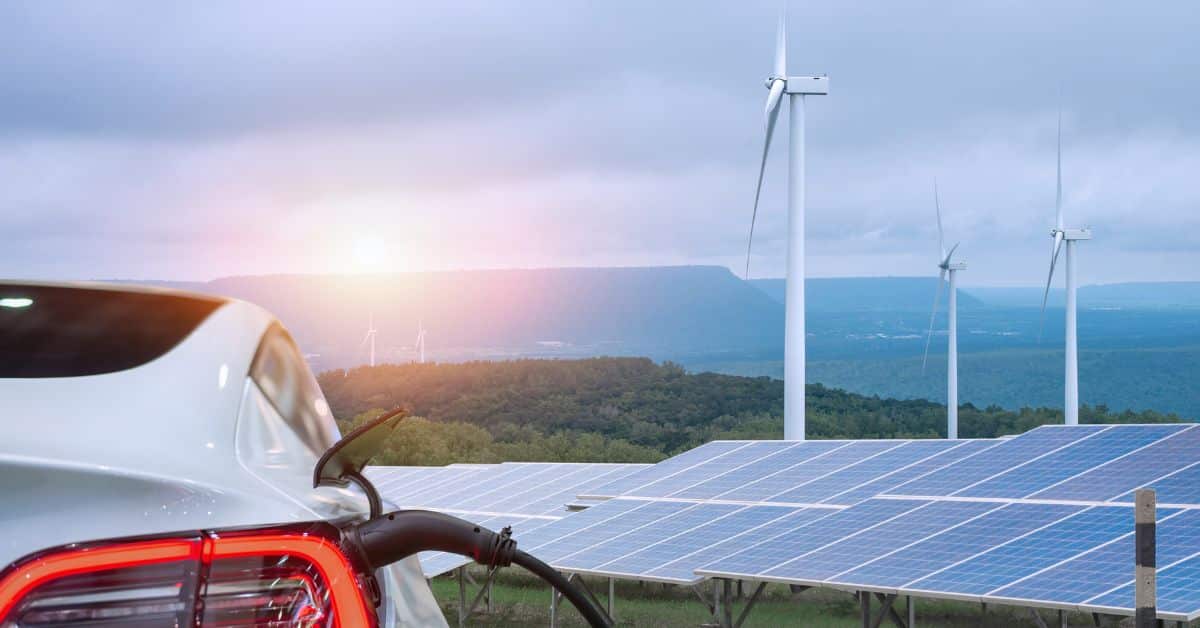
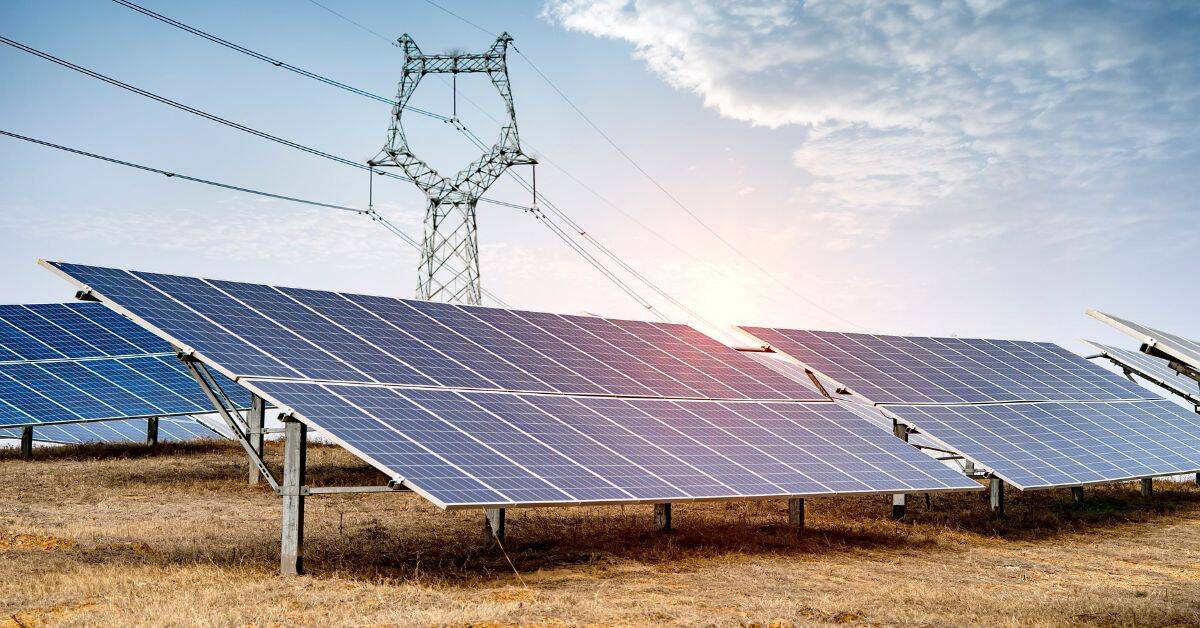

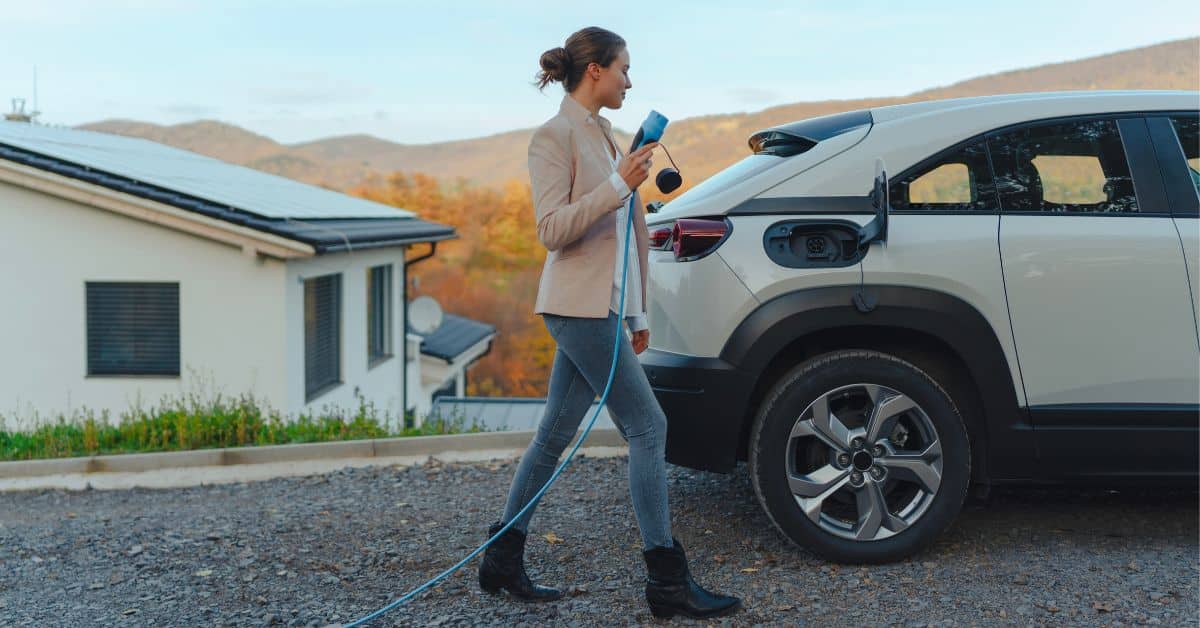
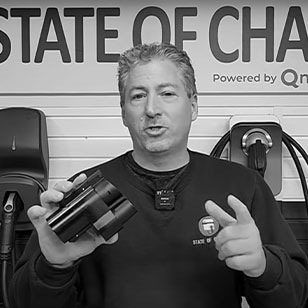


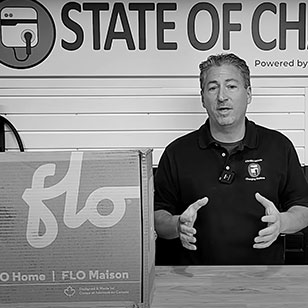
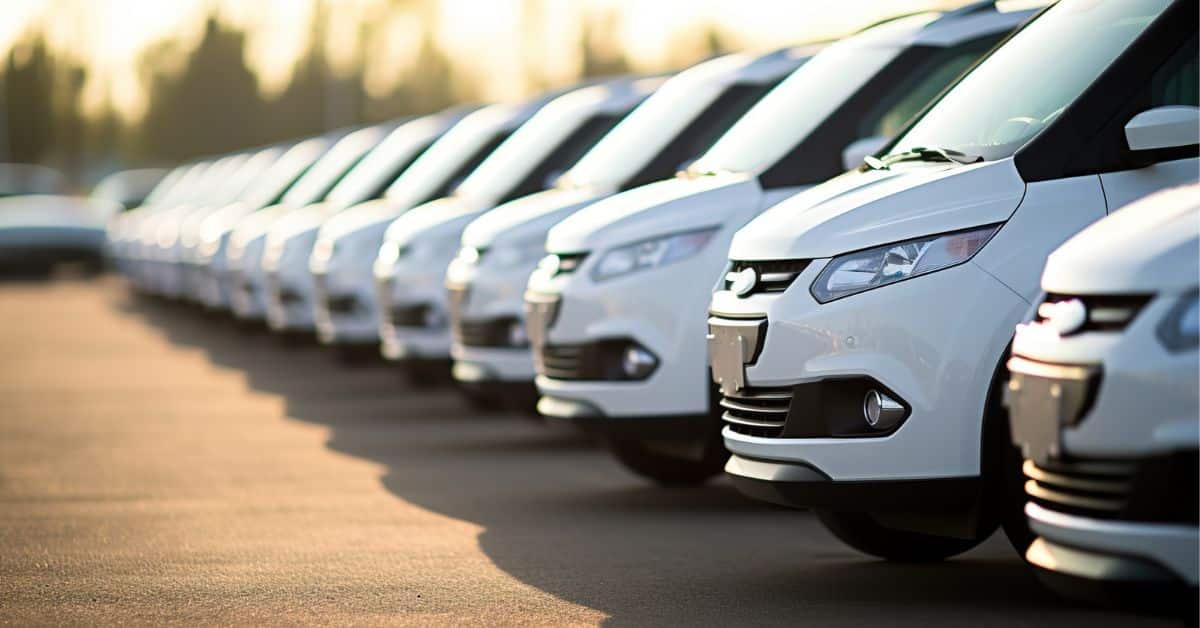
EV Charging
September 26, 2023
Fleet Electrification – Best Practices for Charging Infrastructure Deployment
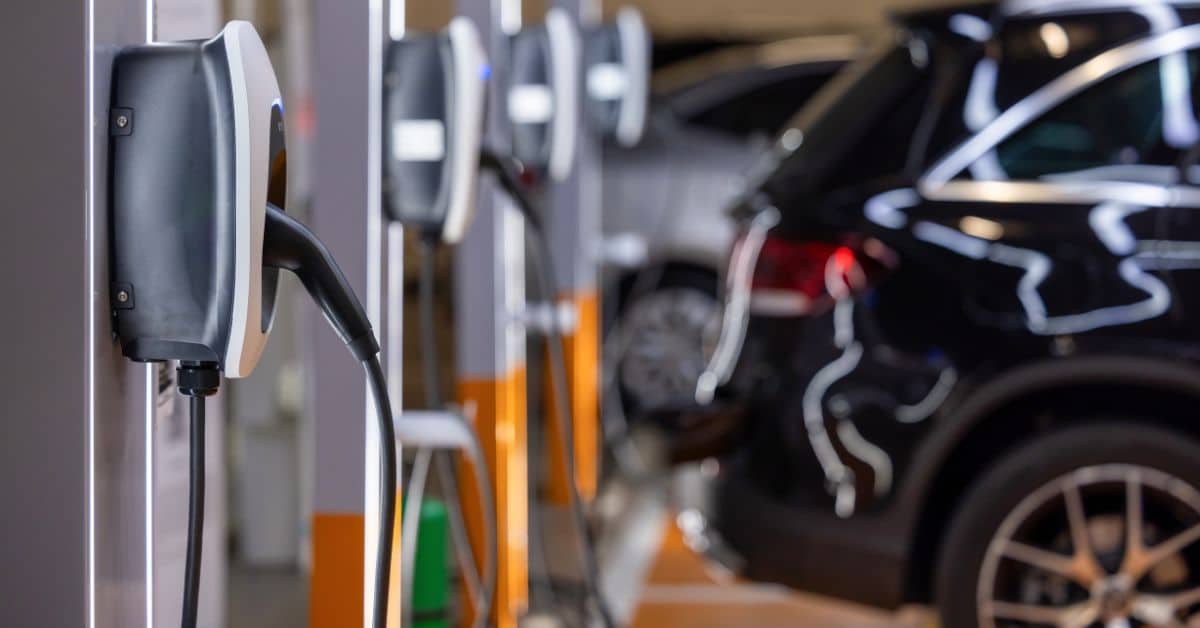

EV Charging
September 21, 2023
5-Step Pre-Buy EV Checklist – A Detailed Guide for Future Electric Vehicle Owners

EV Charging
September 20, 2023
Prepare and Deploy the Electric Fleet with this EV Charger Installation Guide for Electrical Contractors
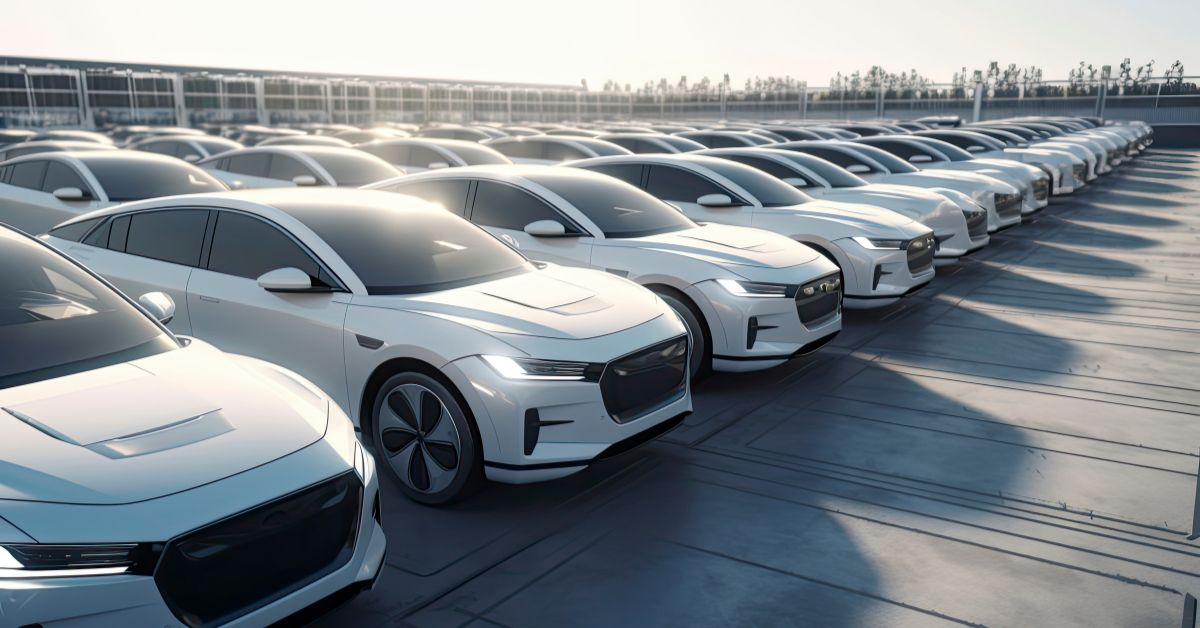
EV Charging
September 19, 2023
Home Electrification Made Easy: Embracing Renewable Energy Efforts at Home
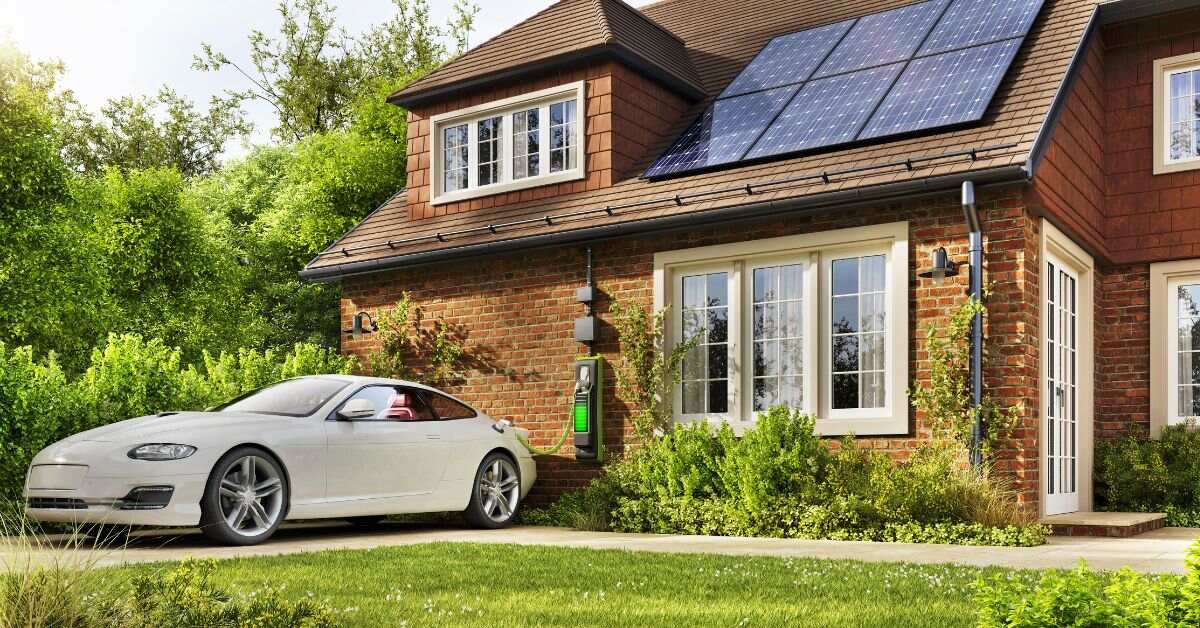
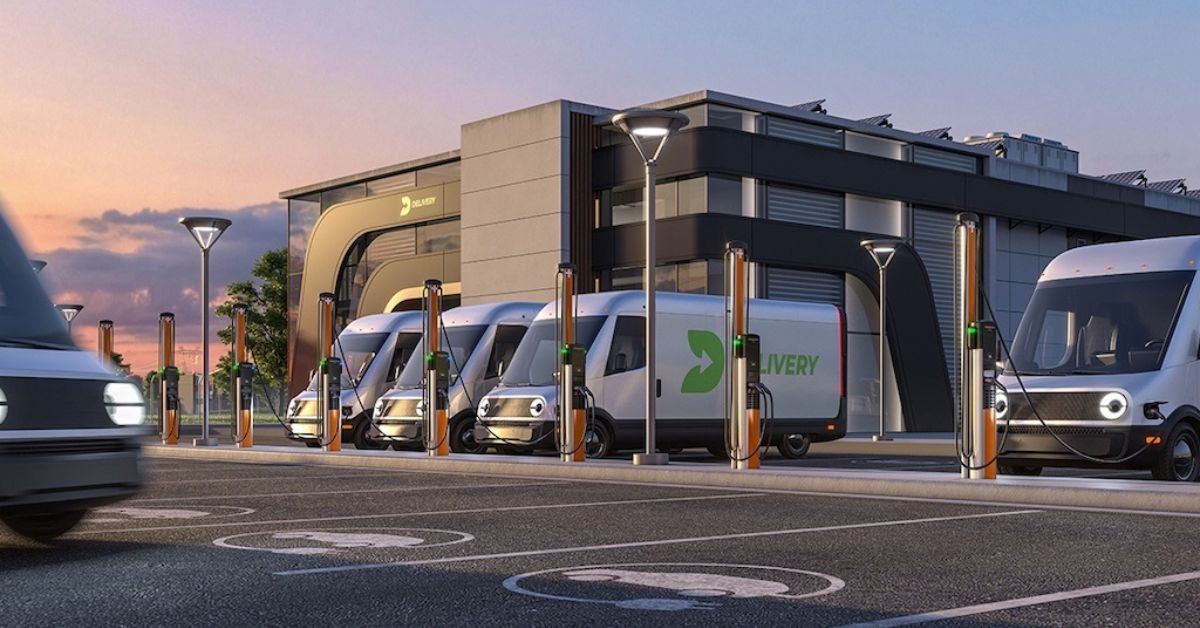
EV Charging
September 14, 2023
Auto Shows and EVs: Where the Auto Industry is Heading in 2023 and Beyond

EV Charging
September 12, 2023
Workplace EV Charging – Benefits for Employee Retention and Corporate Sustainability
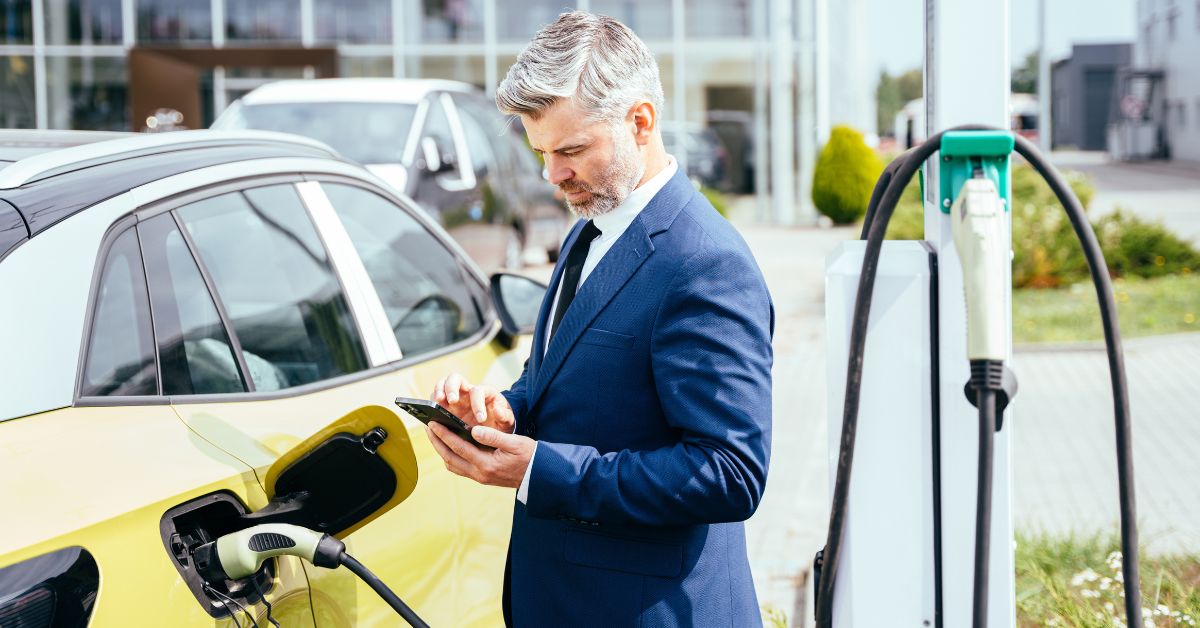
EV Charging
September 8, 2023
Is Battery Storage and Solar Integration the Right Choice for Your Needs?
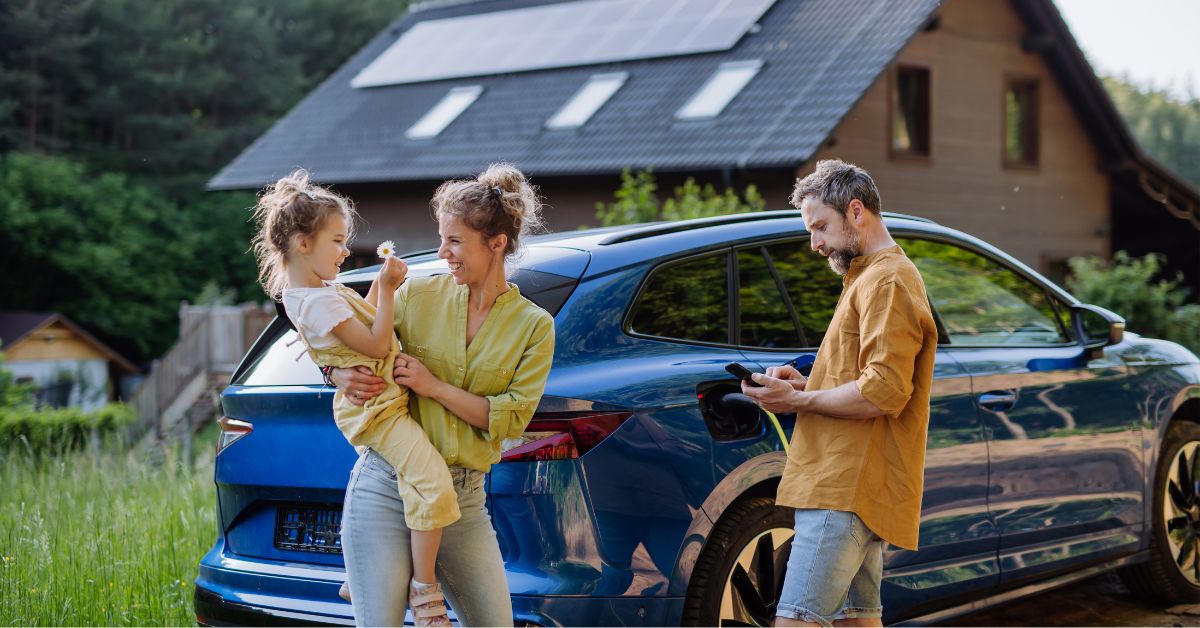
EV Charging
September 7, 2023
Overcoming Installation Challenges and Empowering Multifamily EV Charging Success


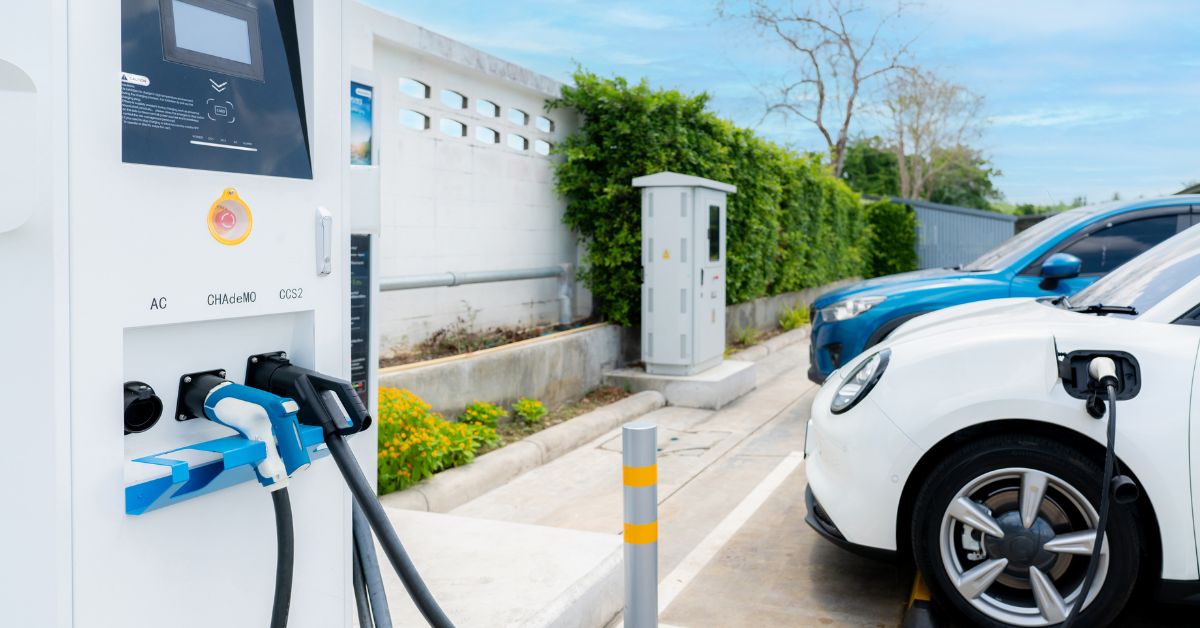
EV Charging
September 5, 2023
How Multifamily Properties Can Leverage EV Charging Stations to Attract Tenants

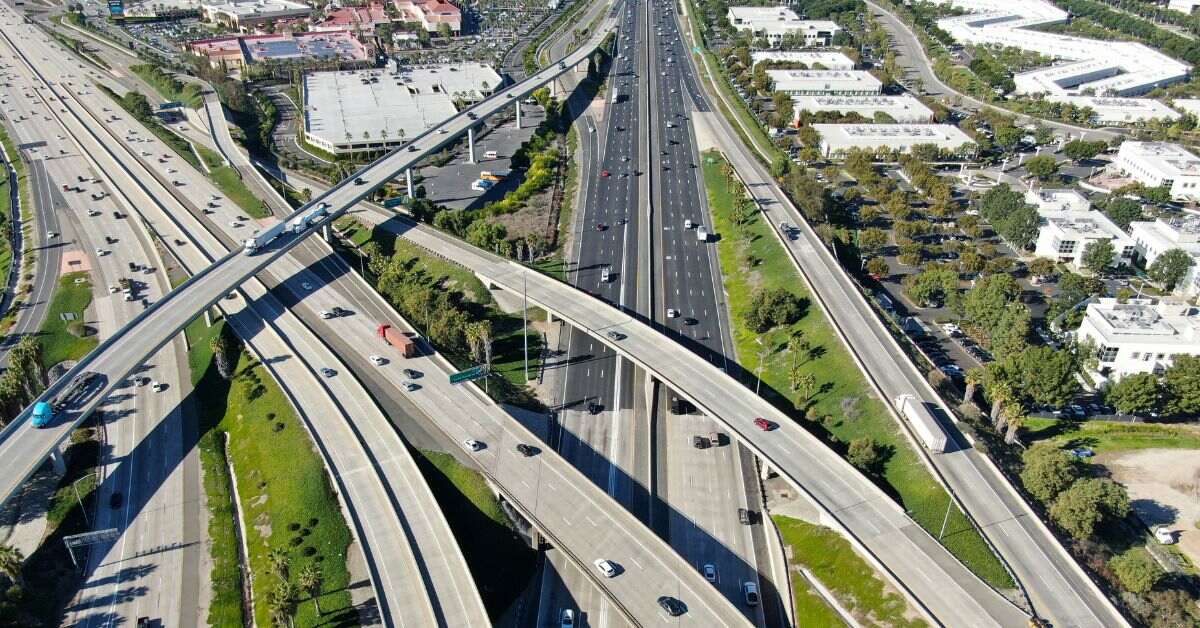

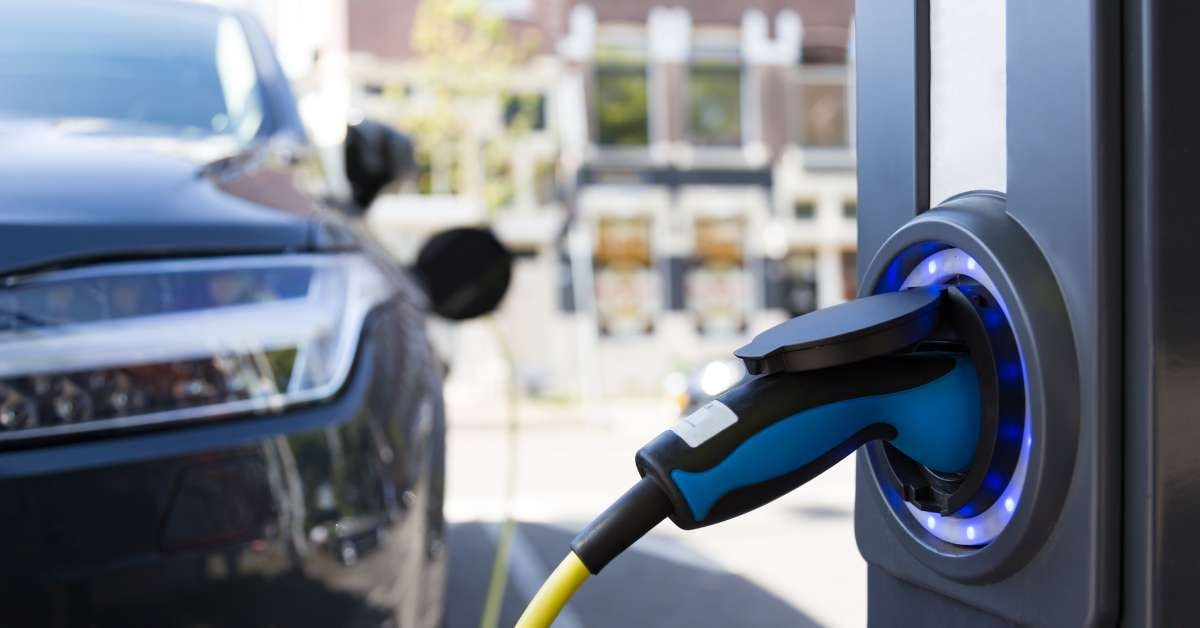
EV Charging
August 29, 2023
The Importance of Proper Training for Electrical Contractors in the EV Charging Sector
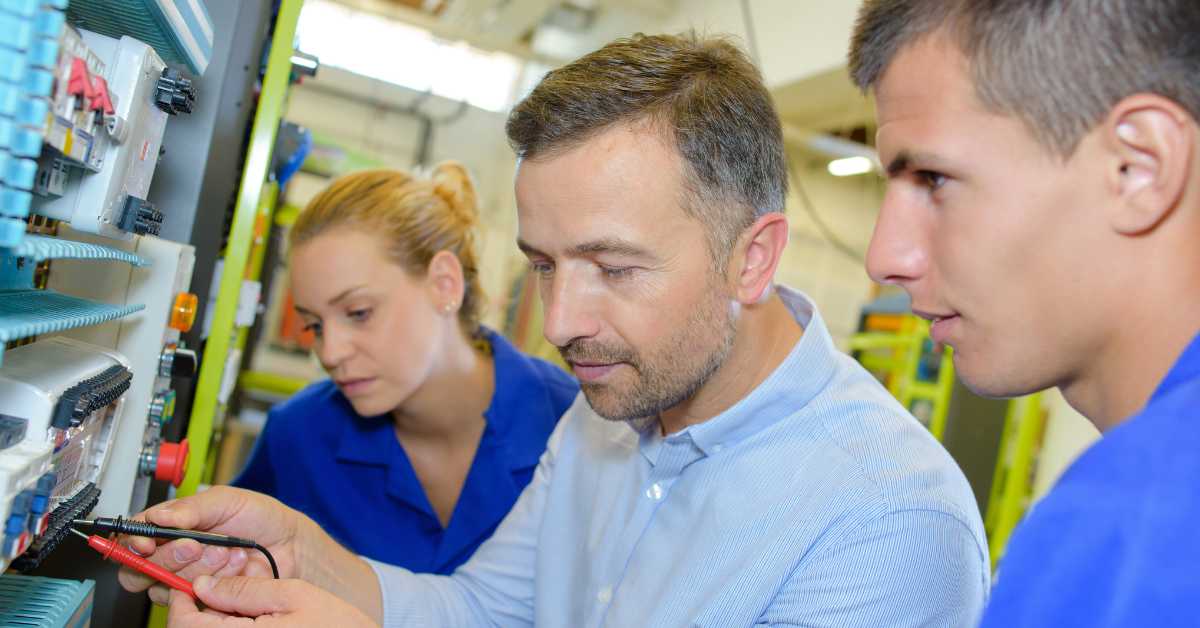
EV Charging
August 24, 2023
Embracing Smart EV Charging Solutions Opportunities for Electrical Contractors
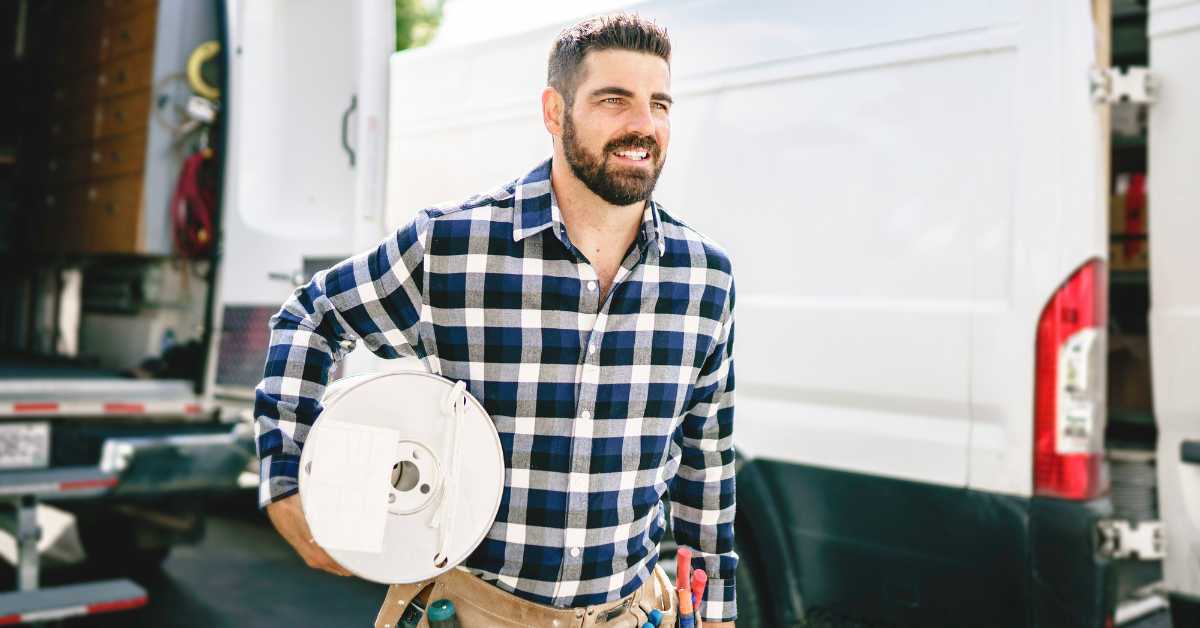
EV Charging
August 22, 2023
The Role of Utilities in Supporting Electric Vehicle Charging Infrastructure
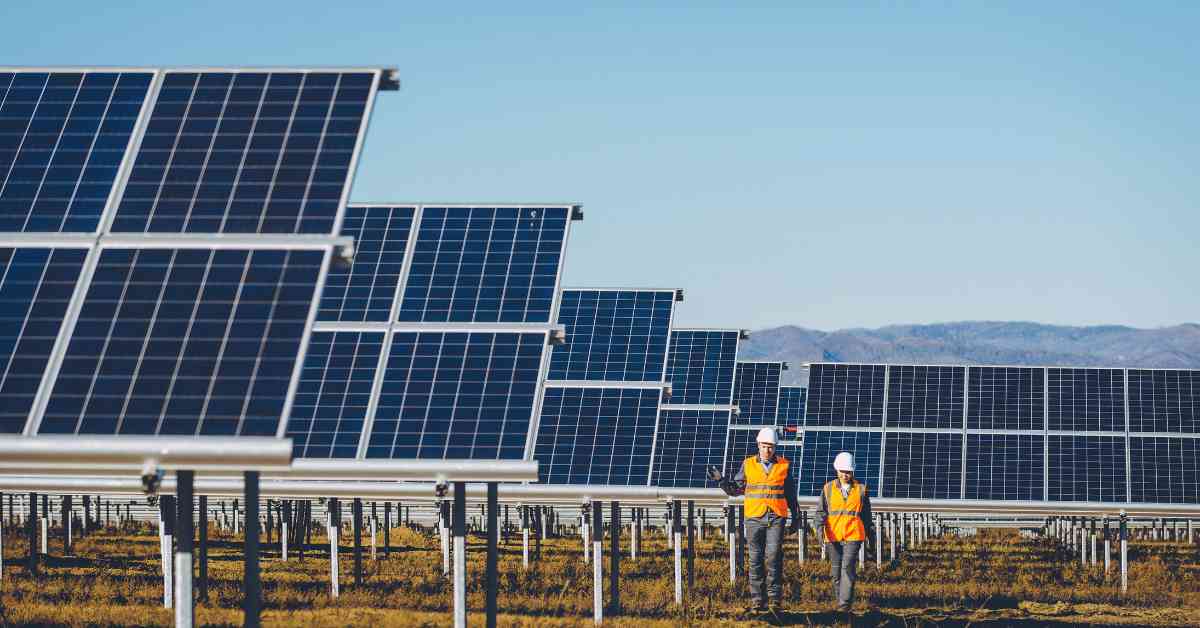
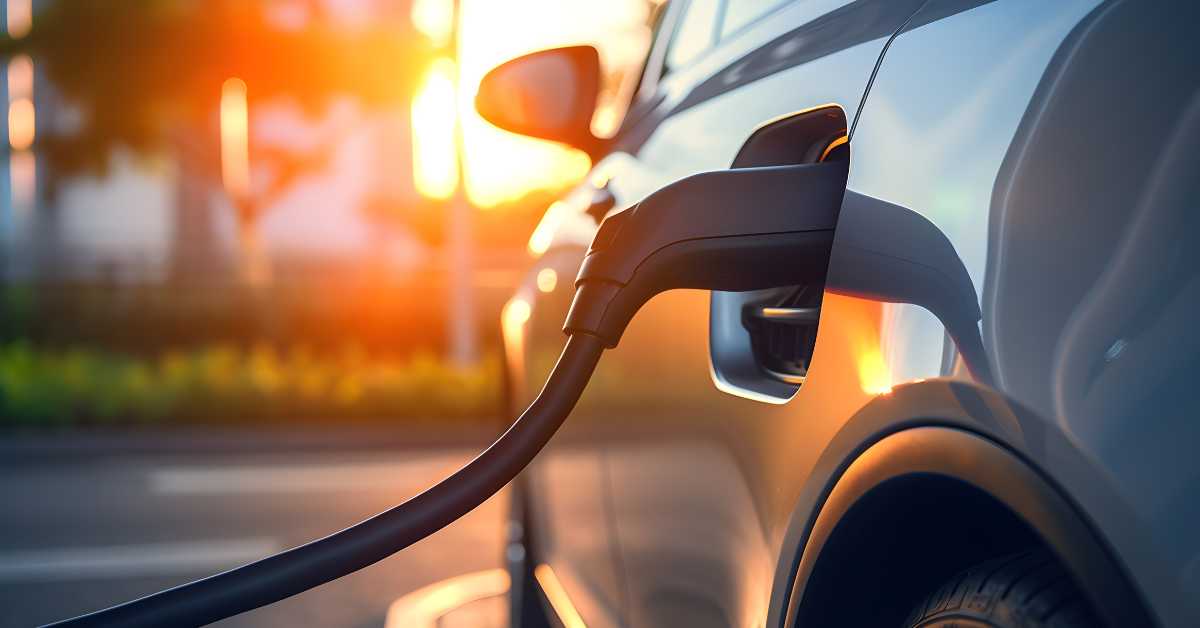
EV Charging
August 10, 2023
Energy Efficiency and Renewable Energy Trends for Electrical Contractors
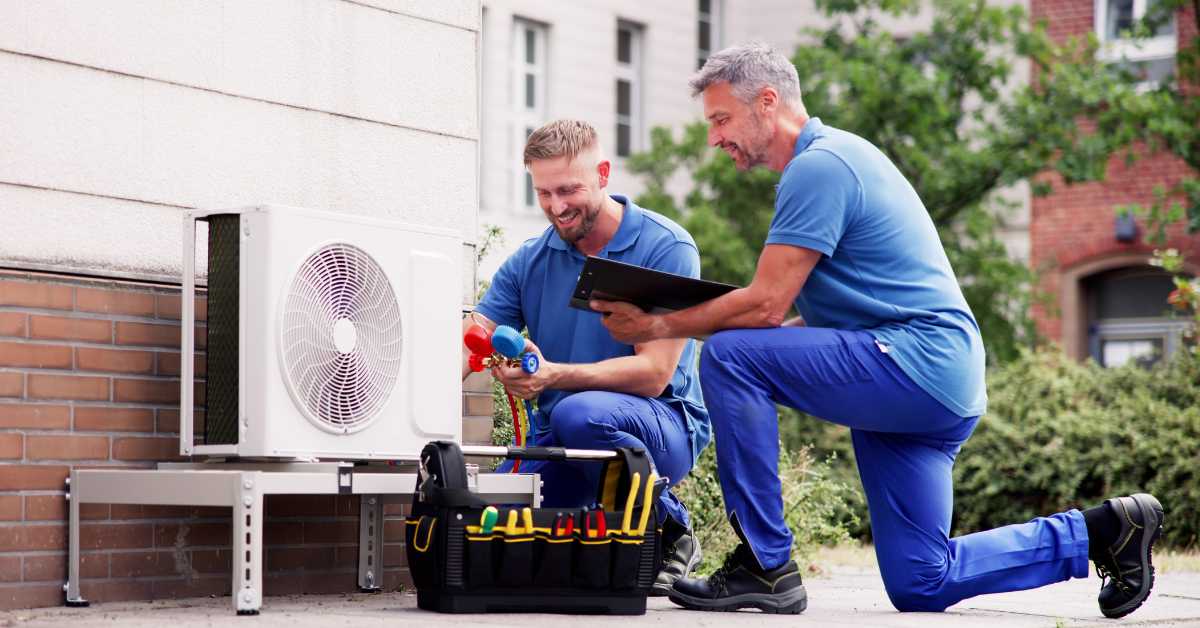
EV Charging
August 8, 2023
Implementing Utility Demand Response Programs for Managing EV Charging Loads
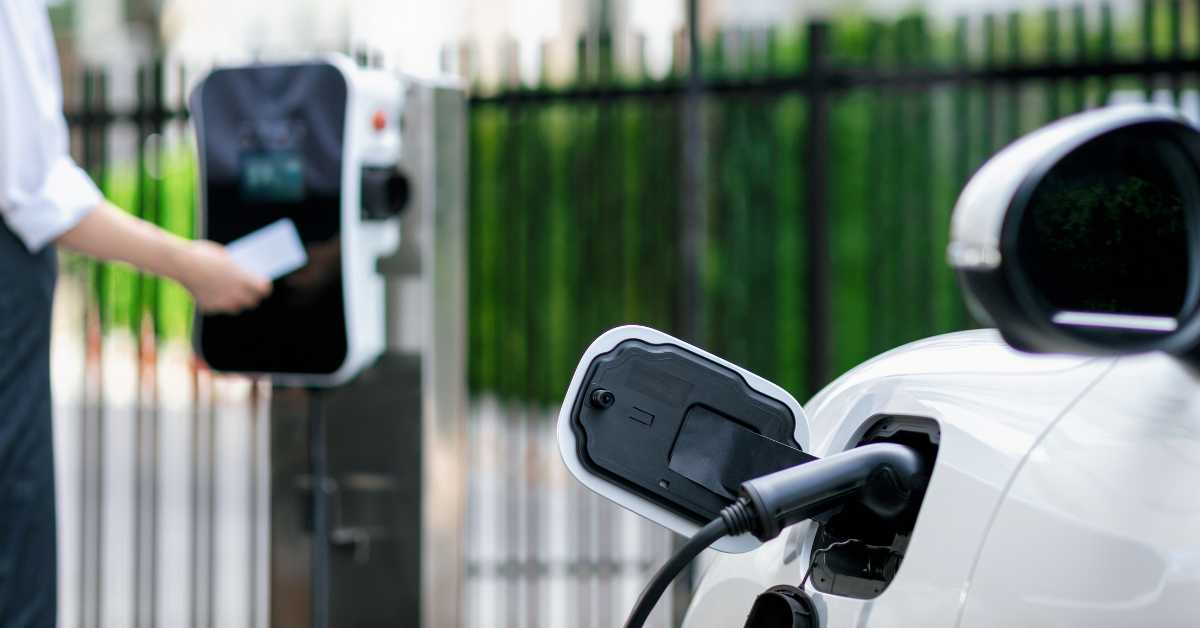
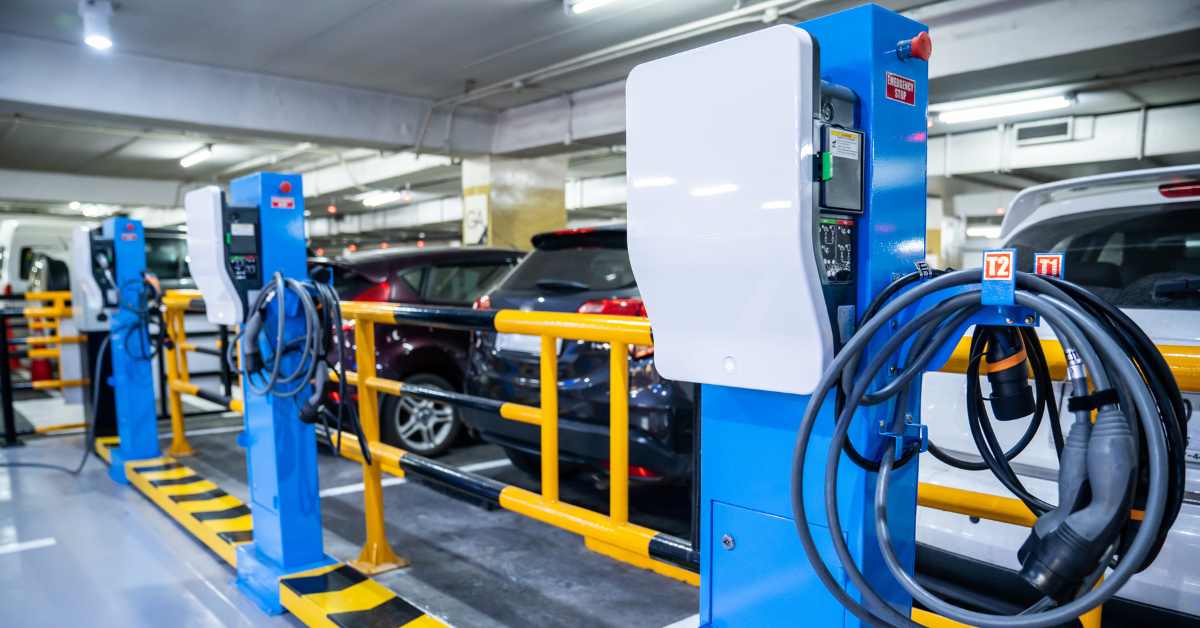
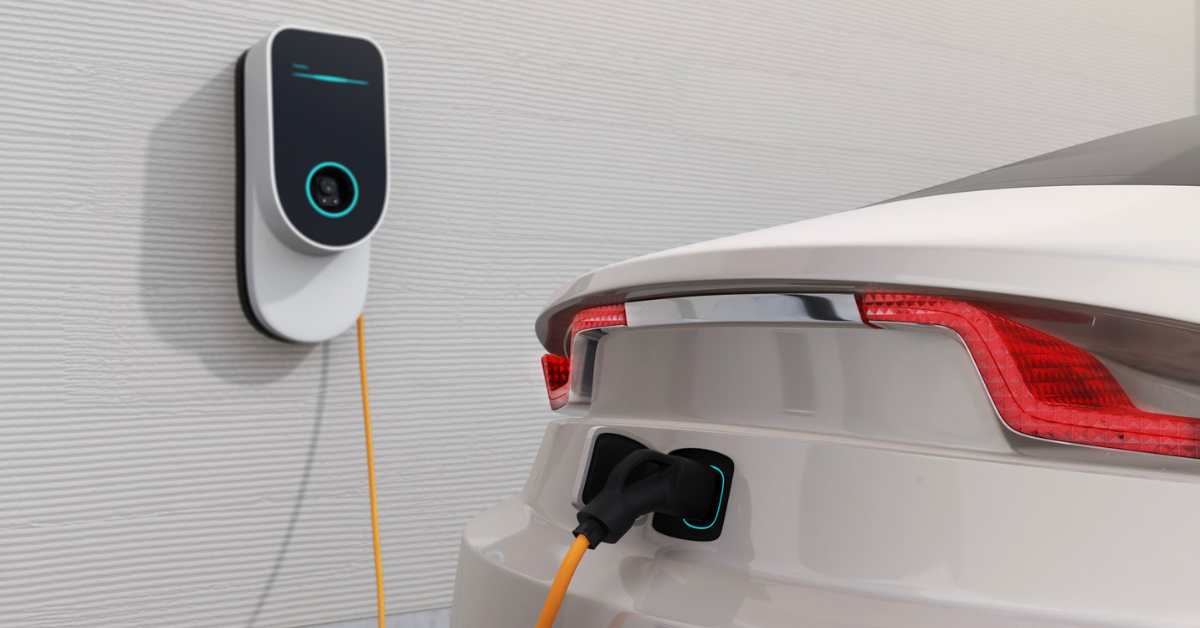

EV Charging
July 27, 2023
Electrification and Sustainable Transportation – The Future of Trains, Boats, Airplanes, and More
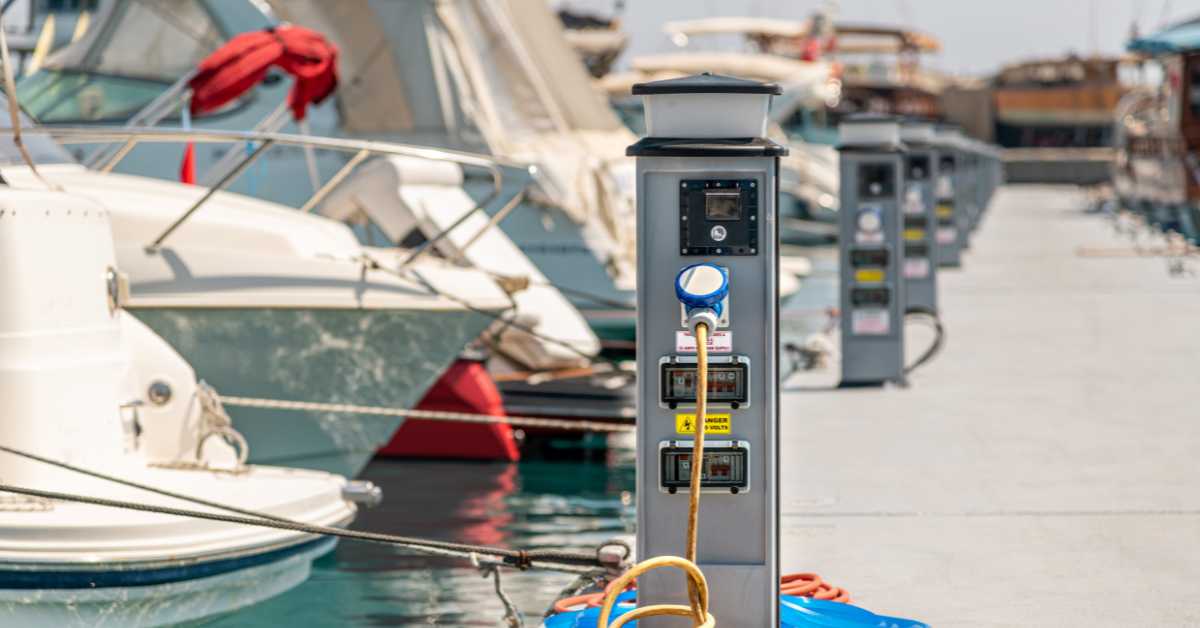

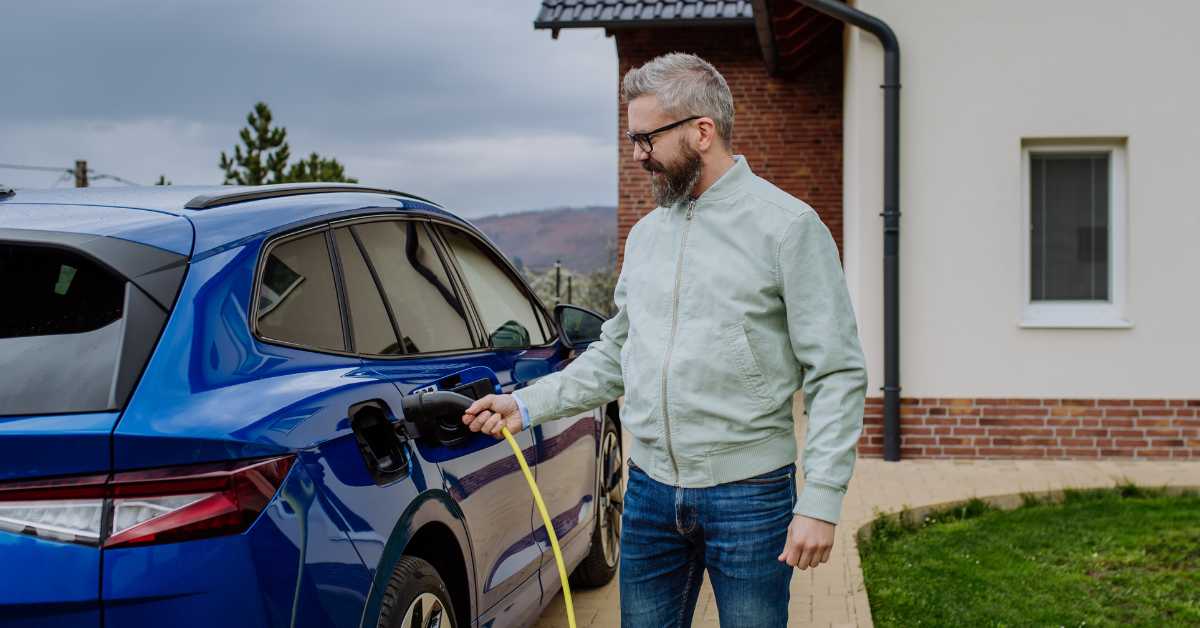
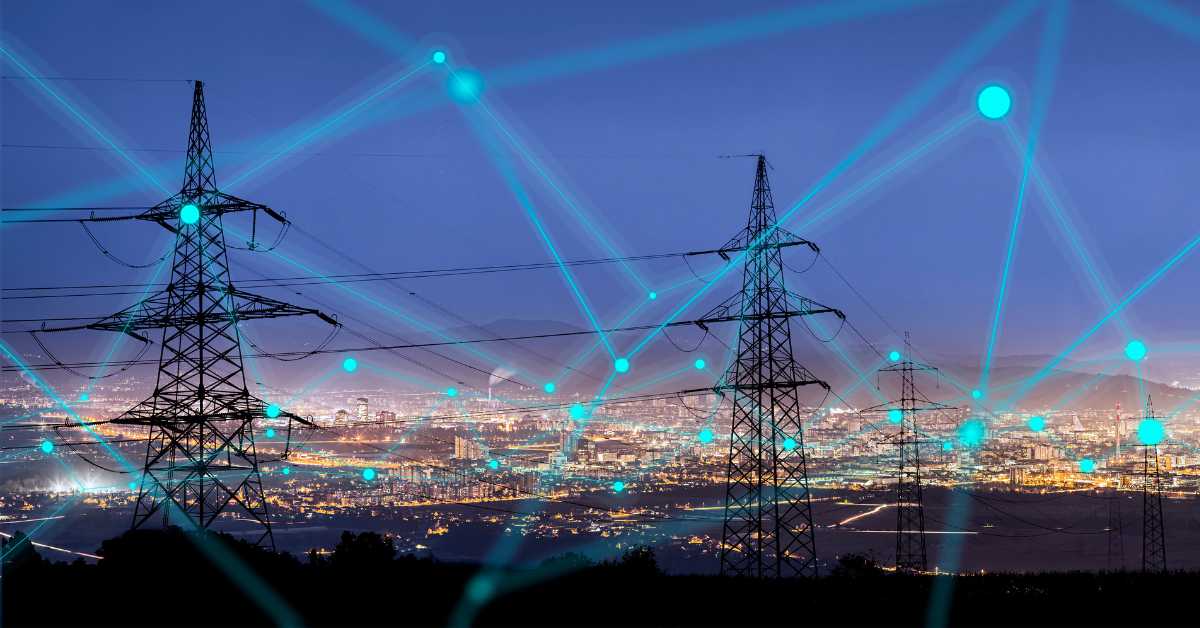
EV Charging
July 18, 2023
Commercial Property Owners Can Future Proof Their Investment with EV Charging Solutions
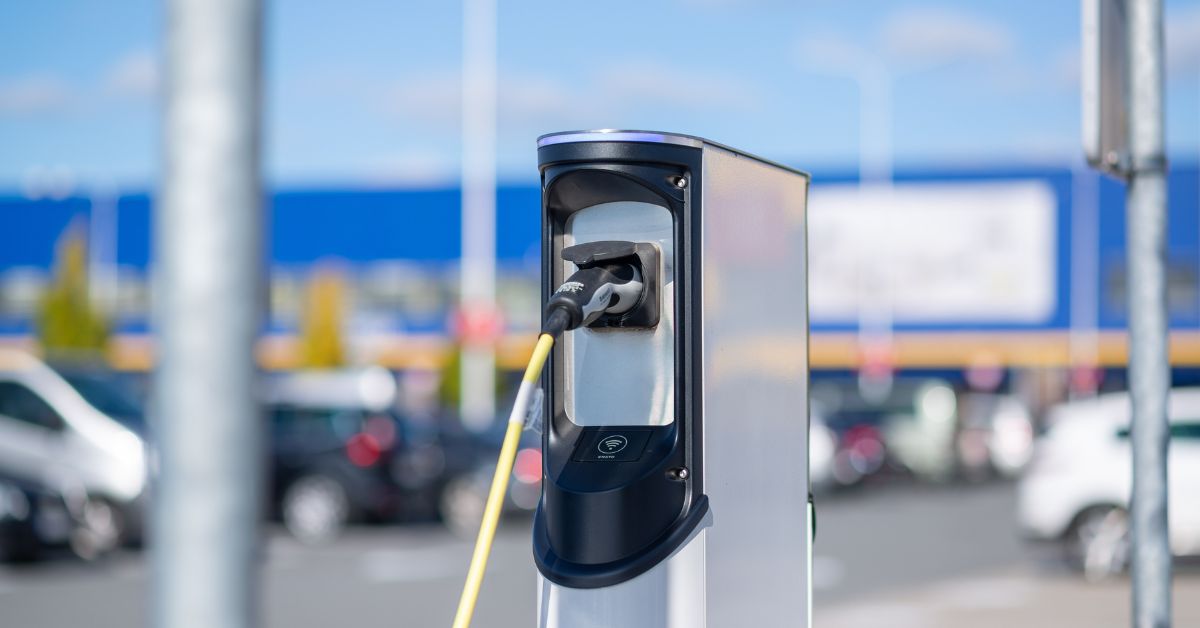
EV Charging
July 14, 2023
What You Need to Know About Electrification Licenses and Permits as an Electrical Contractor
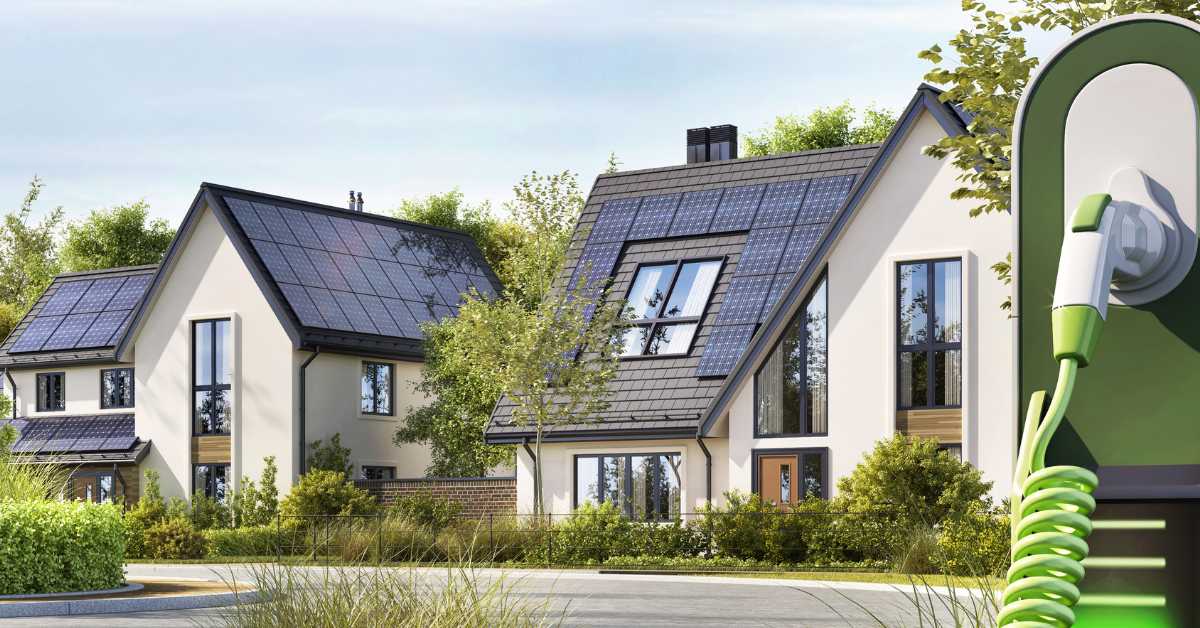
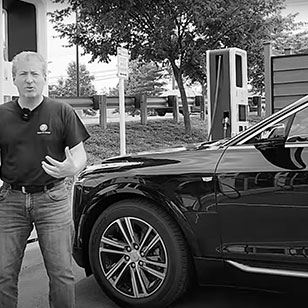
EV Charging
July 12, 2023
EV Charging Solutions for Your Fleet: A Guide to Unlocking the Full Potential of Electric Mobility
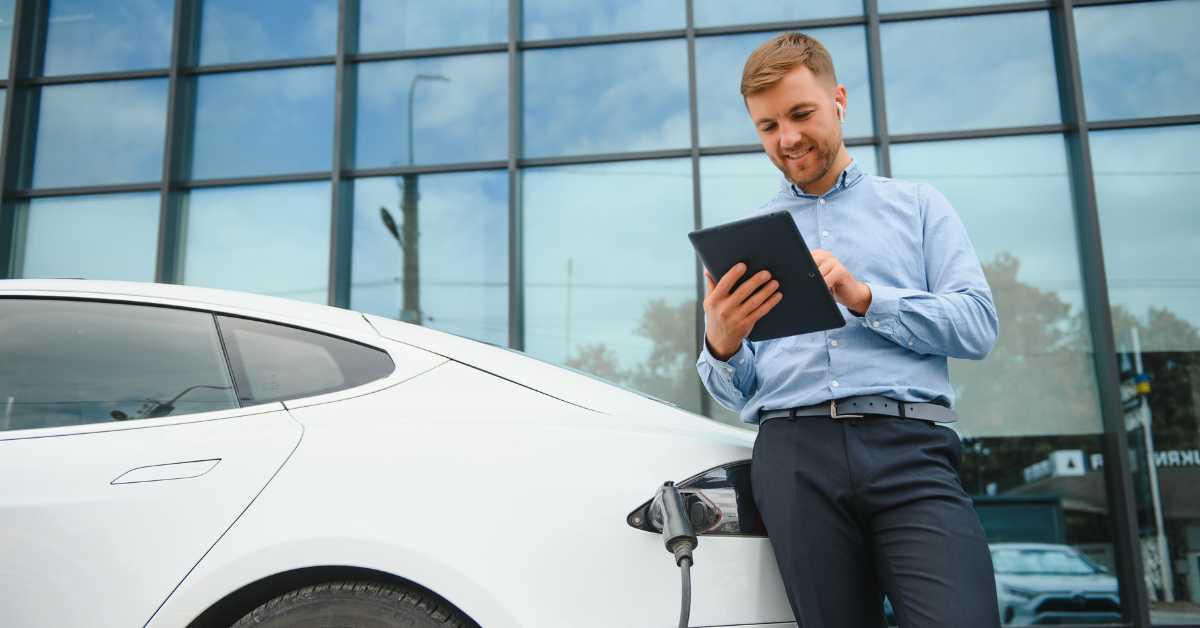
EV Charging
July 11, 2023
EV Charging Stations for Multifamily Properties: Understanding The Latest Technology

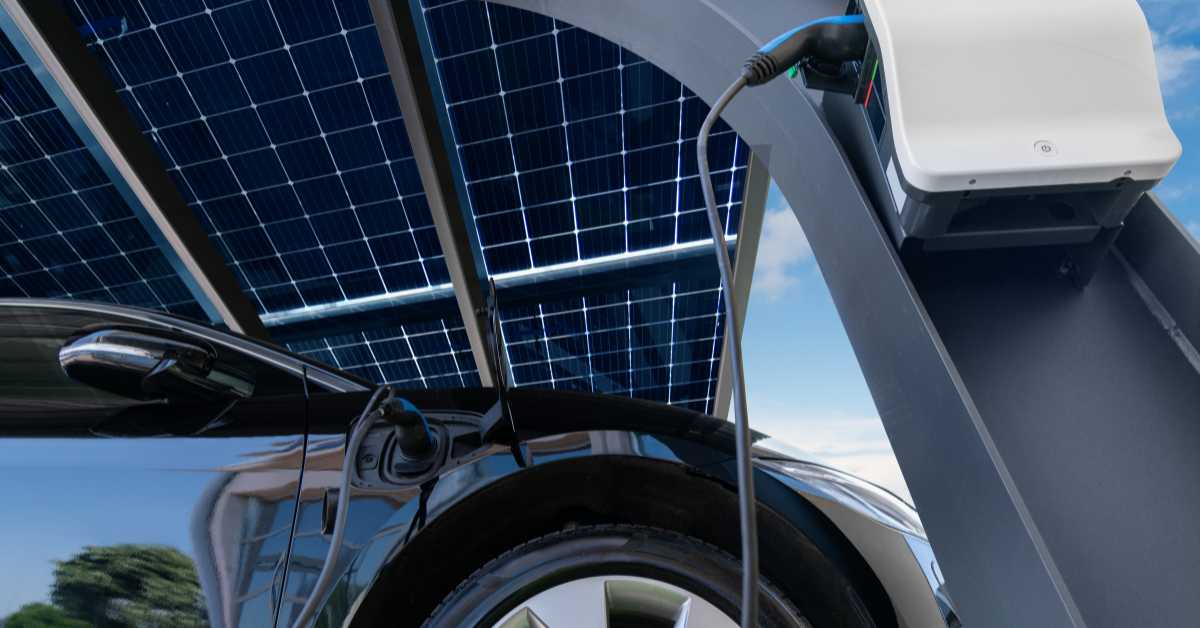

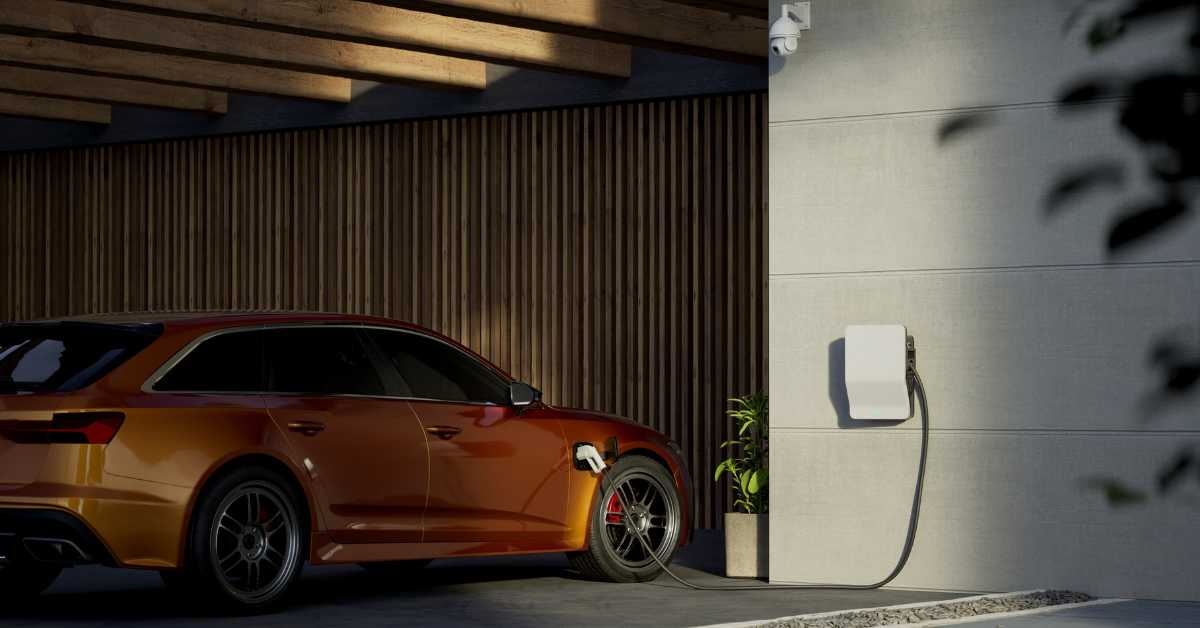
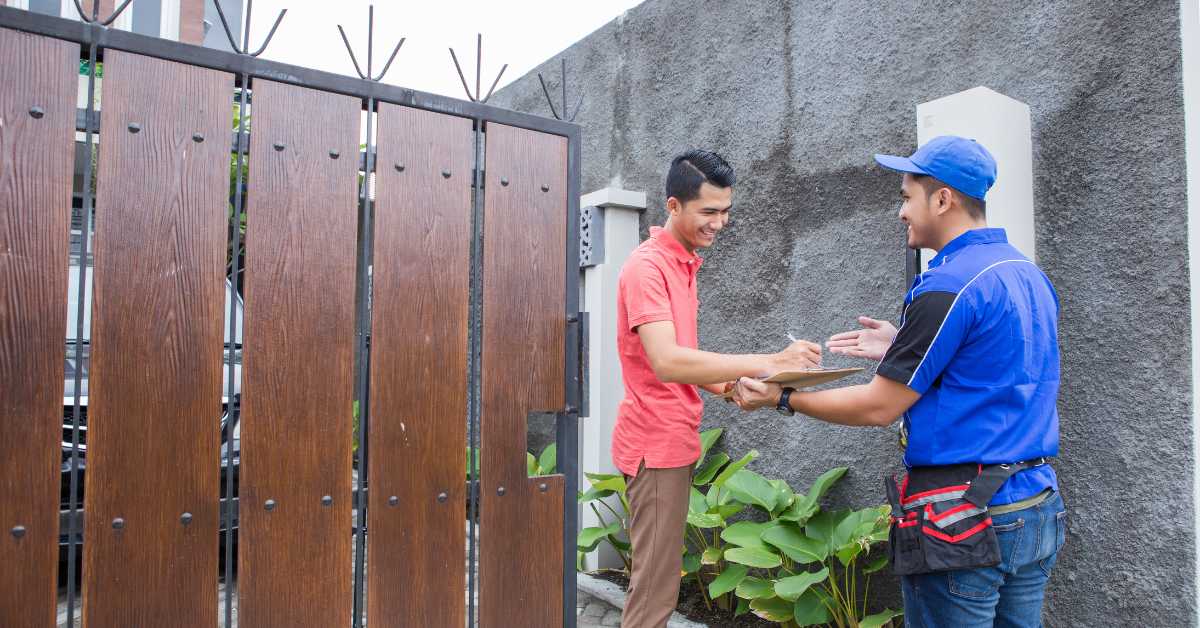
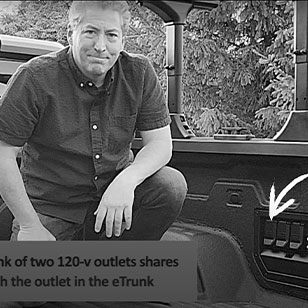

EV Charging
June 22, 2023
How Fleet Managers Can Stay Ahead of the Ever-Evolving Automotive Industry

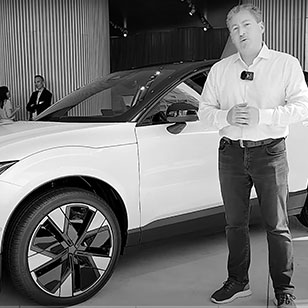
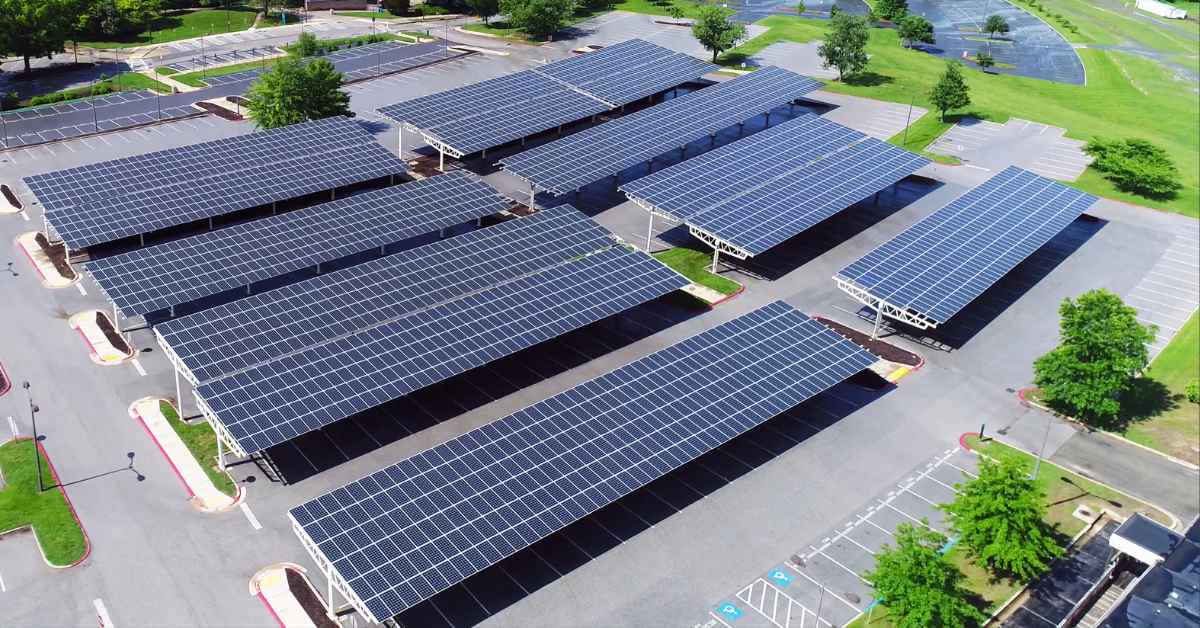
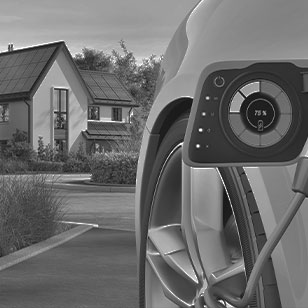

EV Charging
June 8, 2023
Modernizing Electric Vehicle Charging: Strategies and Solutions for Electrical Contractors
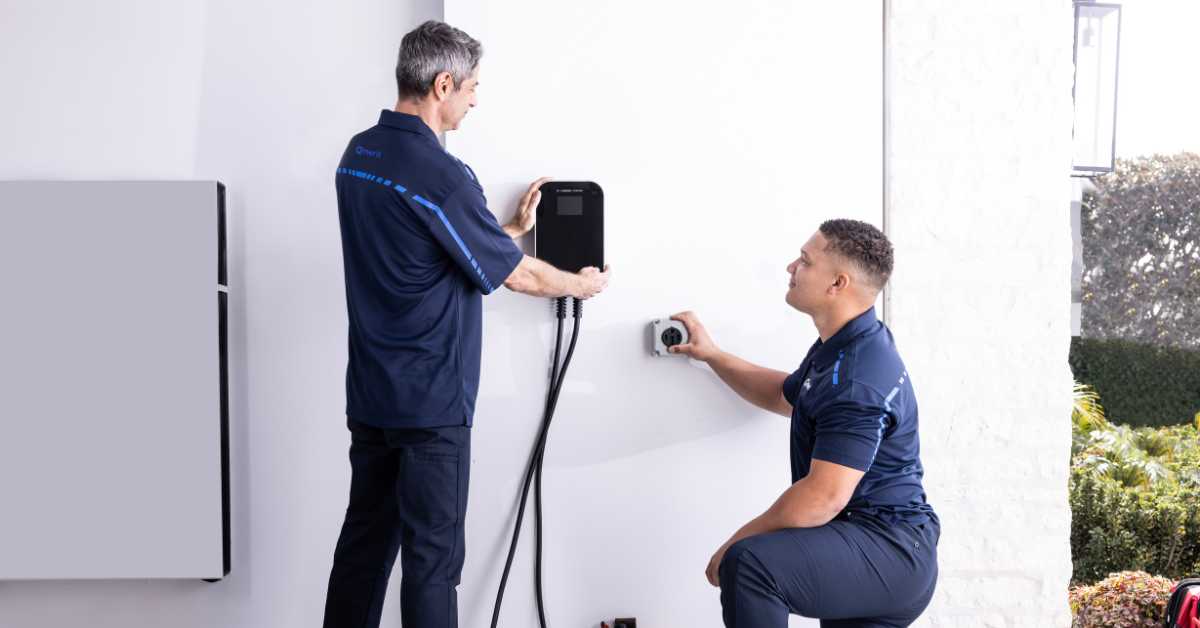
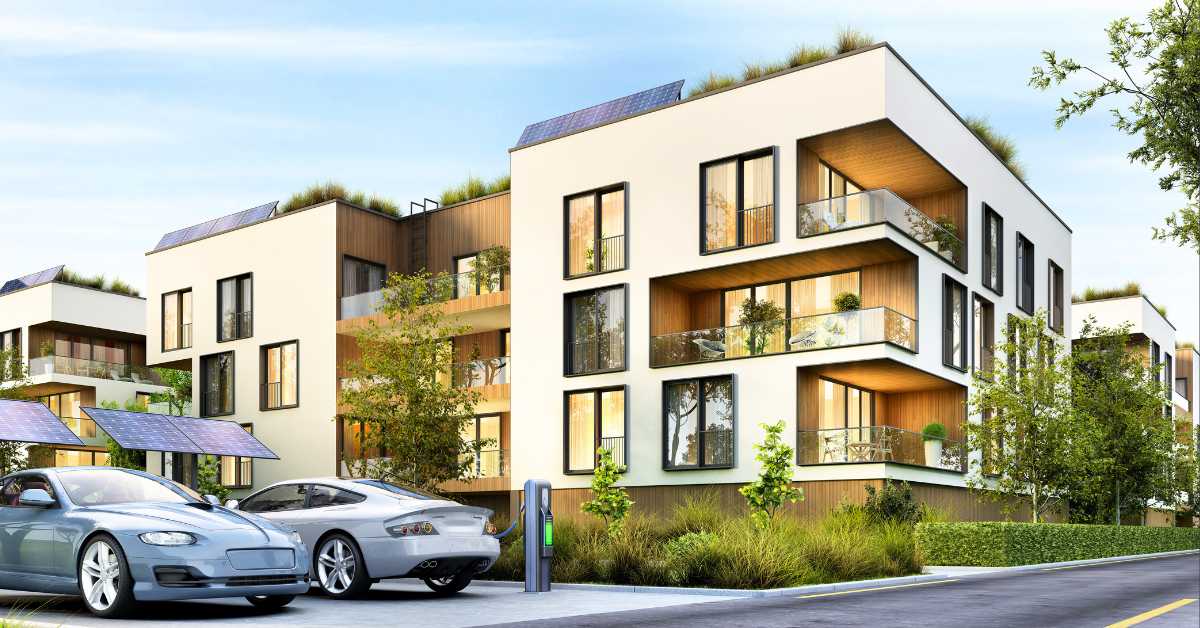
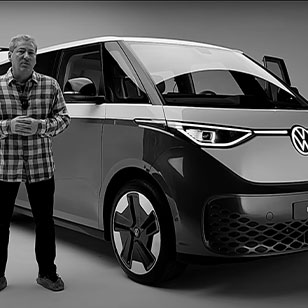
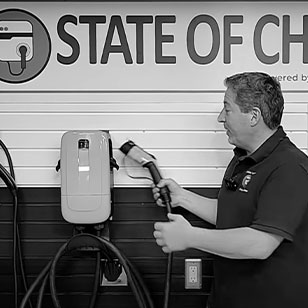

EV Charging
May 30, 2023
Top Five Ways the 2023 NEC Will Impact EV Charging Station Installation Contractors
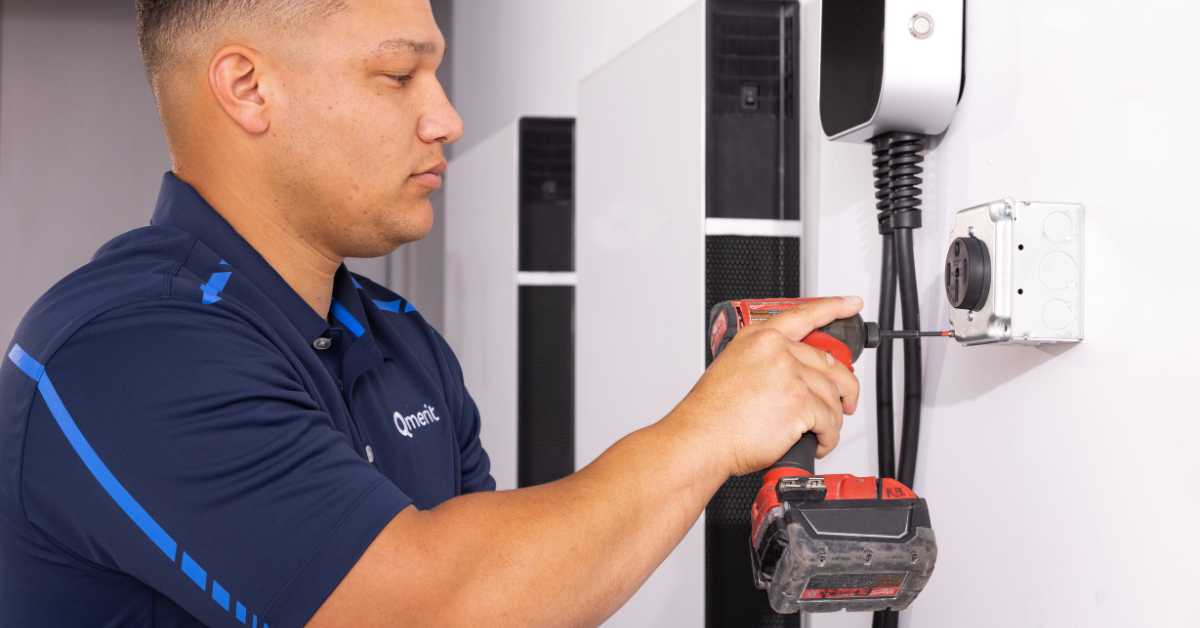

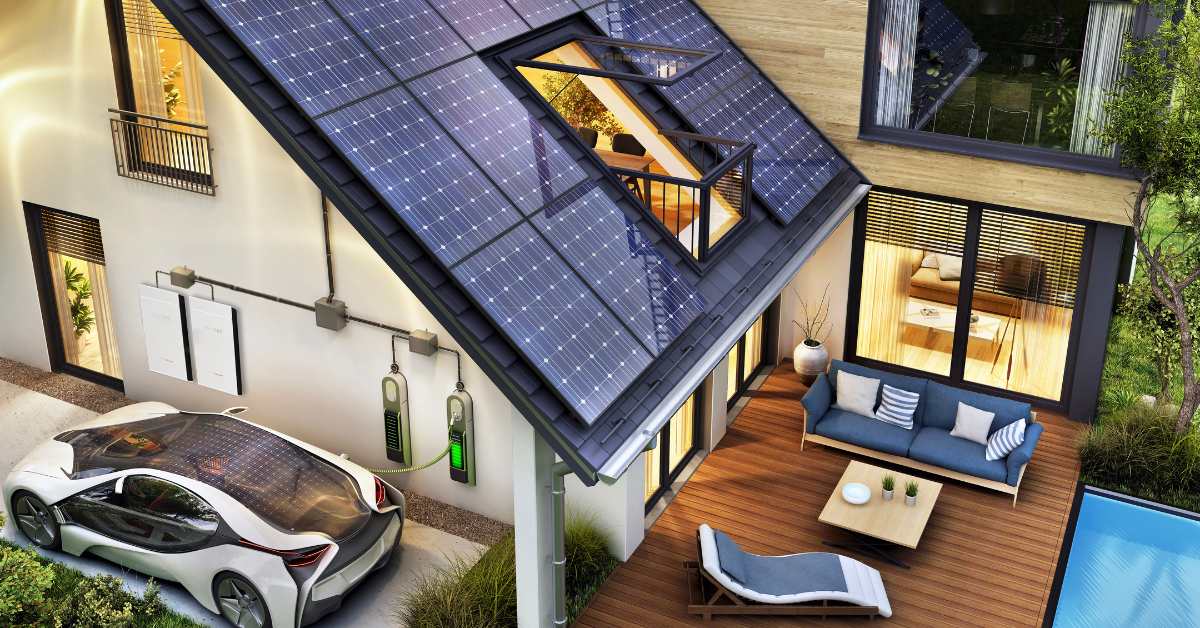
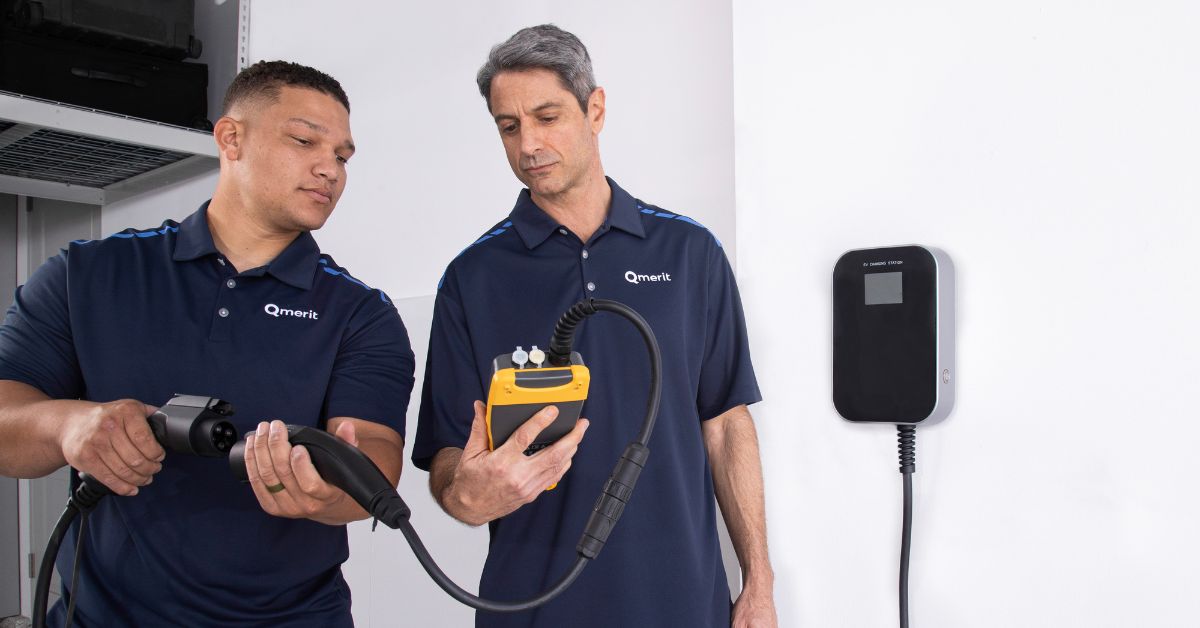
EV Charging
May 3, 2023
Electrification in Texas: How to Charge Your Electric Vehicle in the Lone Star State

EV Charging
April 27, 2023
Why Your Next Multifamily Property Upgrade Should Include EV Charger Installations

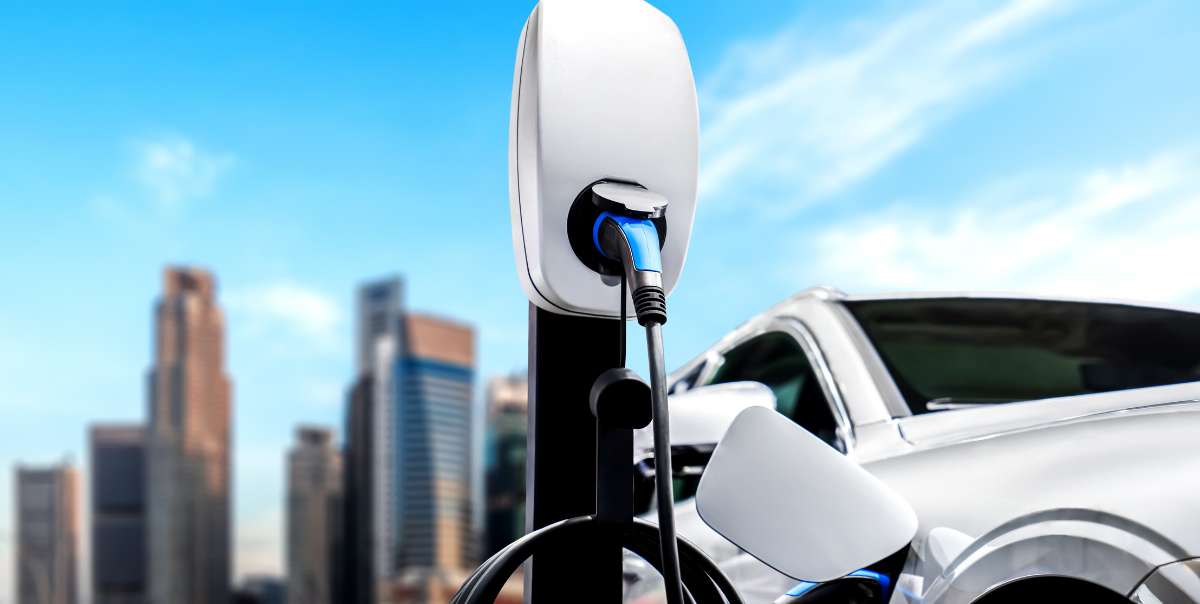
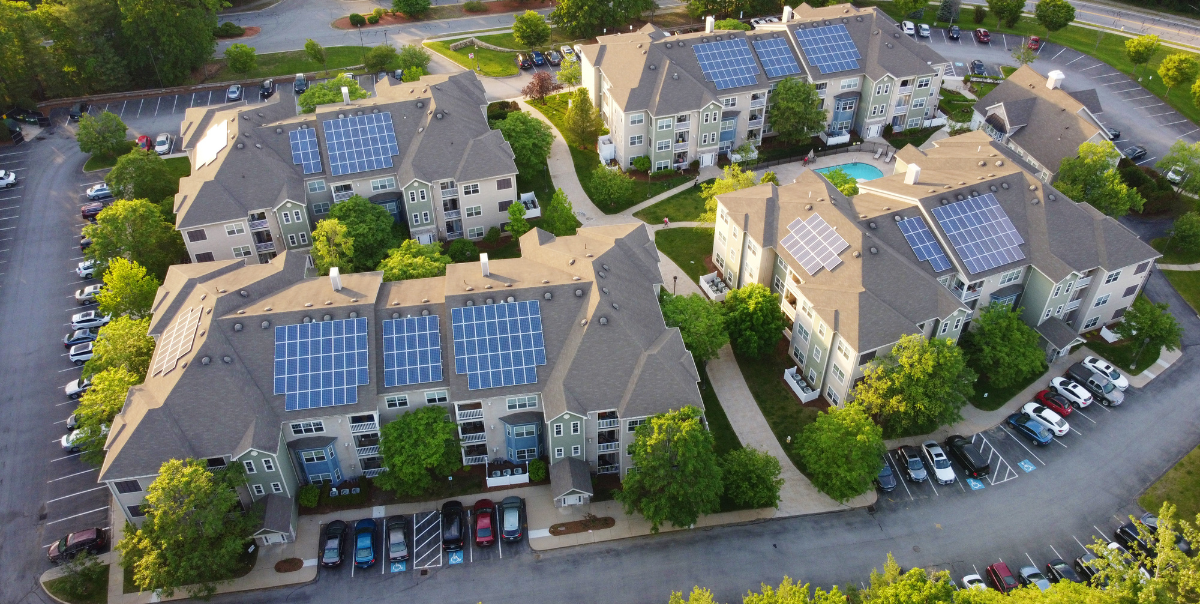
EV Charging
April 18, 2023
How Bidirectional Charging Can Revolutionize Your Company’s Electric Fleet
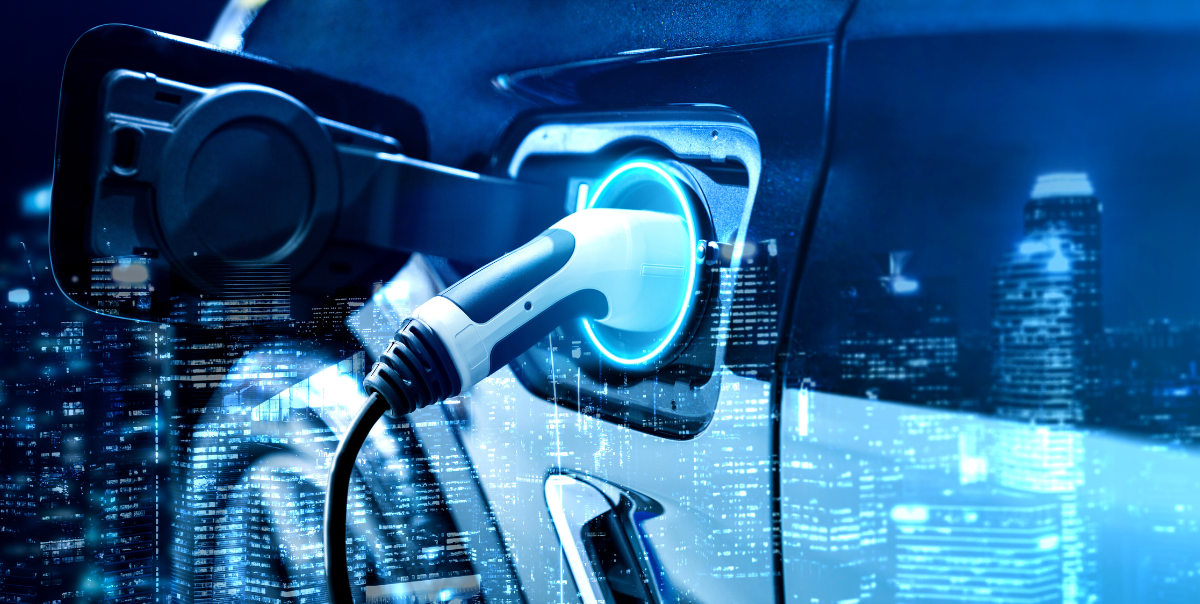
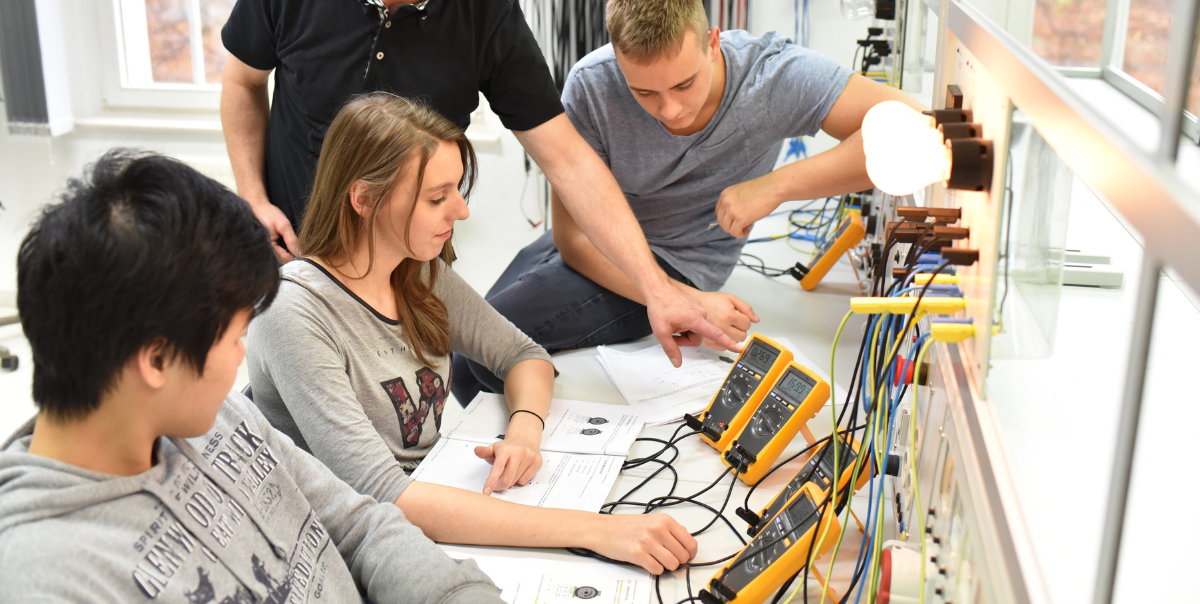
EV Charging
March 28, 2023
Which EV Charging Options Are Best for Mixed-Use, Commercial, and Multifamily Properties?
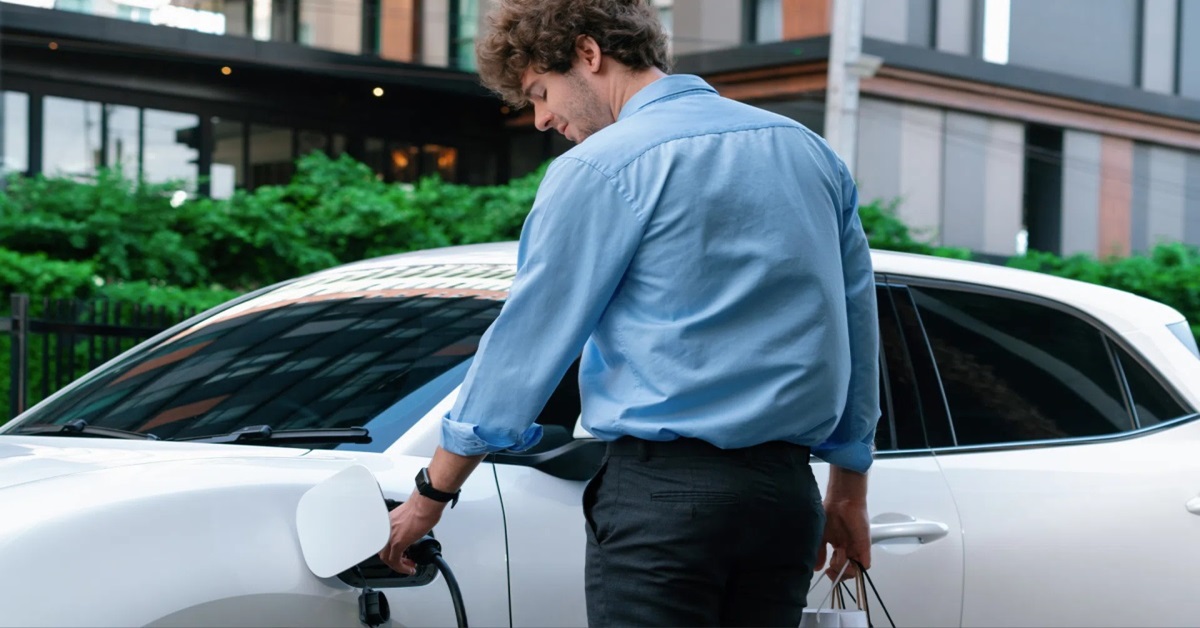
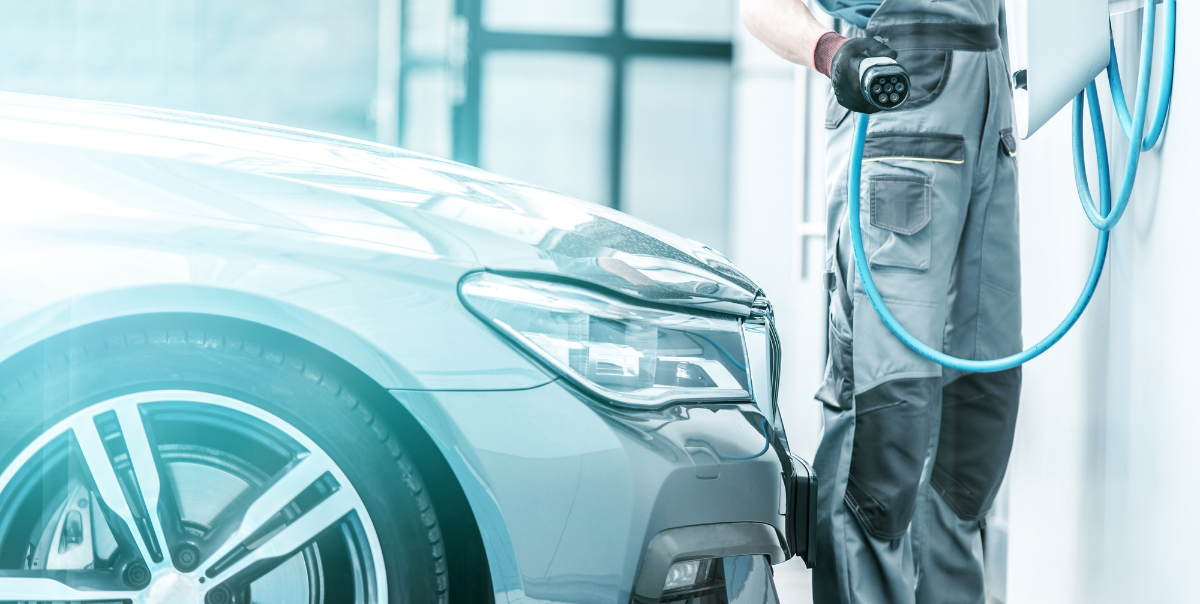
EV Charging
March 21, 2023
How to Evaluate Which EV Charging Station Solution Fits Your Electric Vehicle Fleet Needs
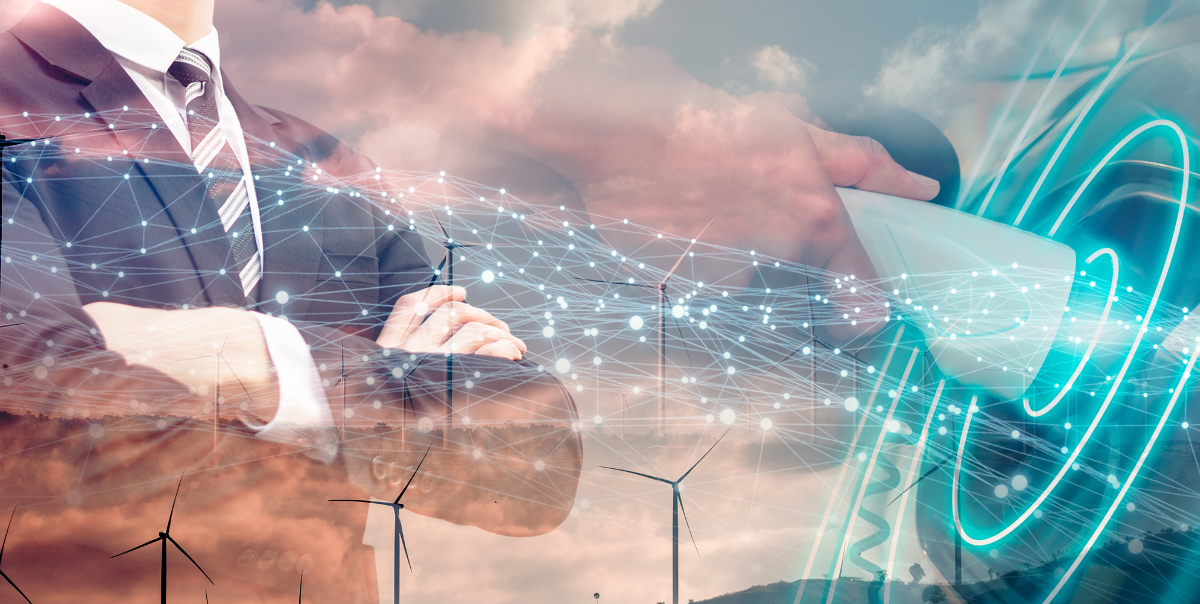

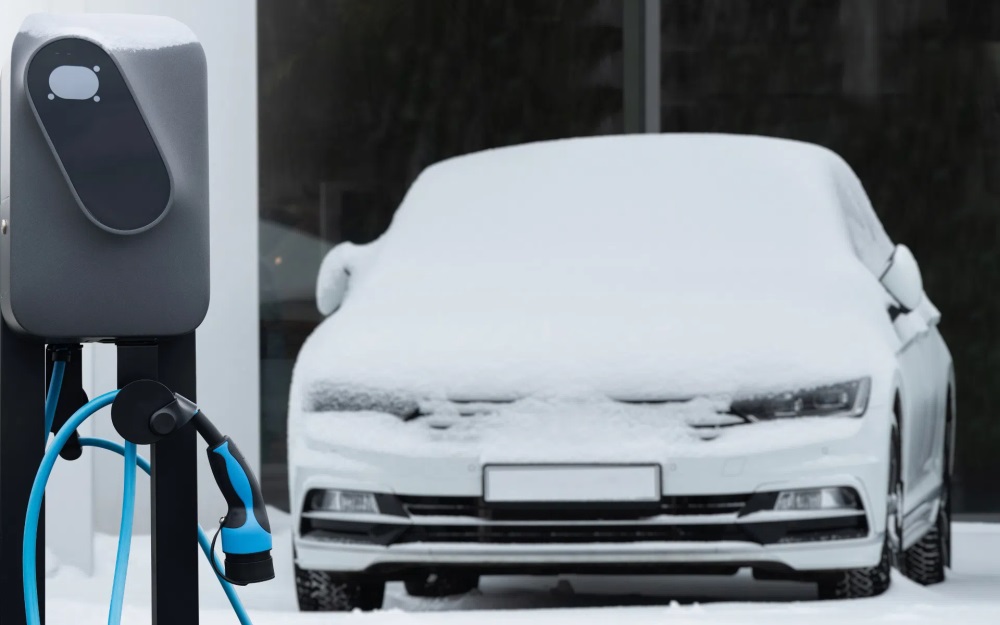
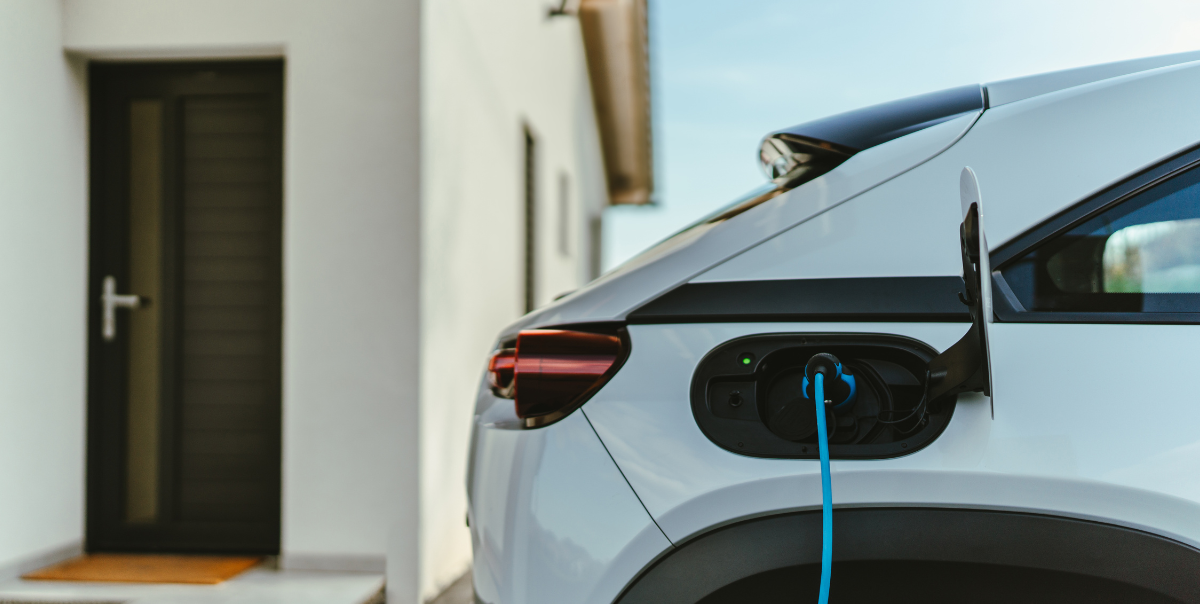

EV Charging
March 7, 2023
Bidirectional Charging Can Make America EV-Ready and Usher in a New Energy Era
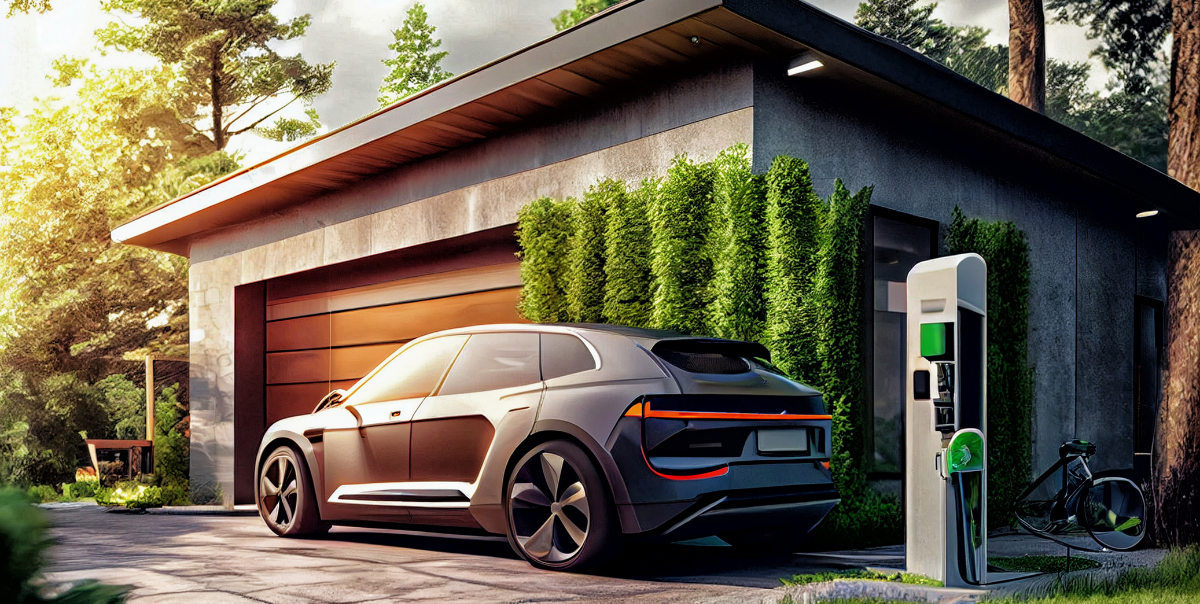
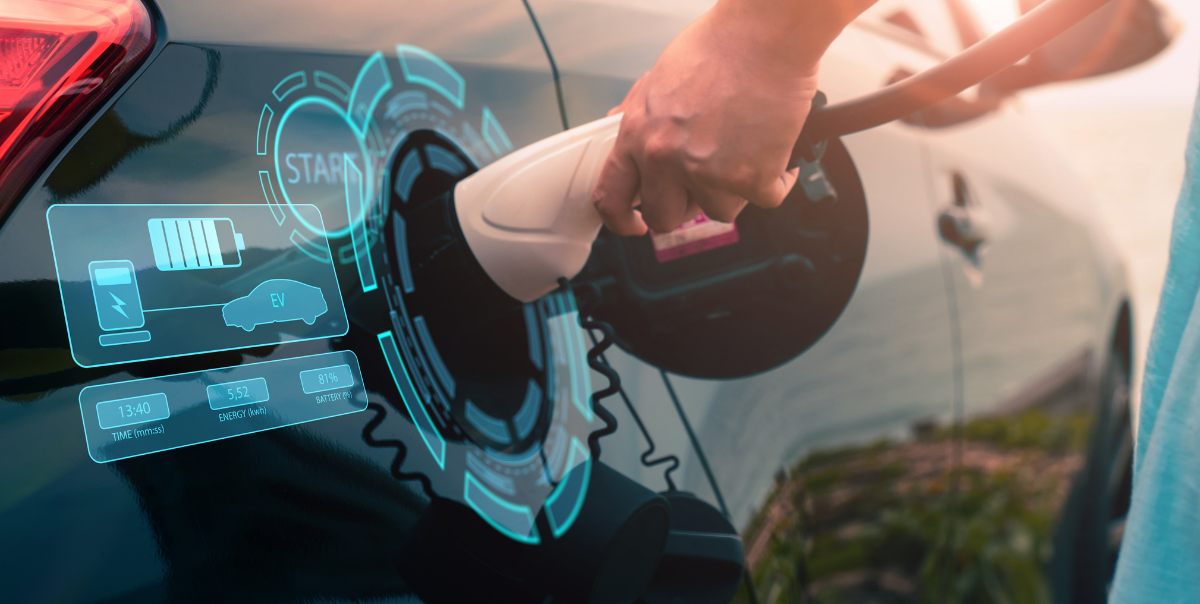

EV Charging
February 28, 2023
California Takes the Lead: EV Adoption and Electrification Initiatives of the Golden State

EV Charging
February 14, 2023
The Electrifying Question: How Long Does It Take to Charge an Electric Vehicle (EV)?
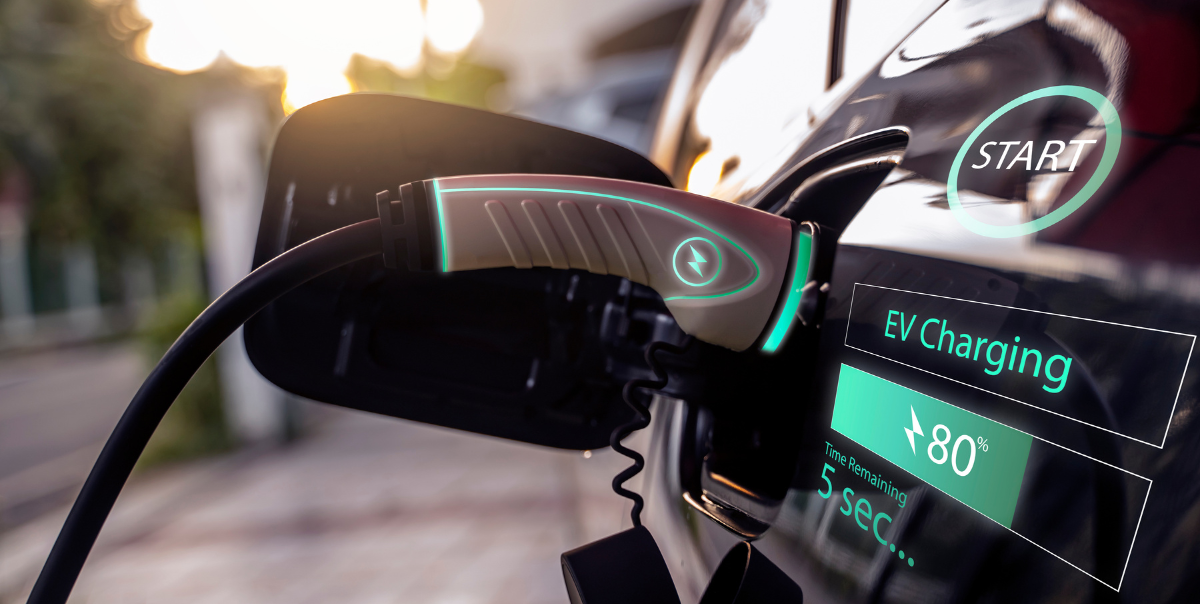
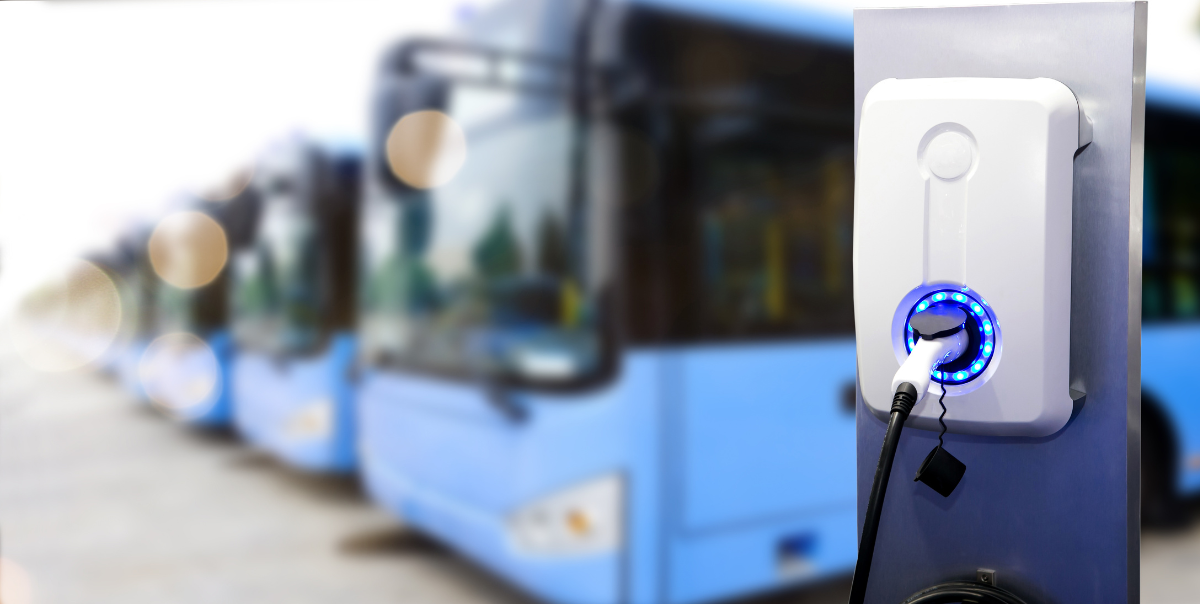
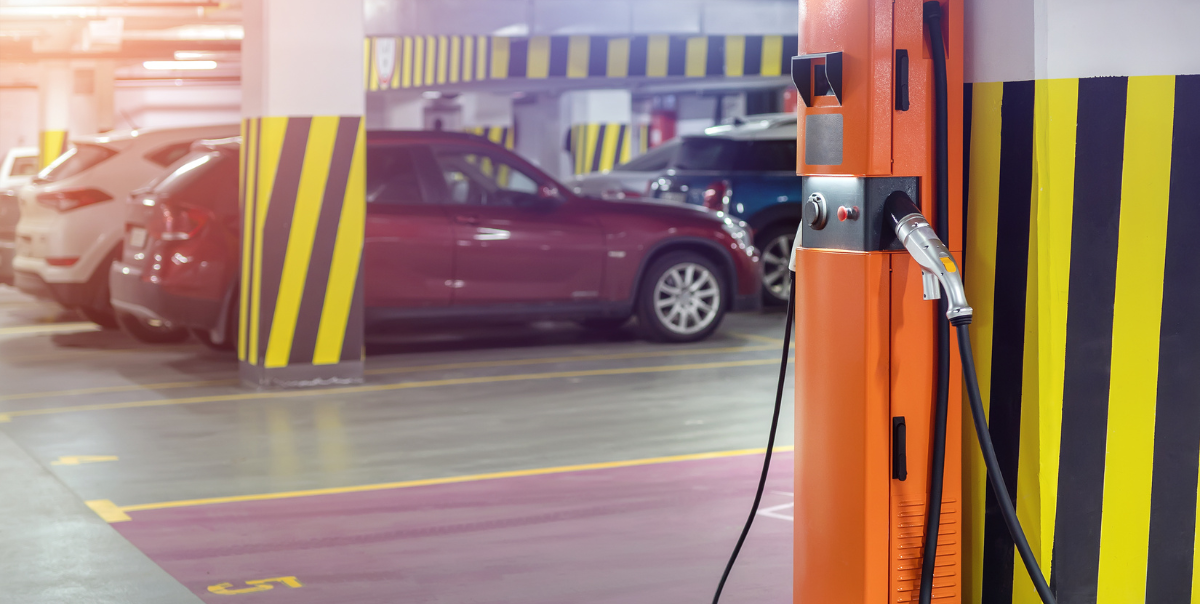
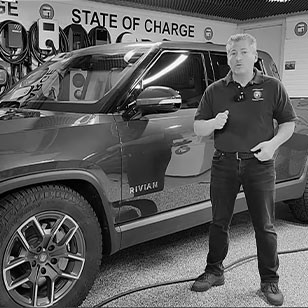
EV Charging
January 17, 2023
Load Shedding Can Be a Viable Panel Upgrade Alternative for EV Charging
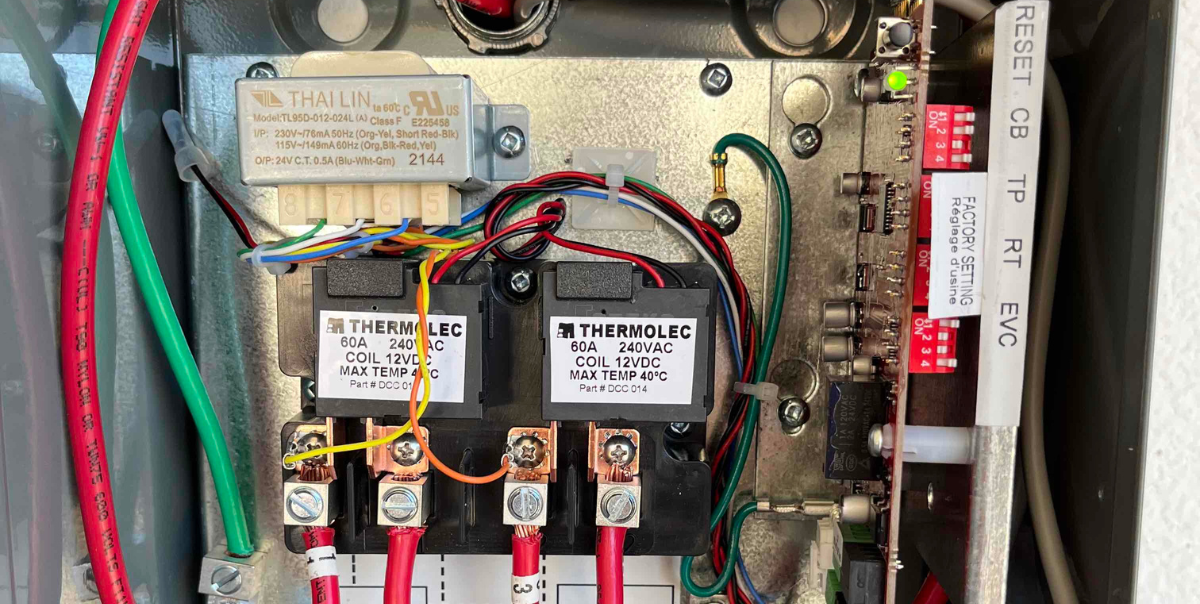
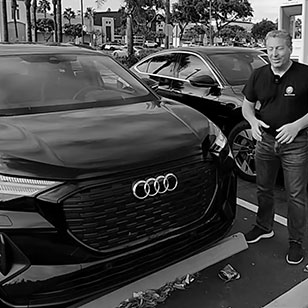

EV Charging
December 22, 2022
Preparing Electric Vehicle Fleets for the Rising Cost of Charging Equipment
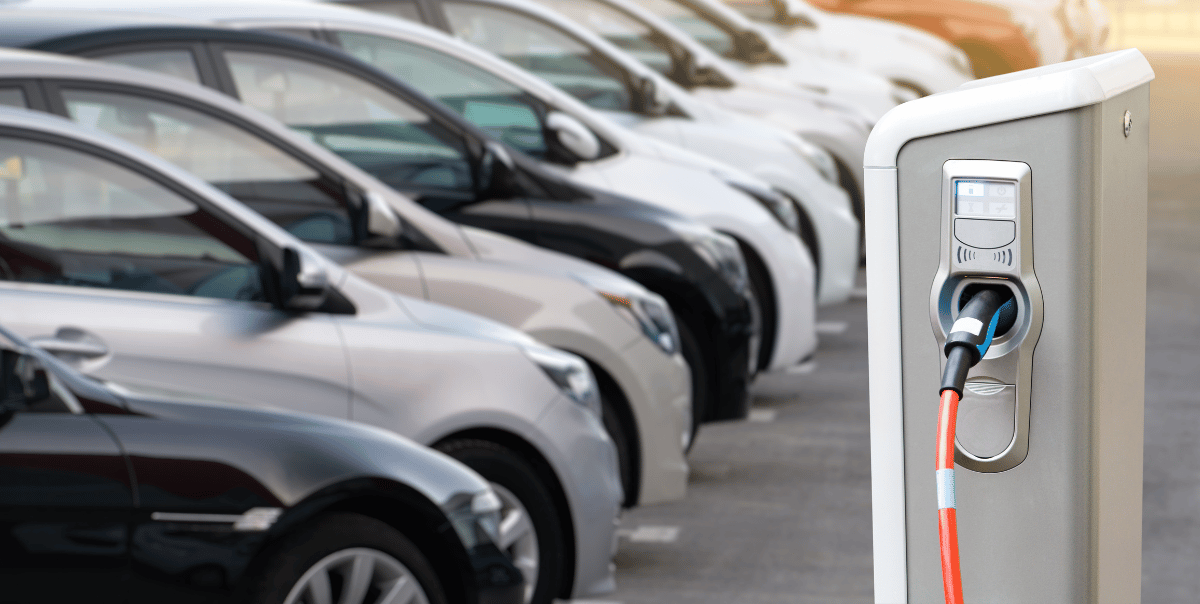
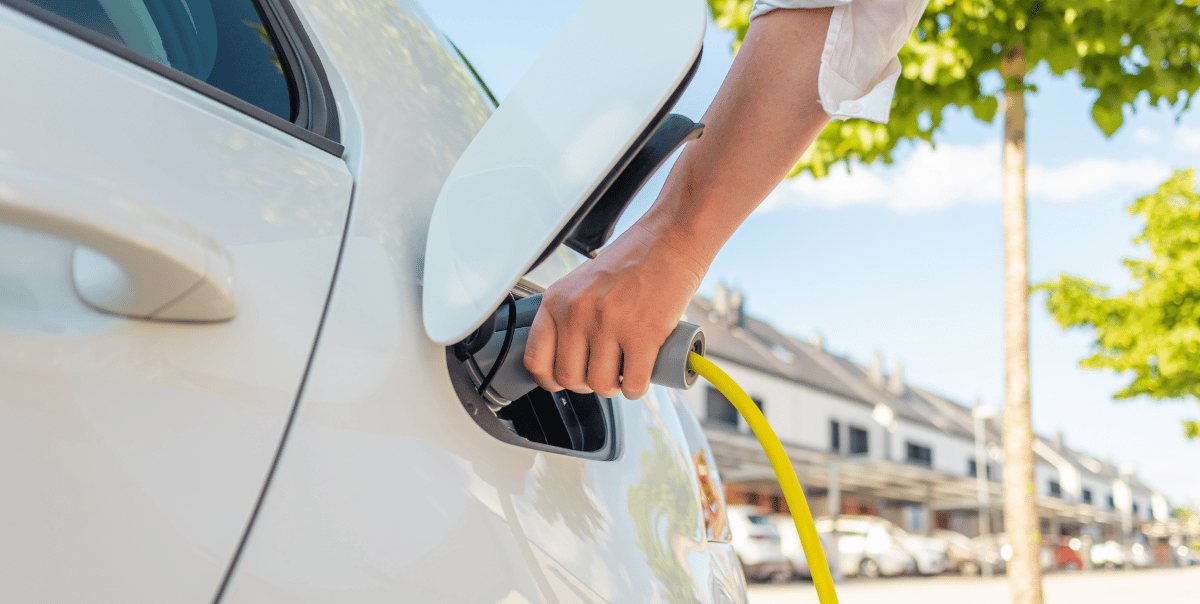
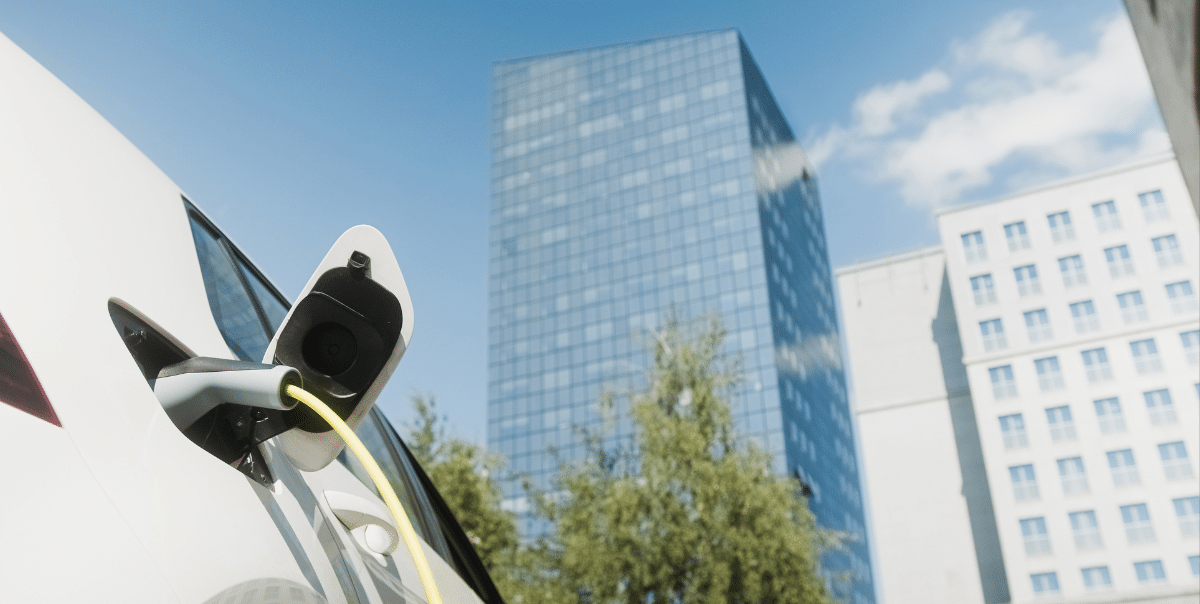
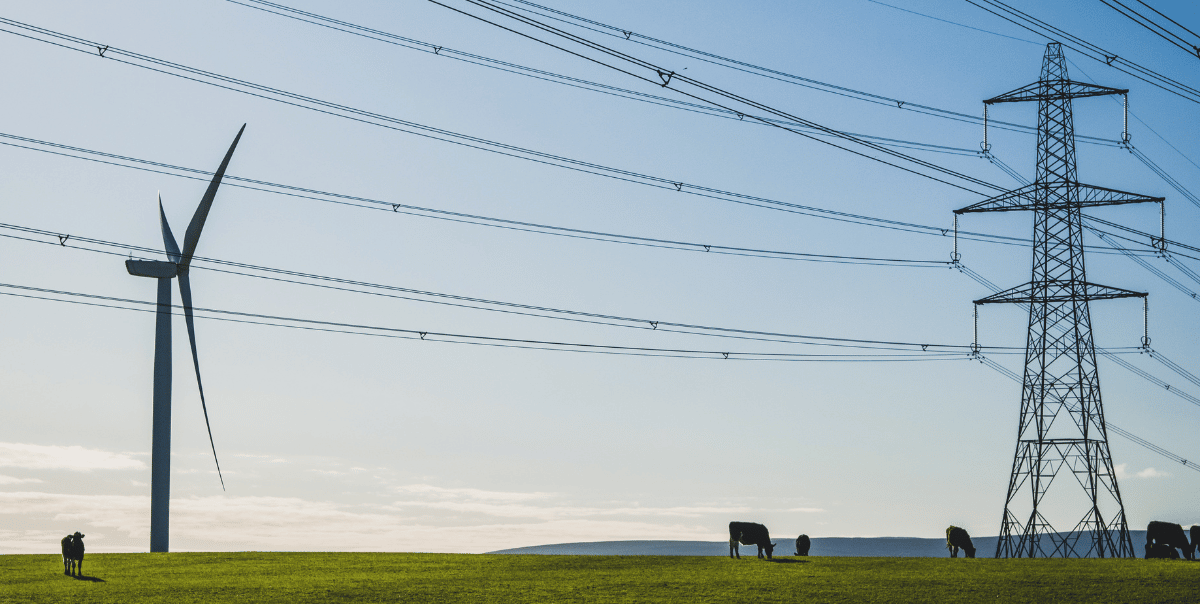
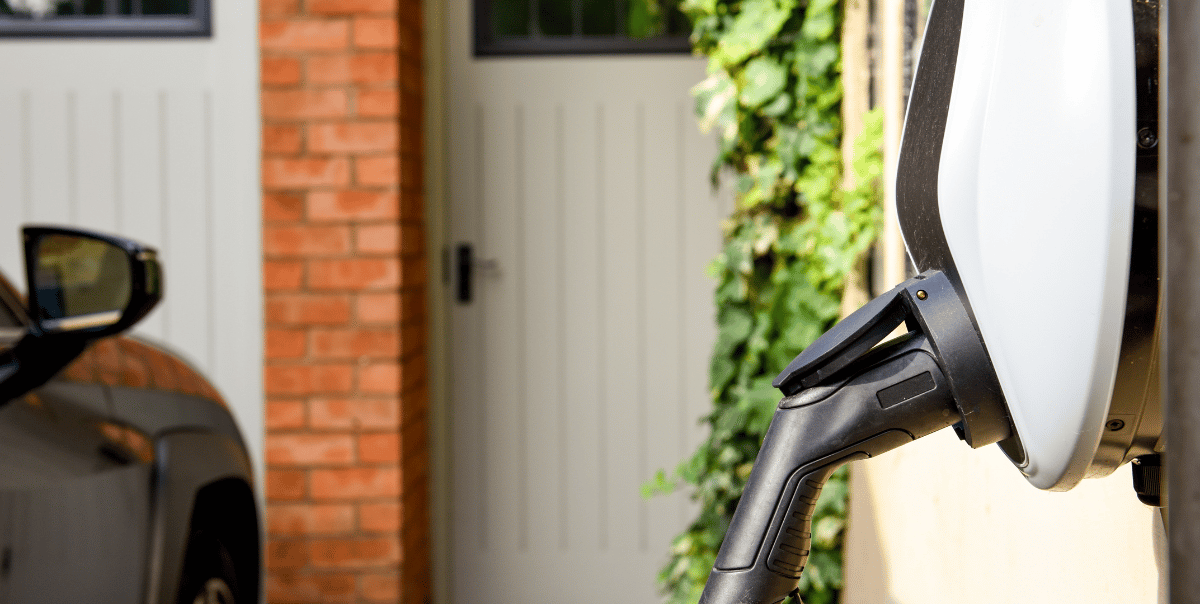
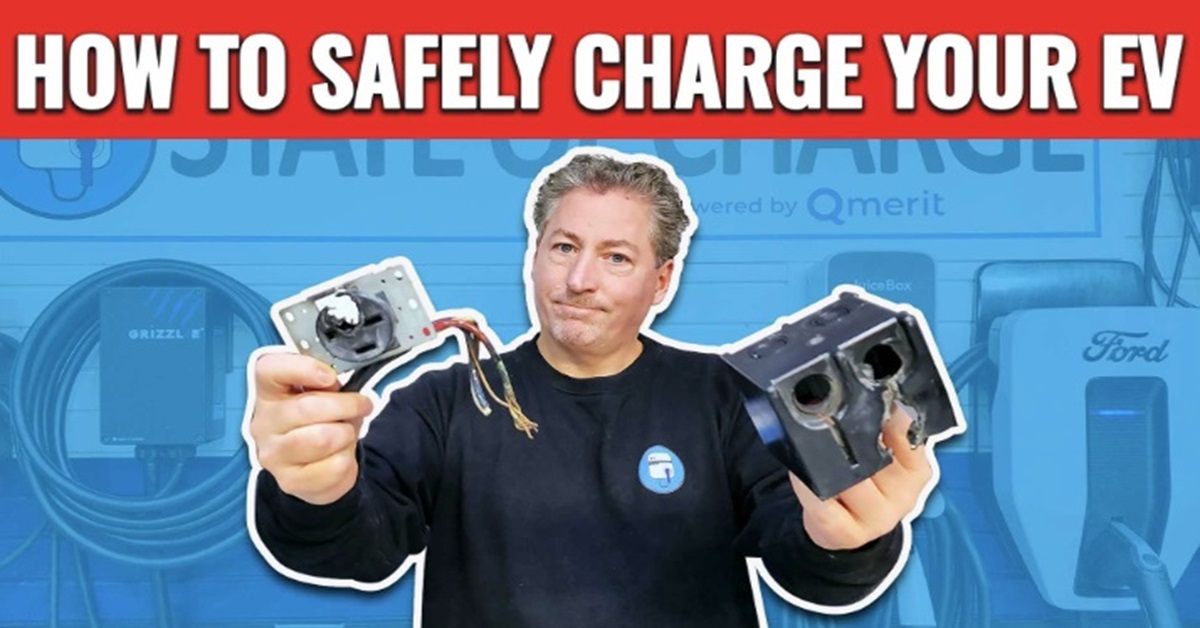
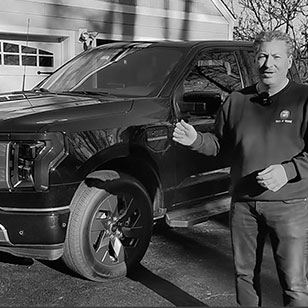
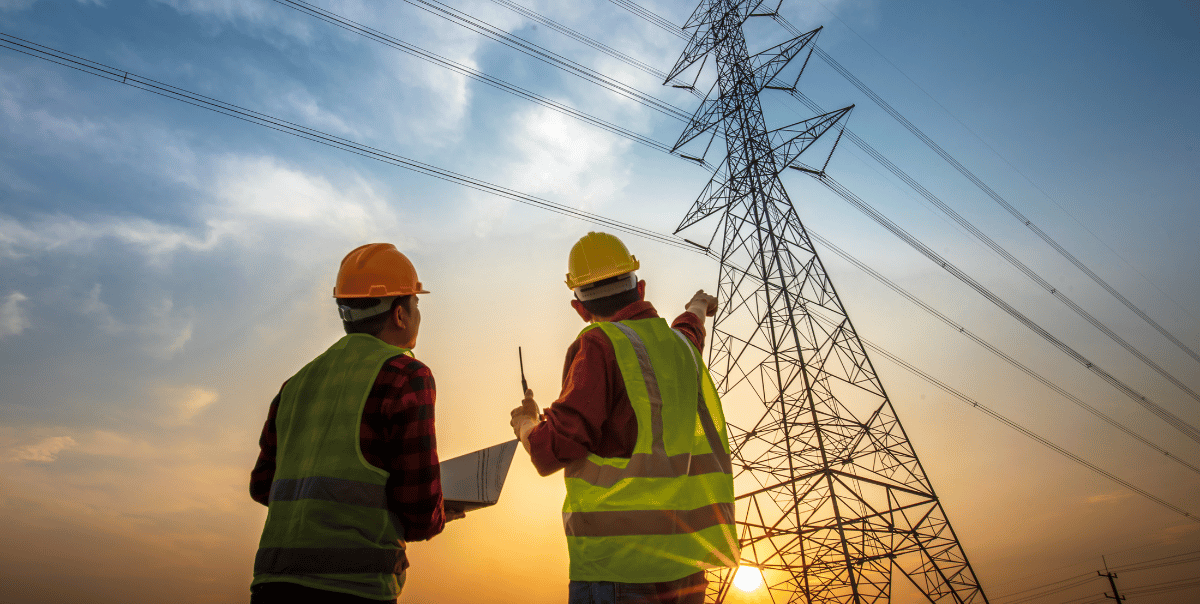
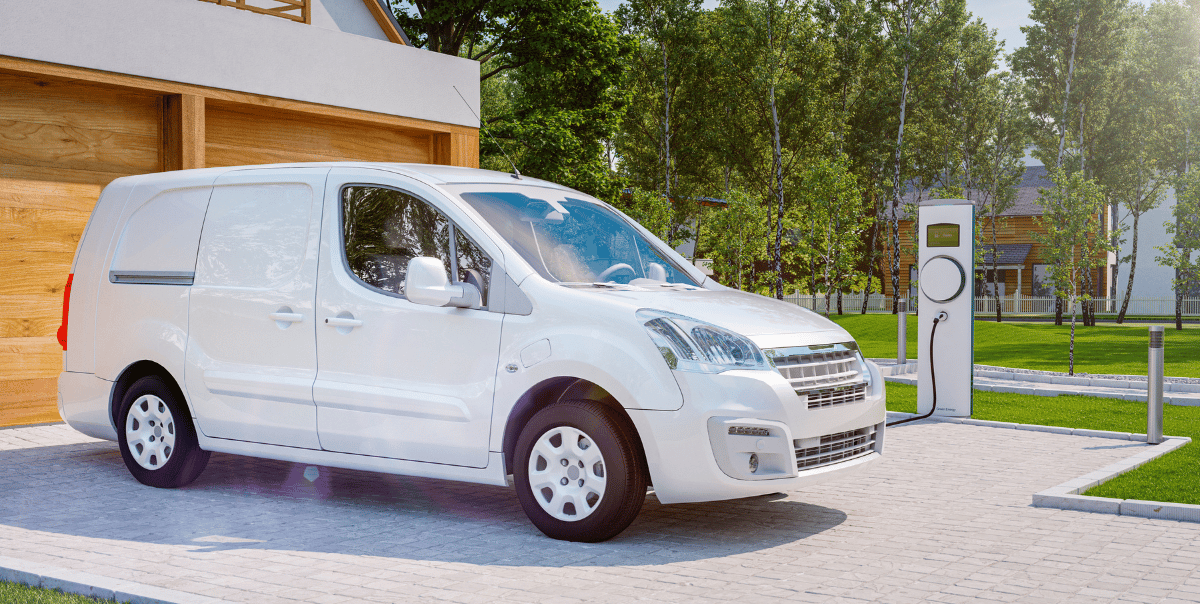
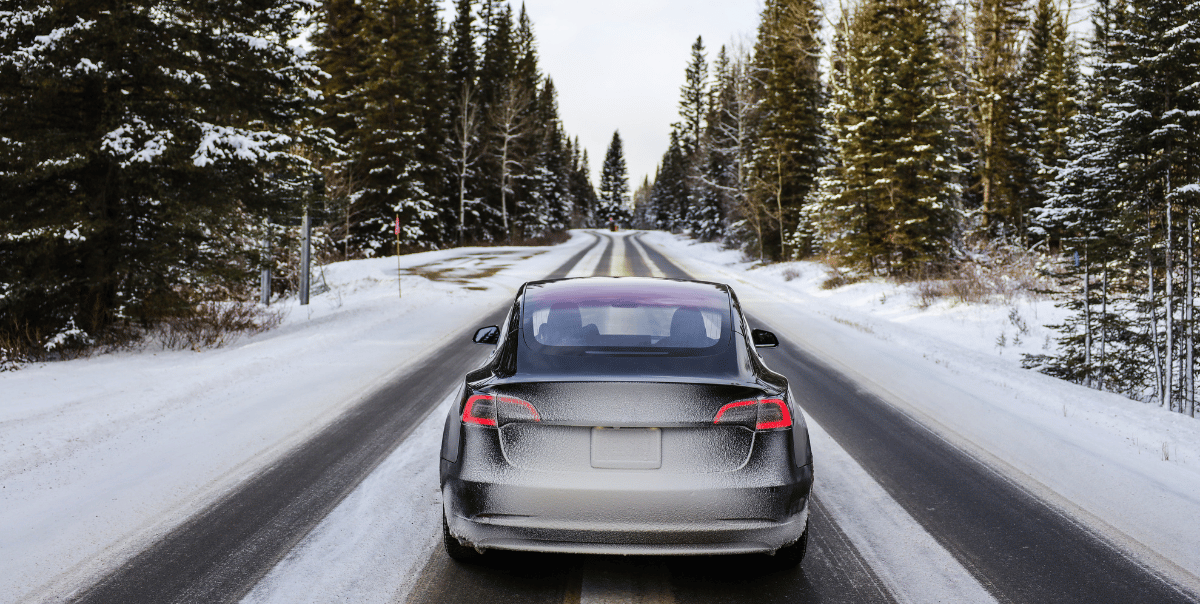
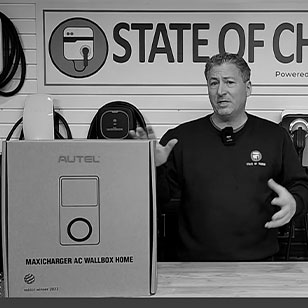
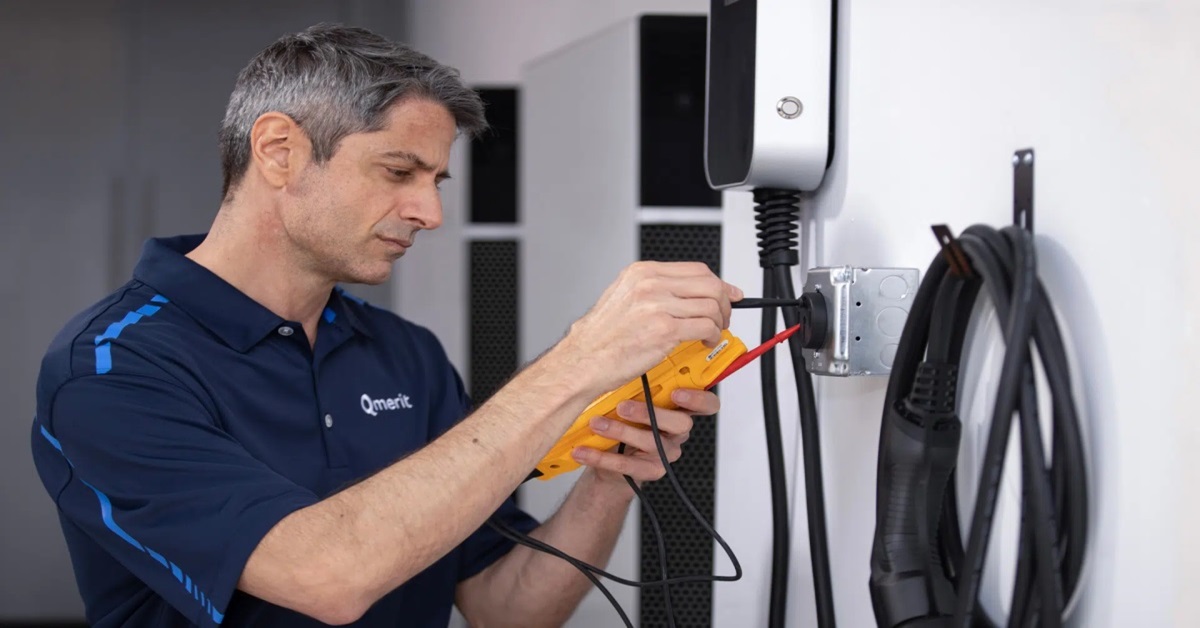
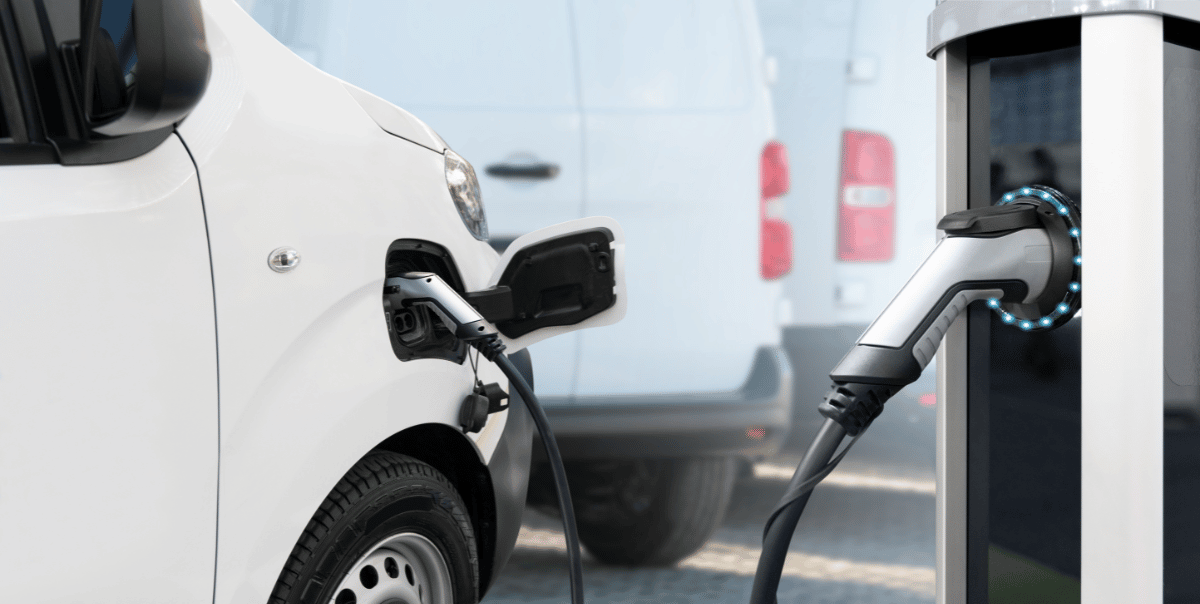
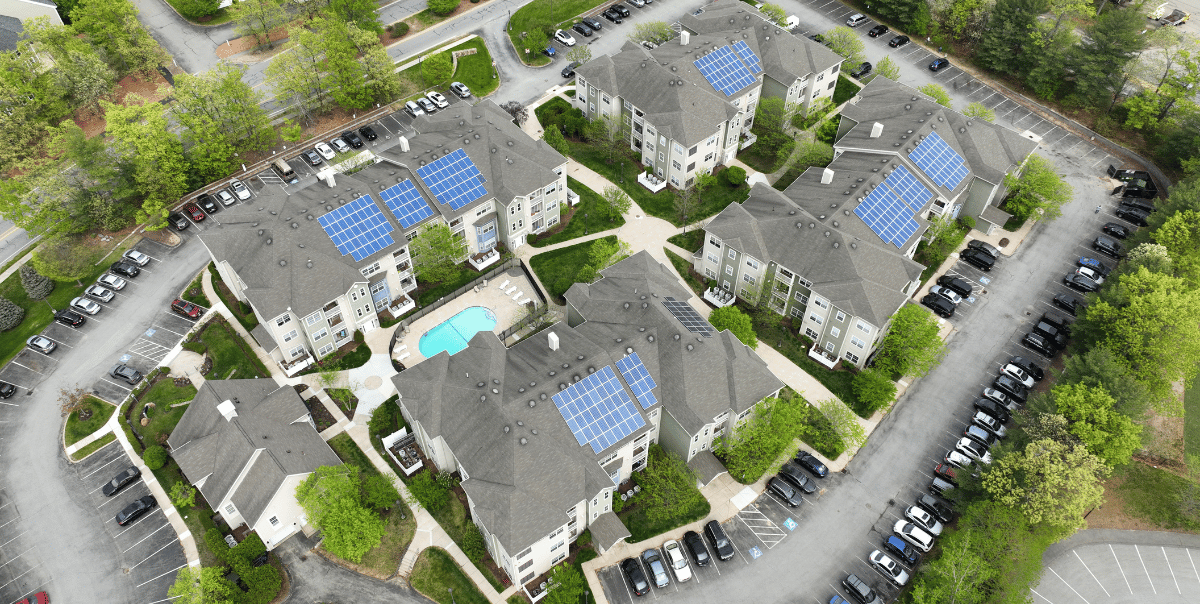
Product Review
November 3, 2022
GMC Hummer EV vs Rivian R1T vs Ford F-150 Lightning: The Battle For Electric Truck Supremacy

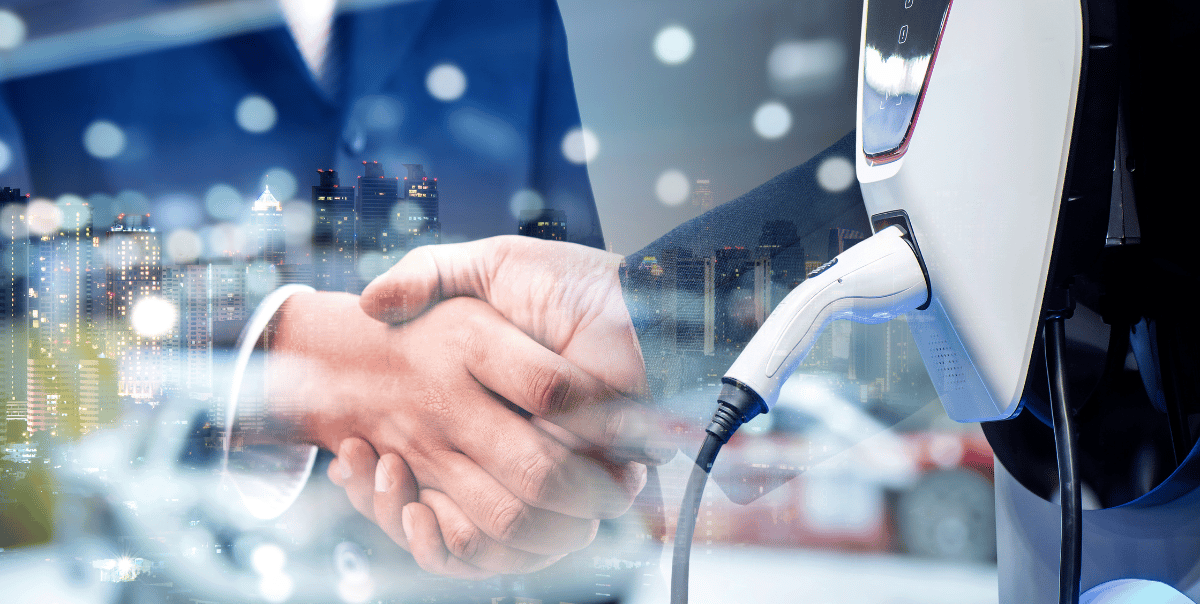
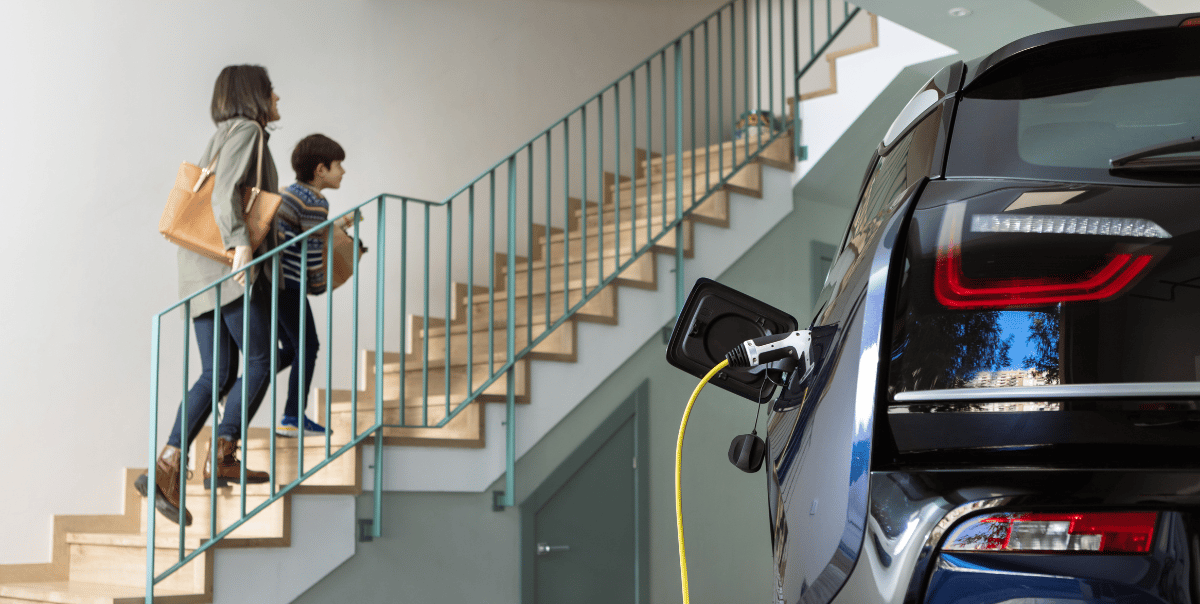

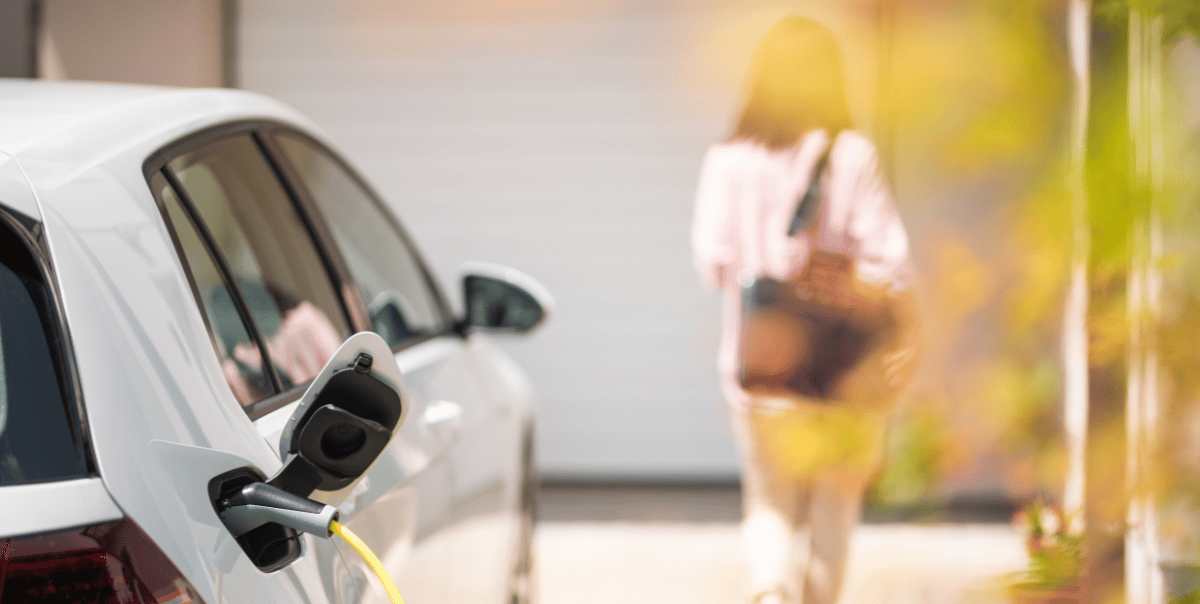
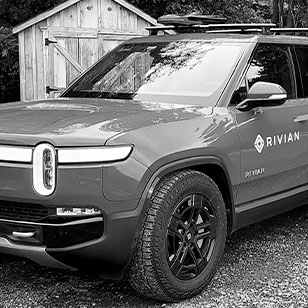
EV Charging
October 14, 2022
How the Electrification of Transportation Will Change the Utility Business

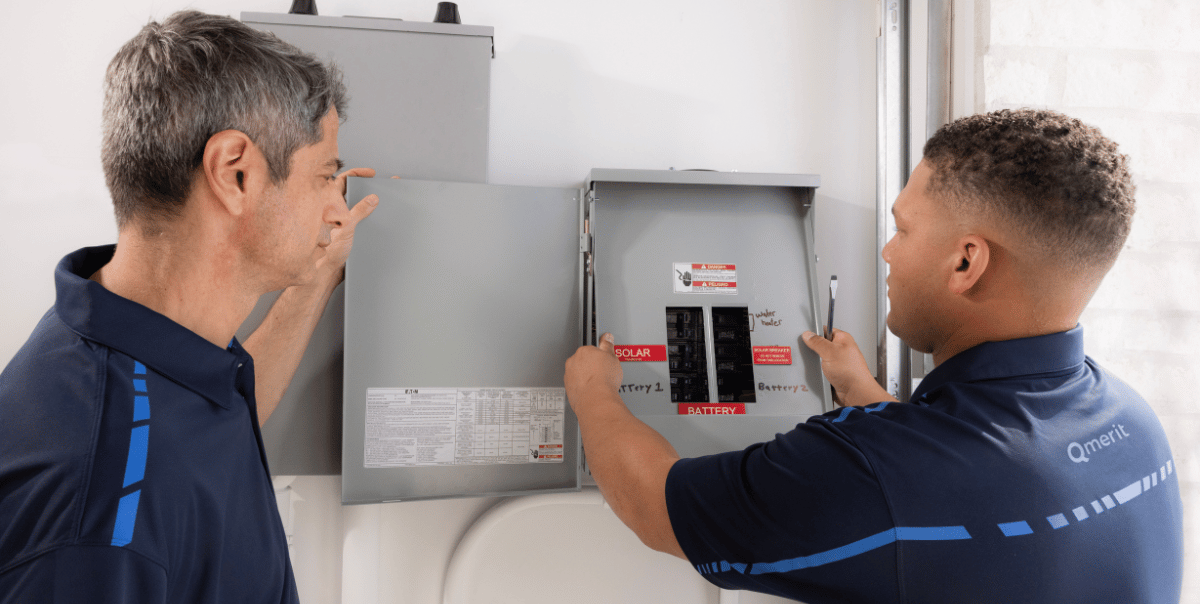
Product Review
October 8, 2022
I Explain How The Ford F-150 Lightning Charges Like NO Other Electric Vehicle
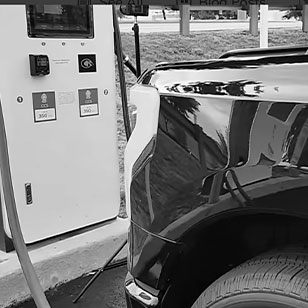

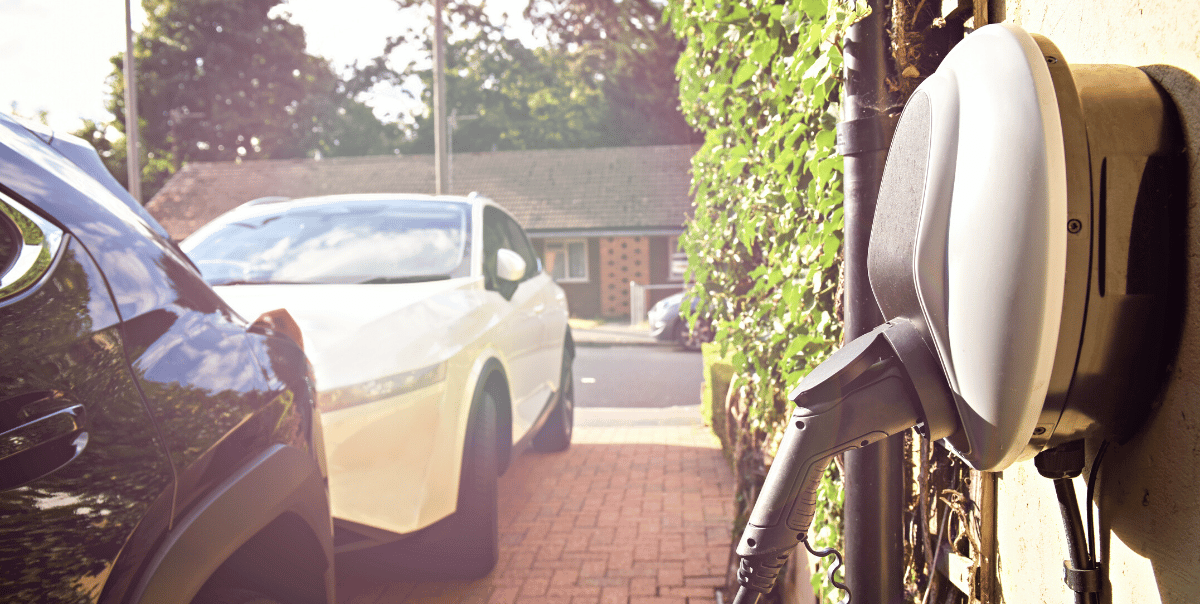
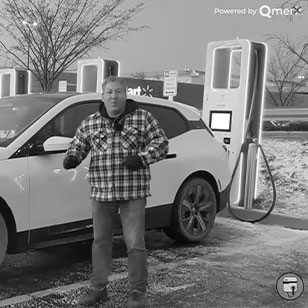
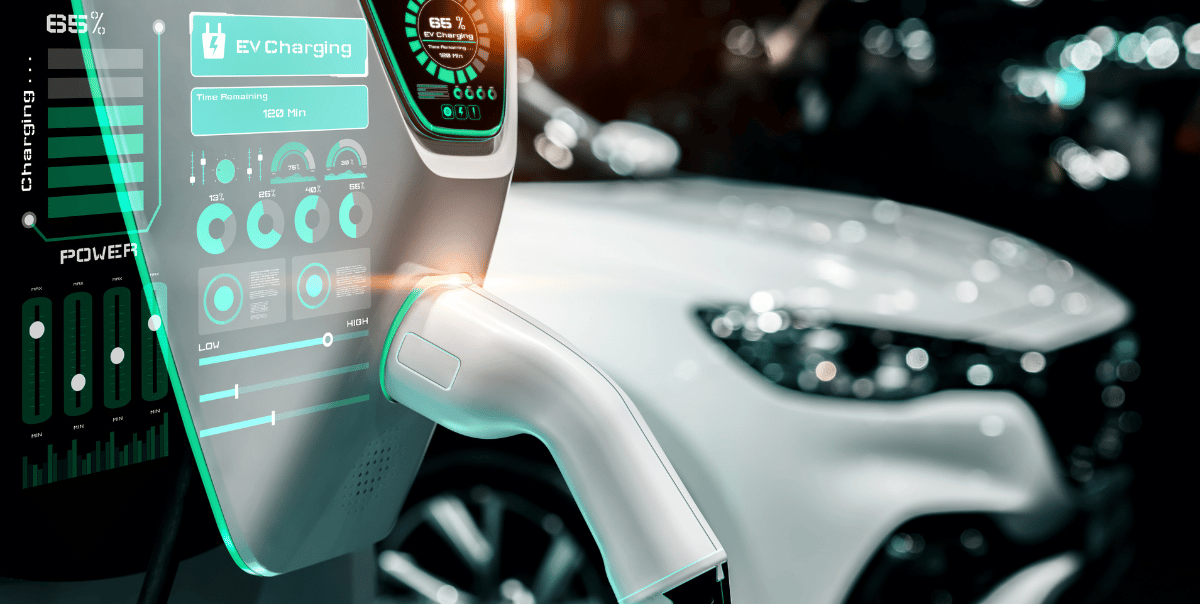
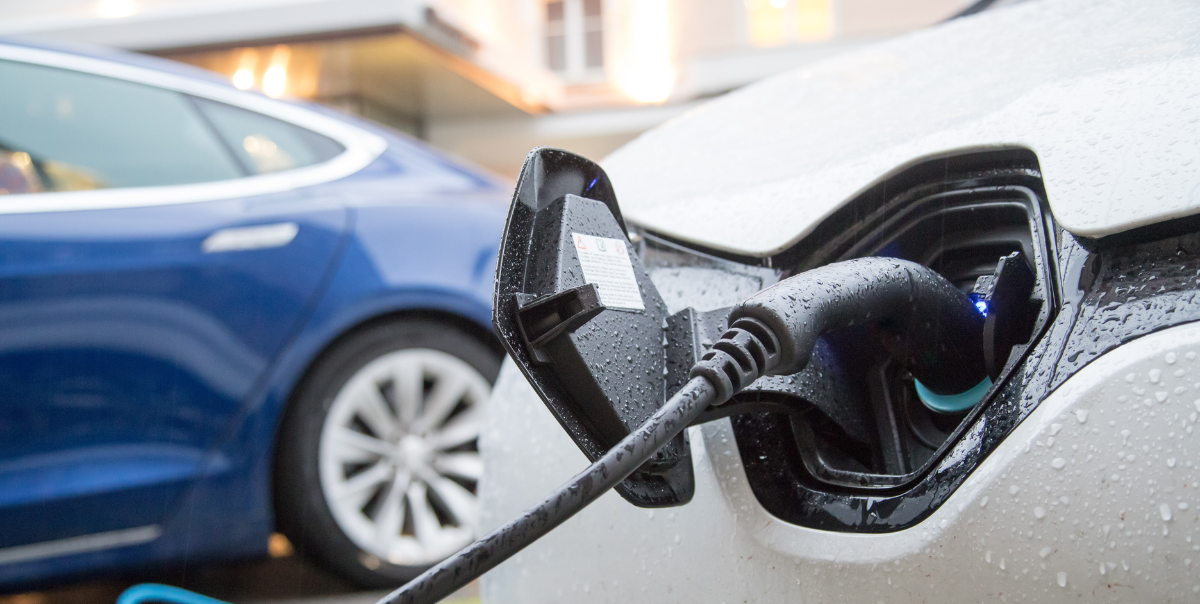

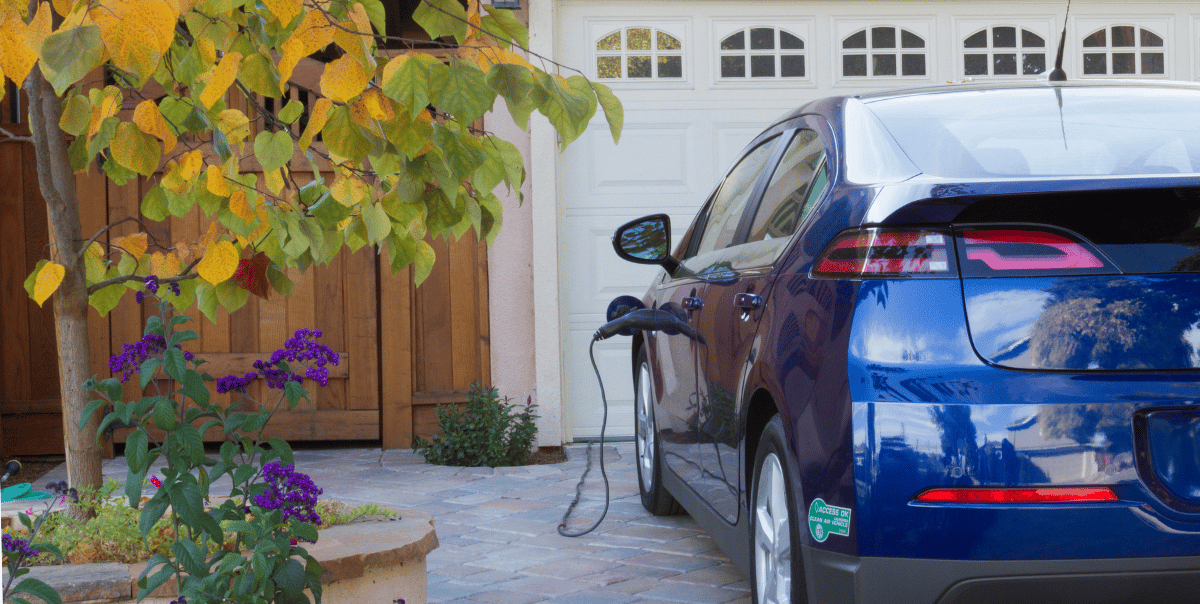

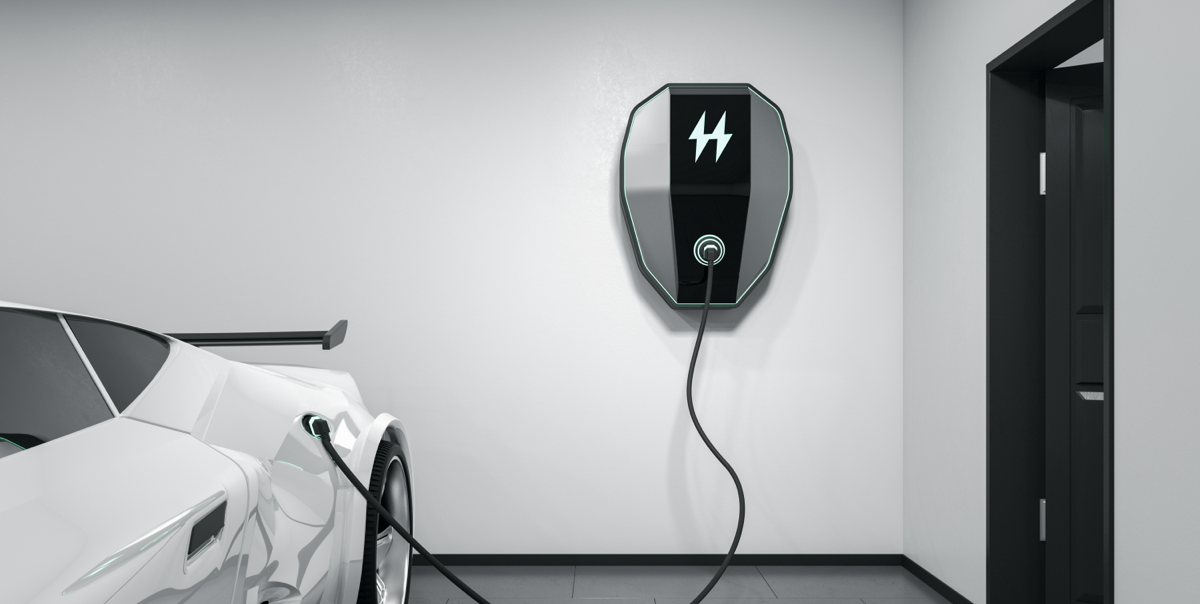
EV Charging
August 2, 2022
How Can Multifamily Owners Offset the Cost of EV Charger Installation in Their Properties?
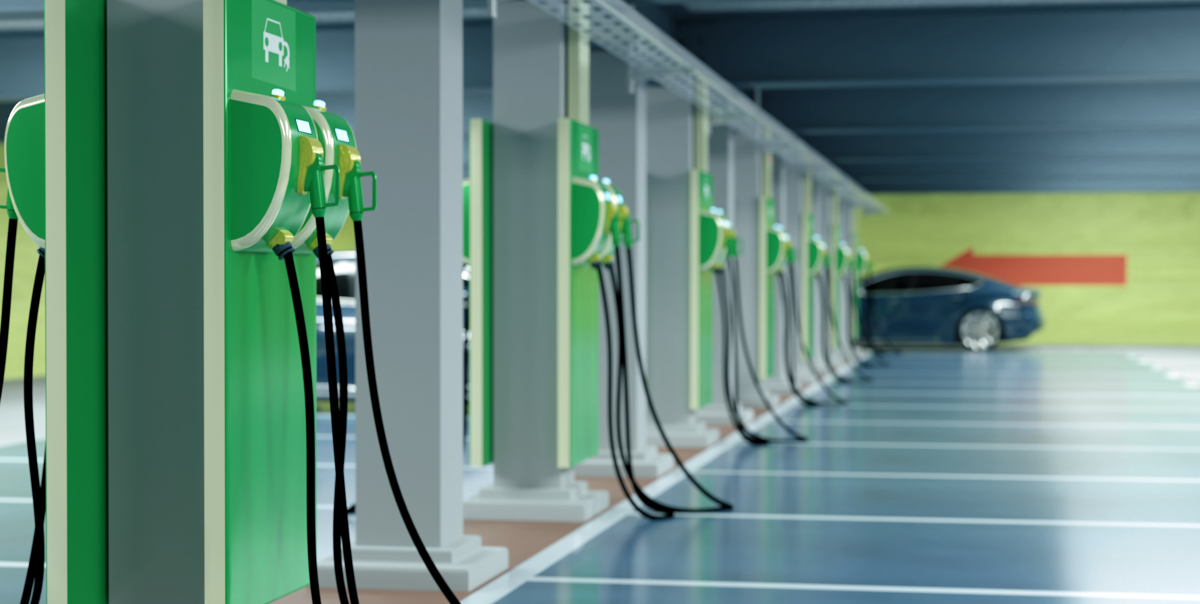
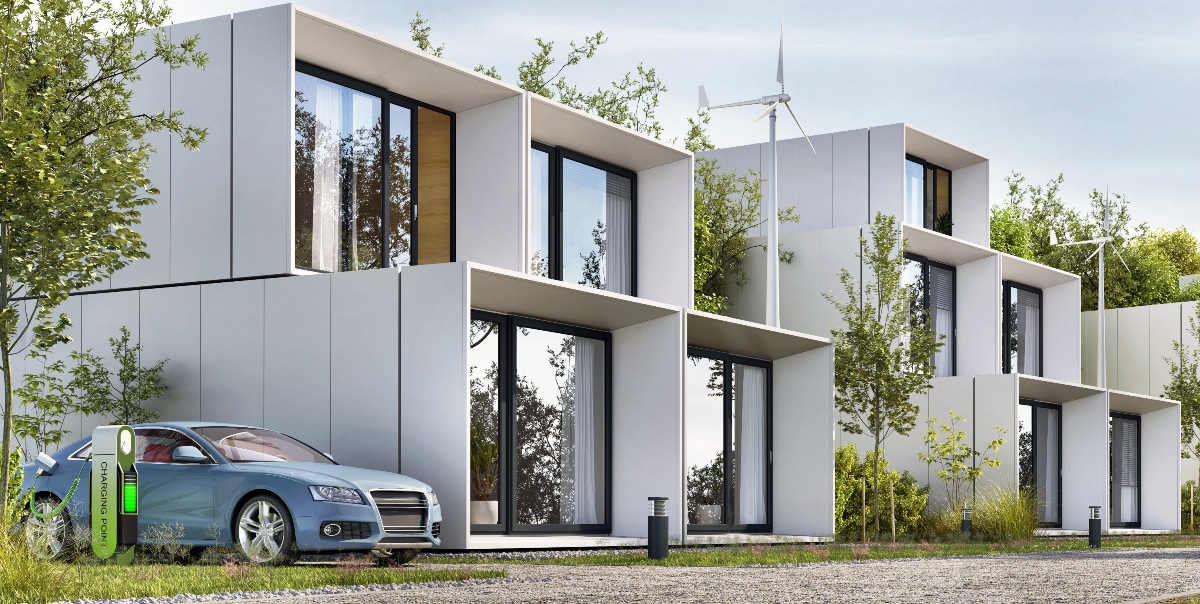
EV Charging
July 14, 2022
EV Charging: A Vital Amenity in the Multifamily Properties of Today and the Future
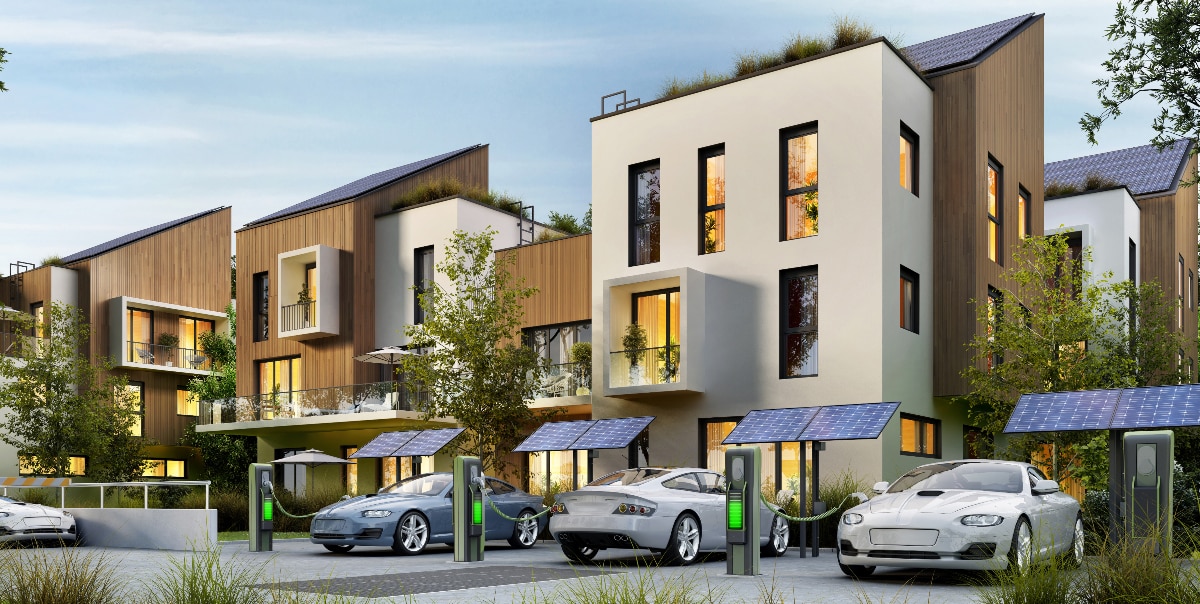
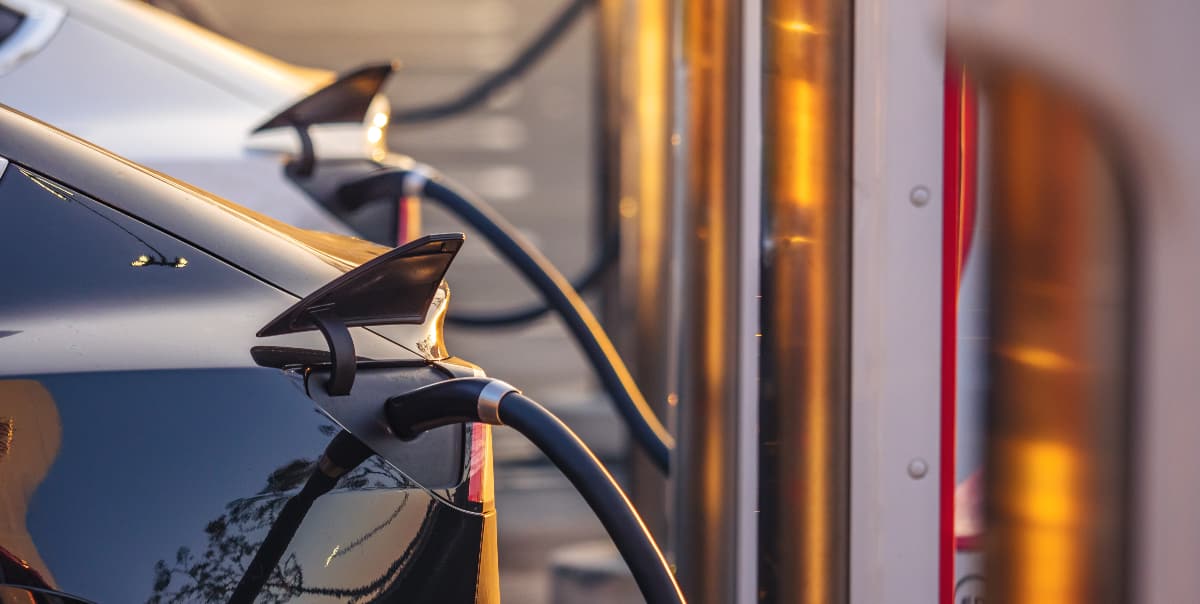
EV Charging
June 23, 2022
EV Charging: A Vital Requirement in the Multifamily Properties of Today and the Future
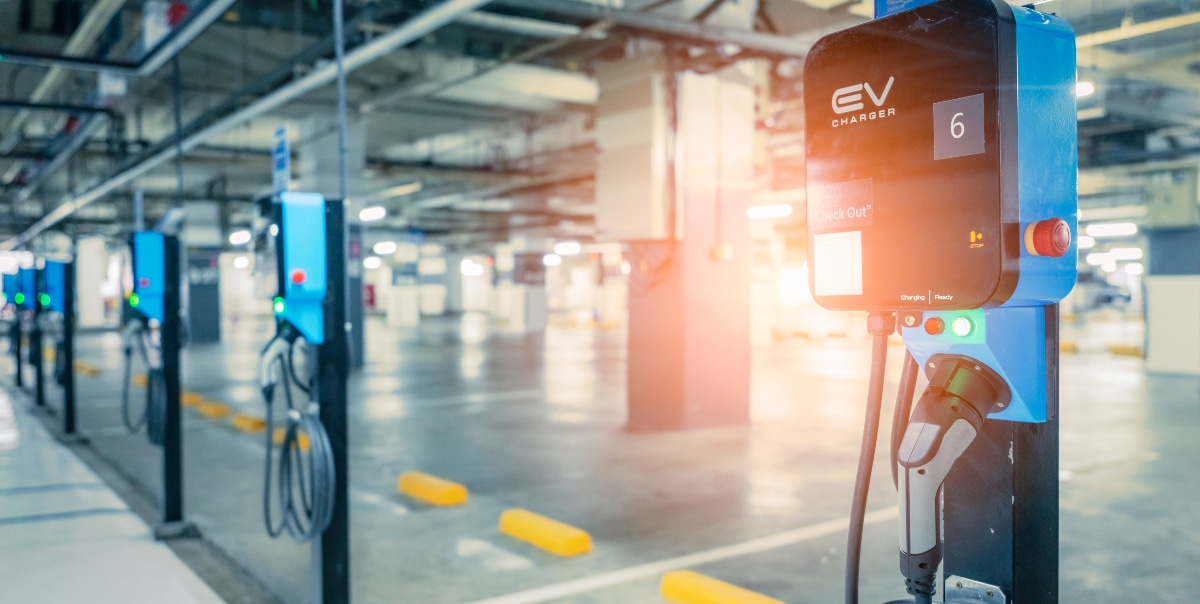

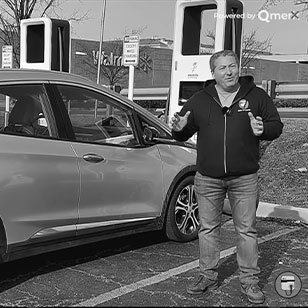



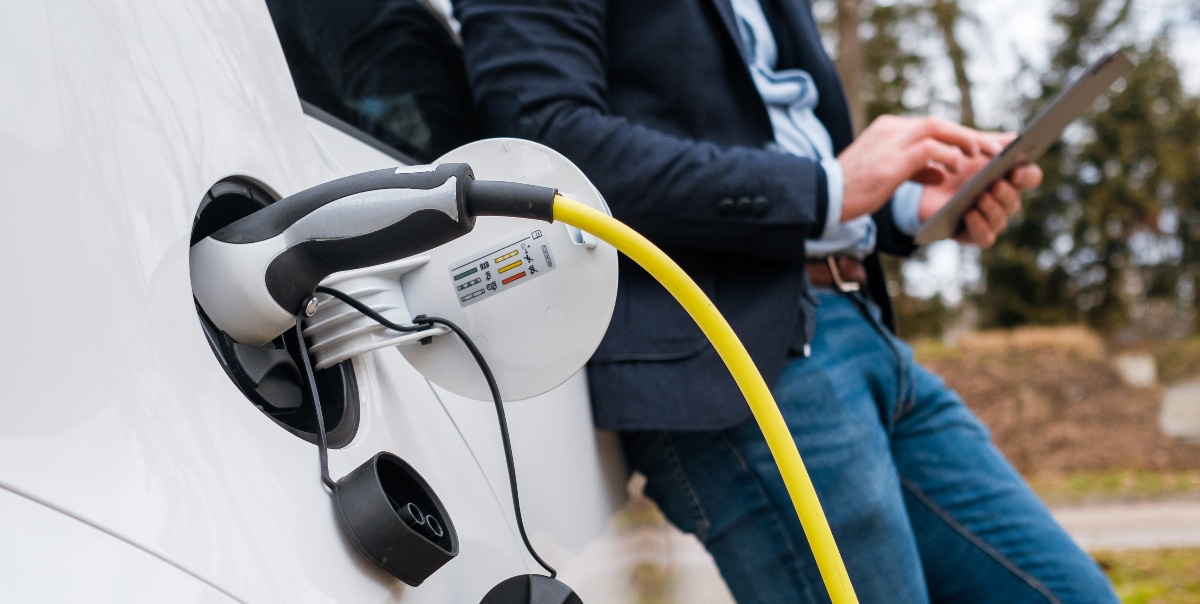
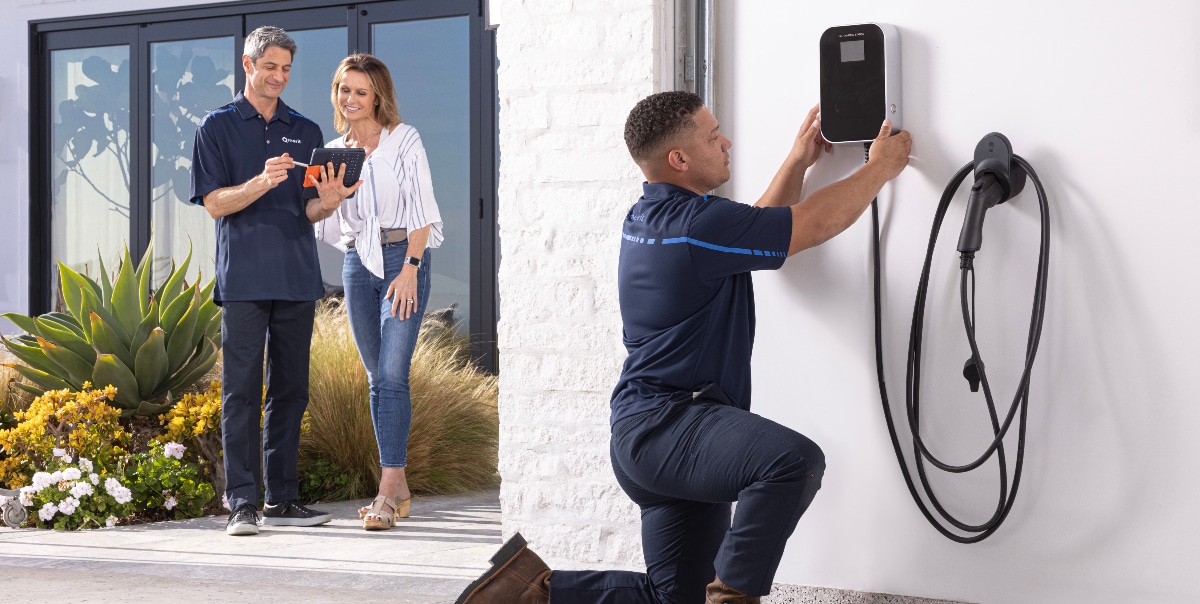


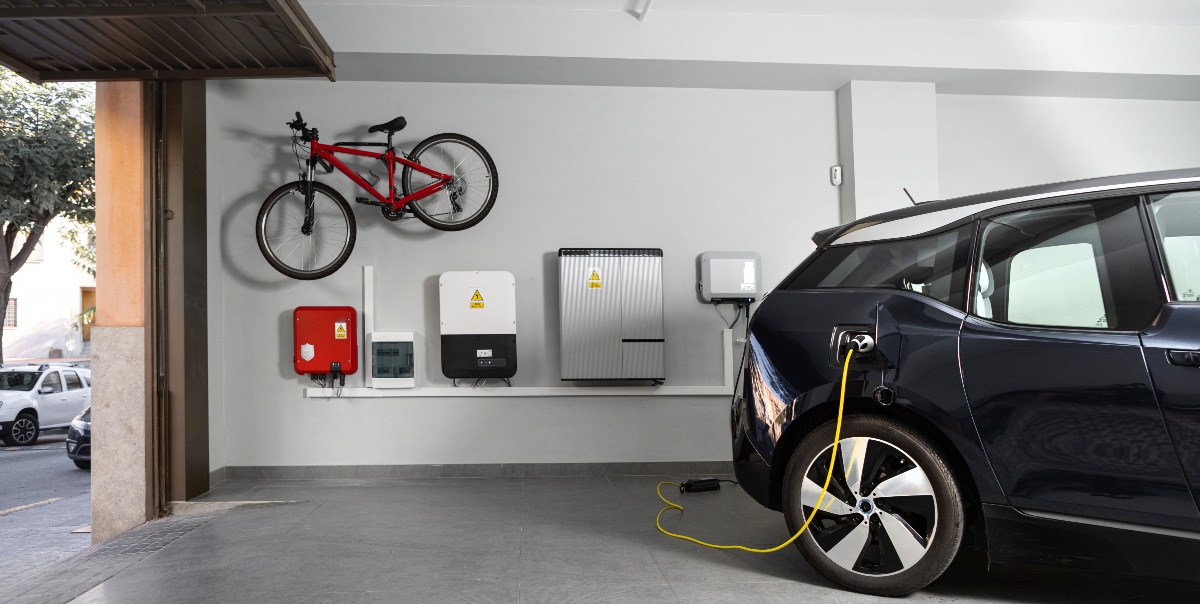
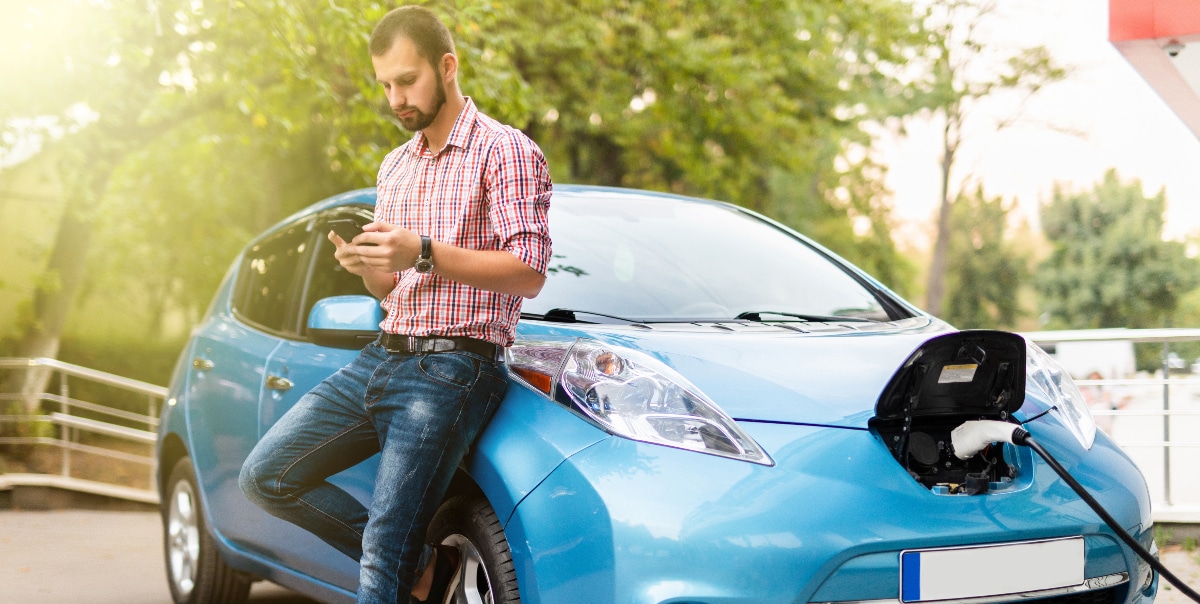
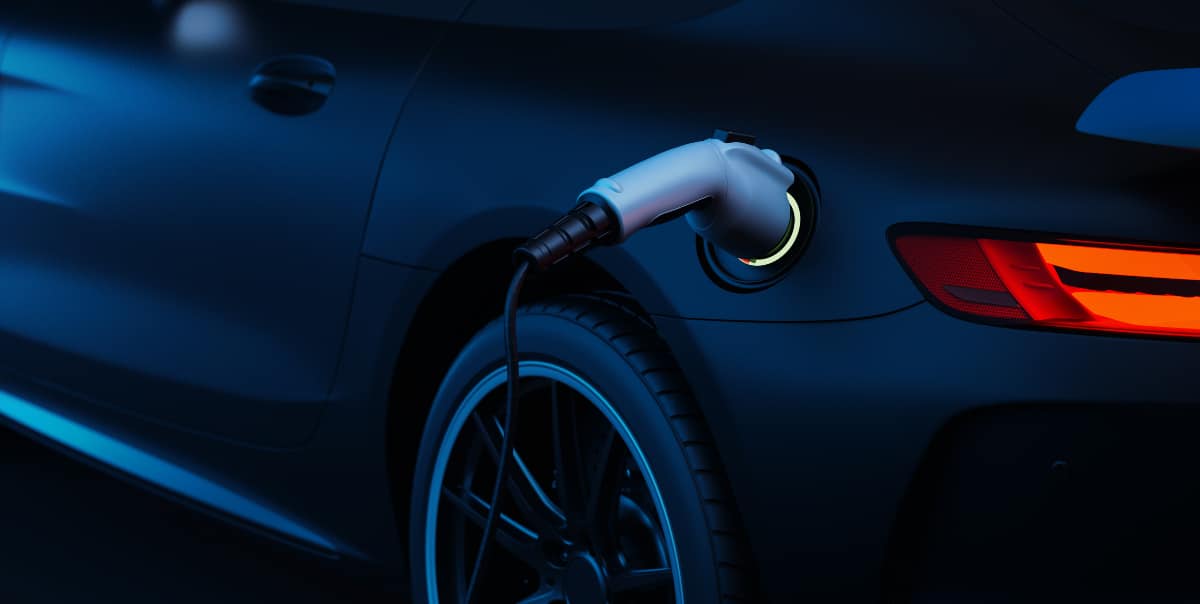
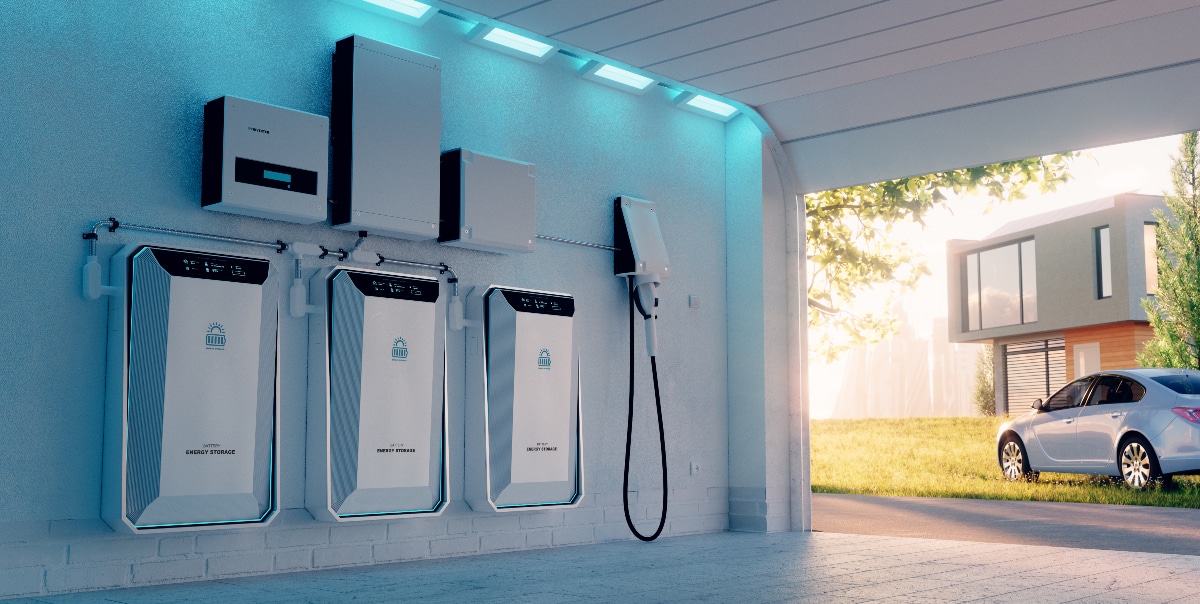
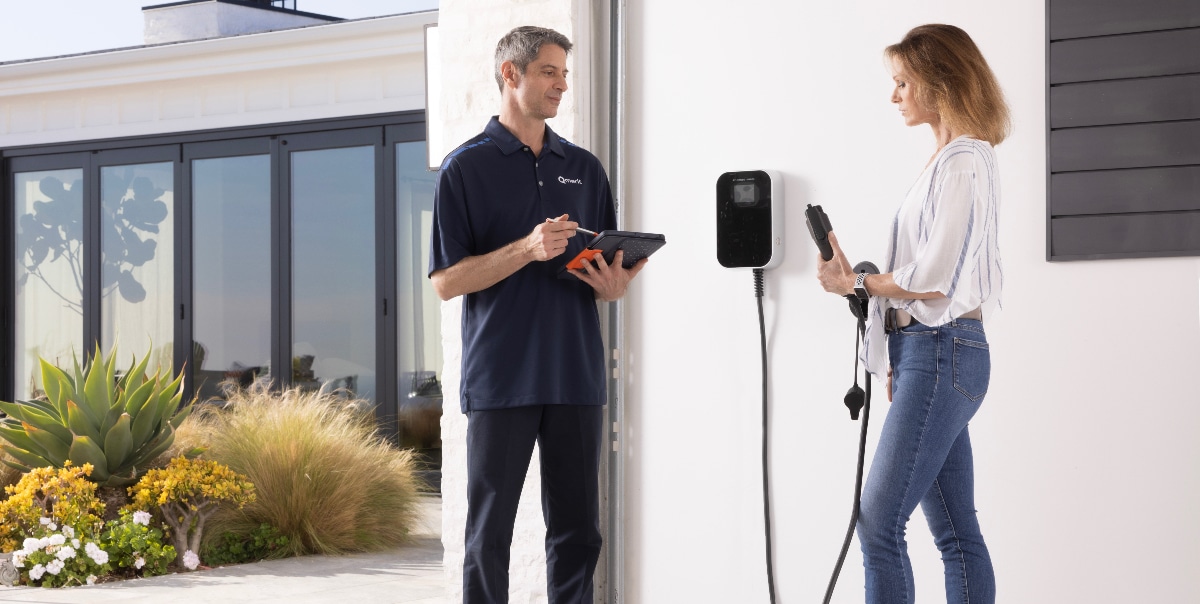
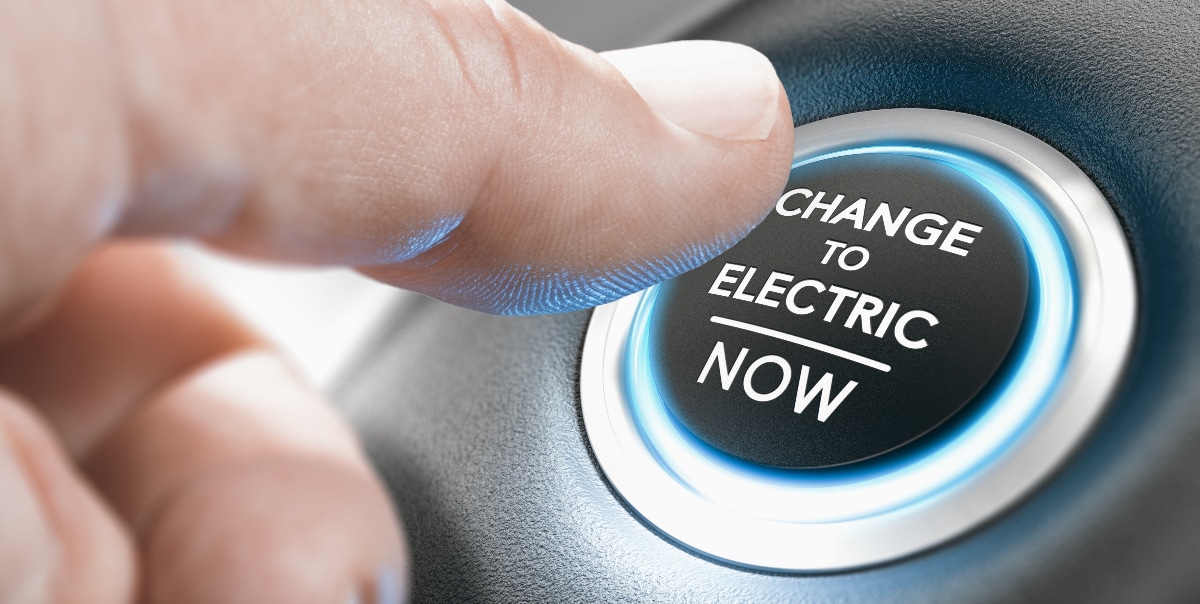
EV Charging
March 29, 2022
Everything You’ve Always Wanted to Know About Getting an EV Home Charger (But Were Too Afraid to Ask)
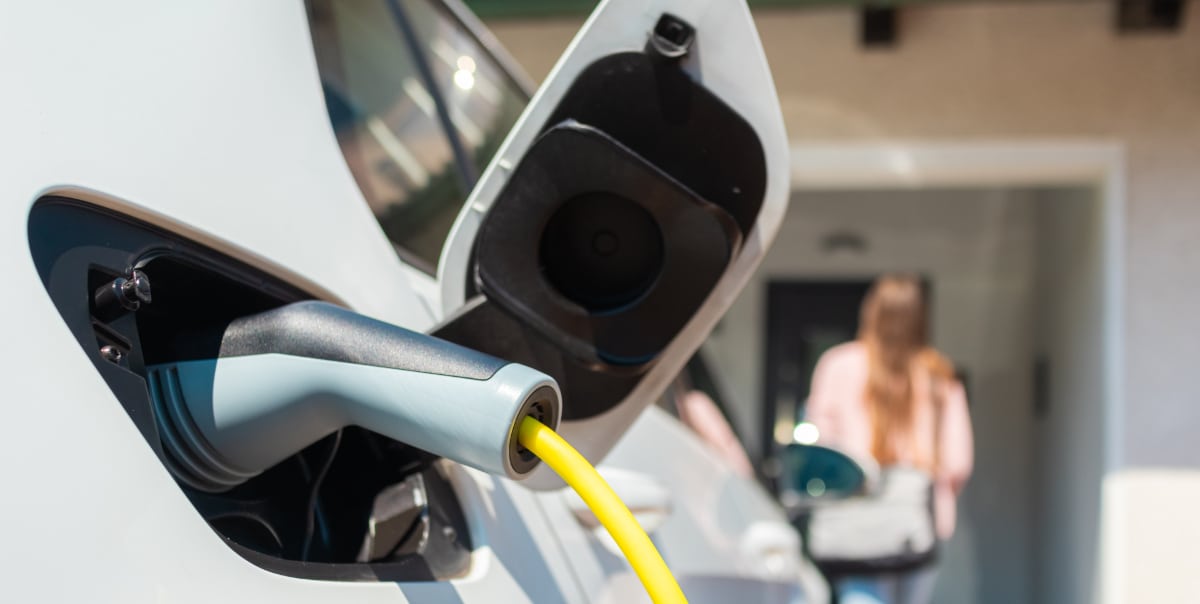
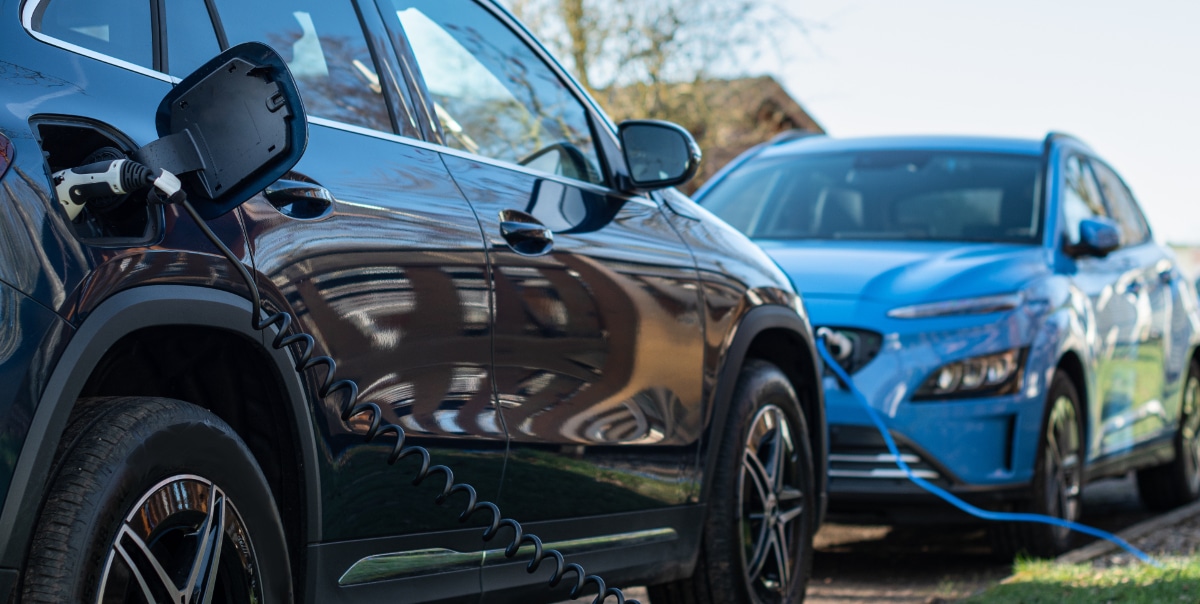
EV Charging
March 10, 2022
How long does it take to charge an electric car at a public charging station?
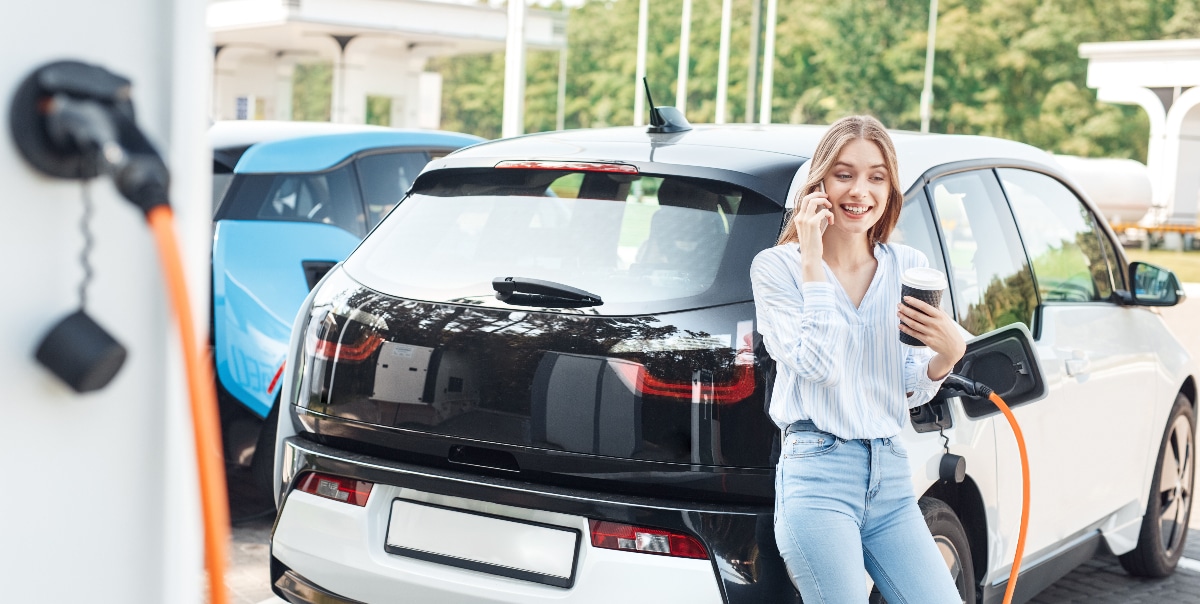
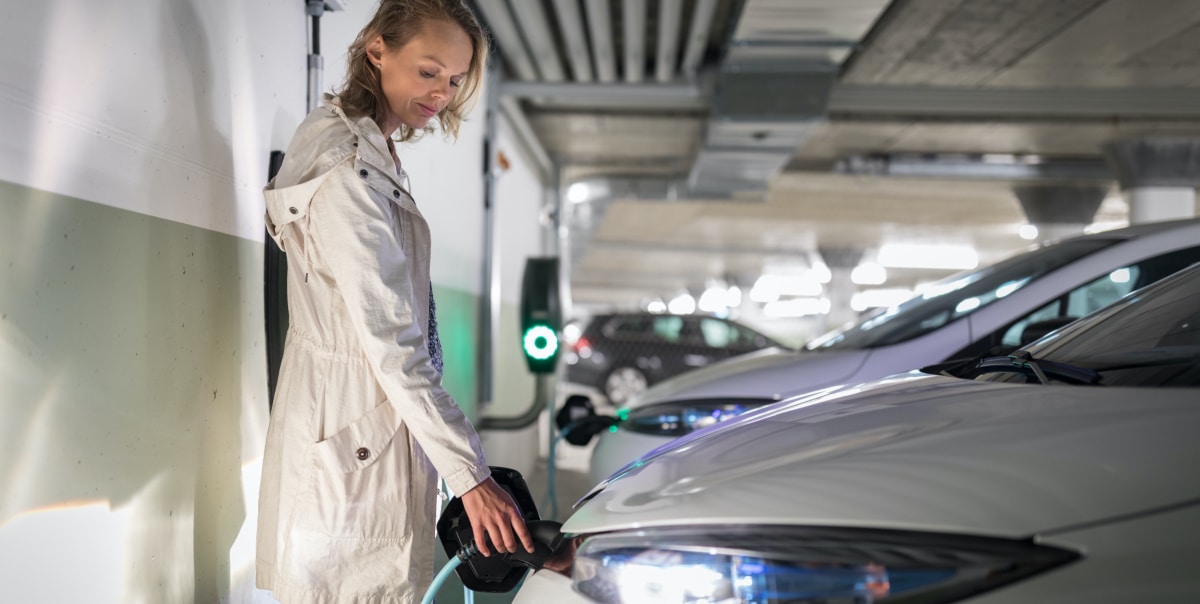
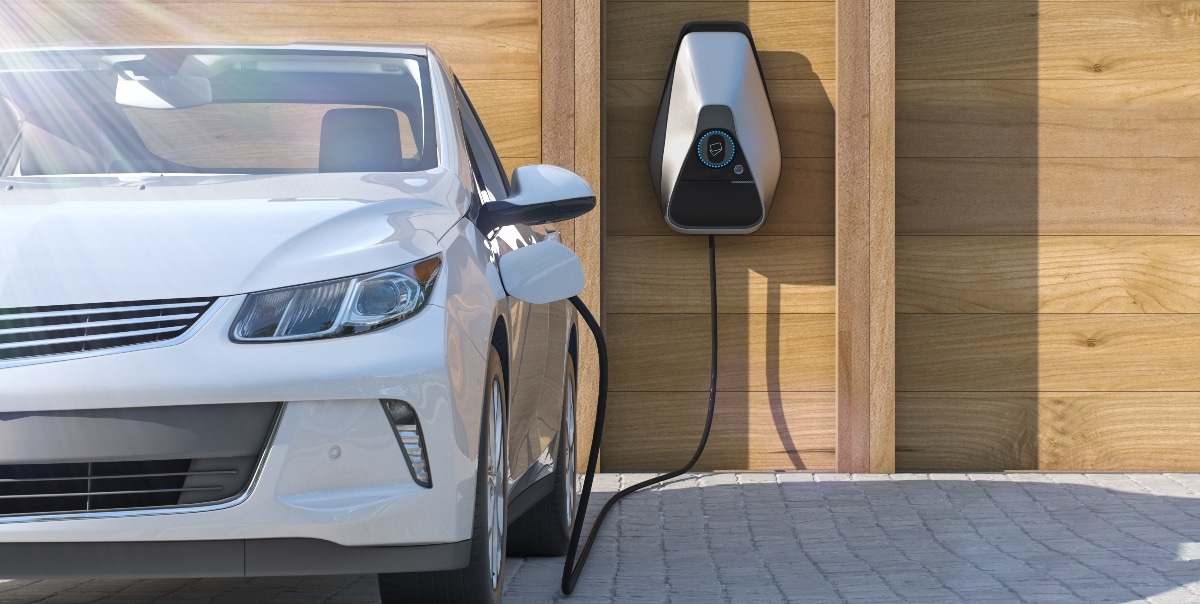
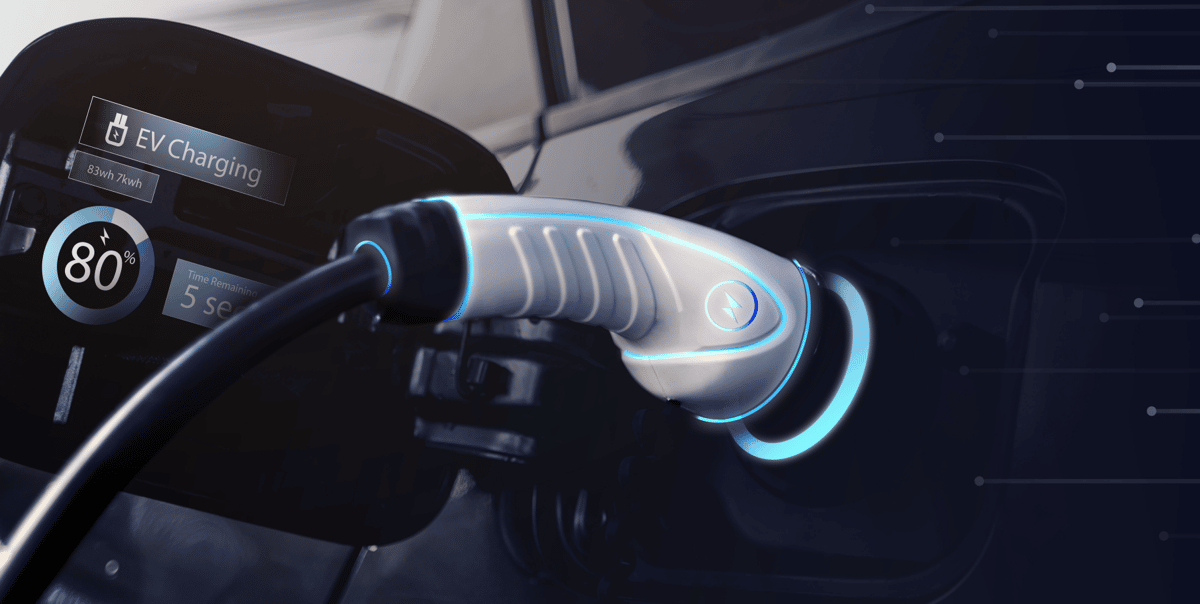
EV Charging
December 8, 2021
Traversing the Country in Your EV: Planning your trip with electric charging stations in mind

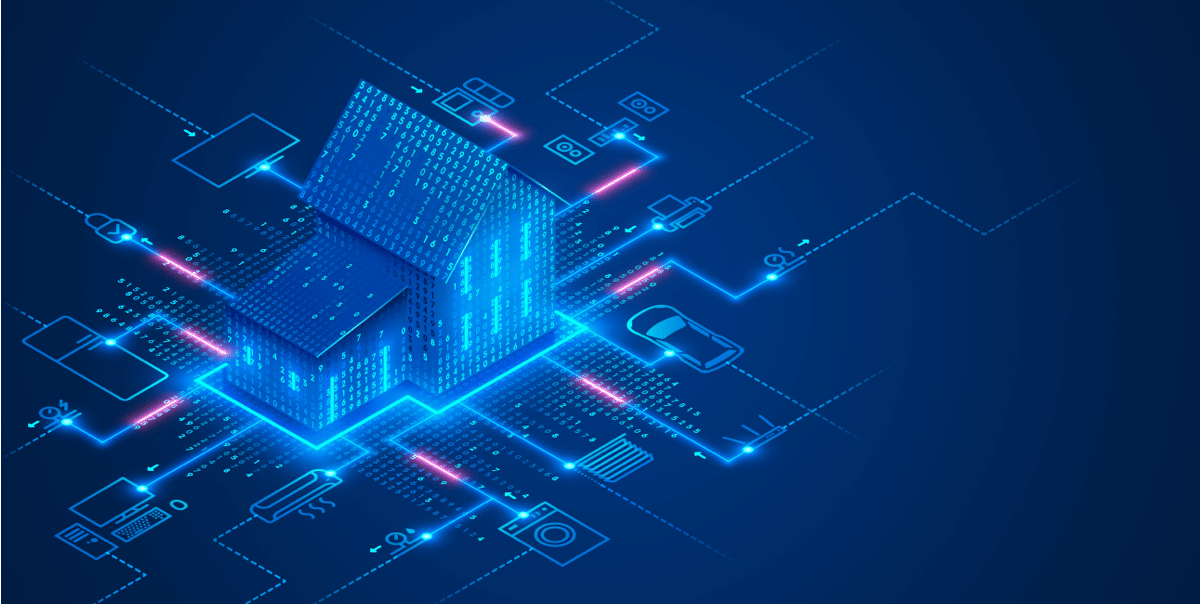
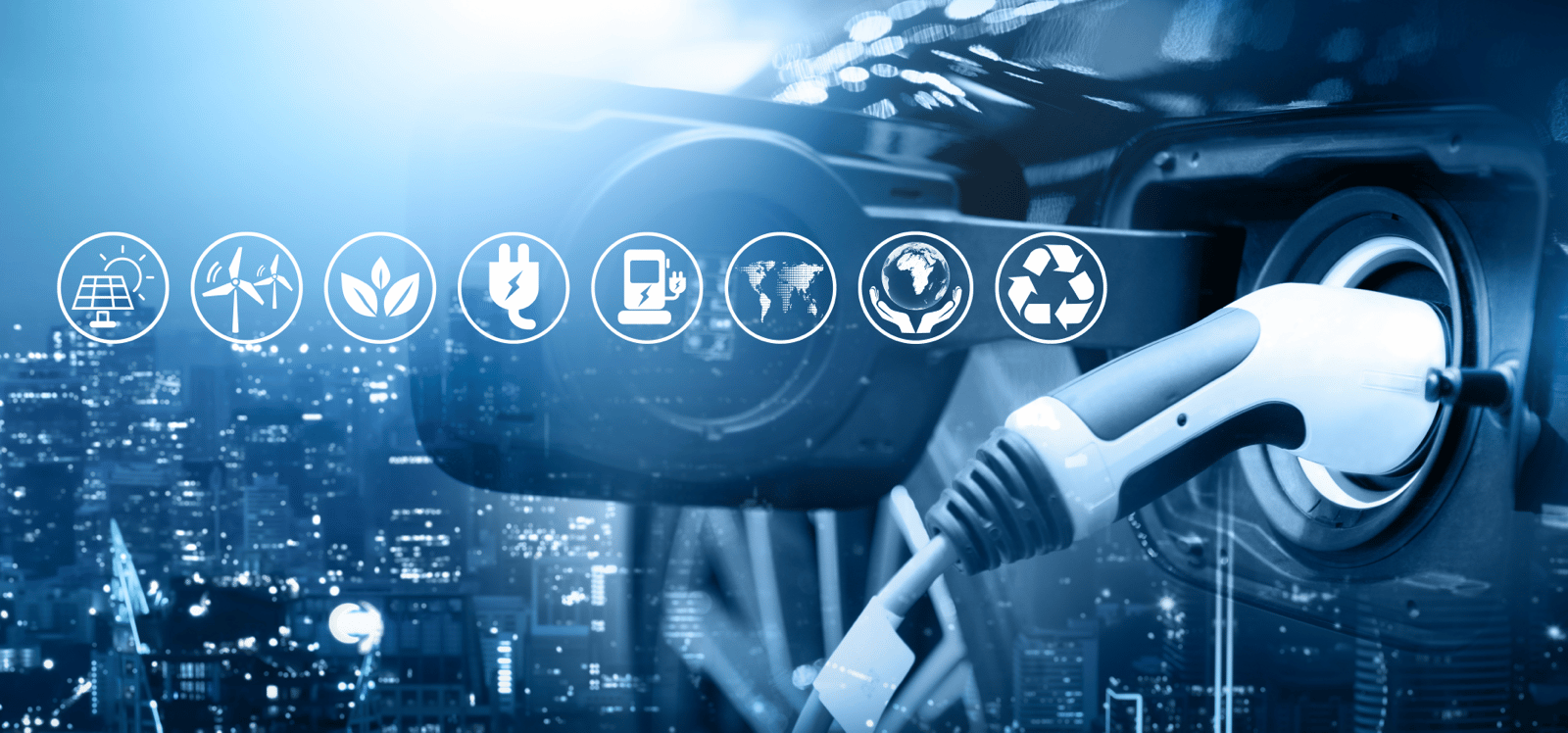
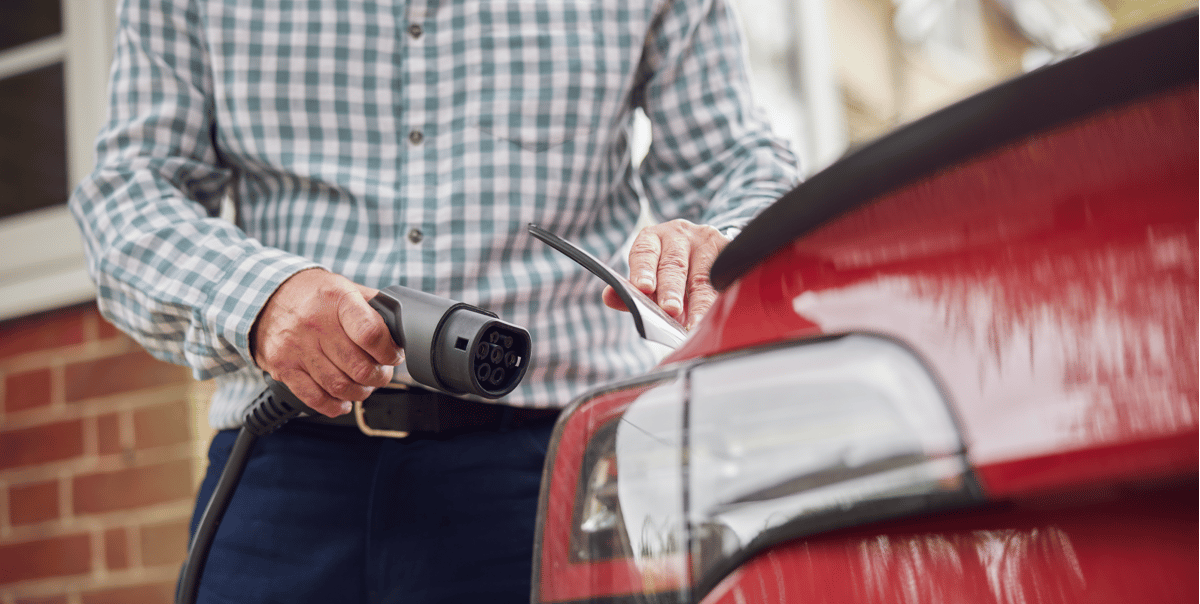
EV Charging
September 14, 2021
How Qmerit Helps Home Based Fleet Managers Take Control of EV Charging Installations
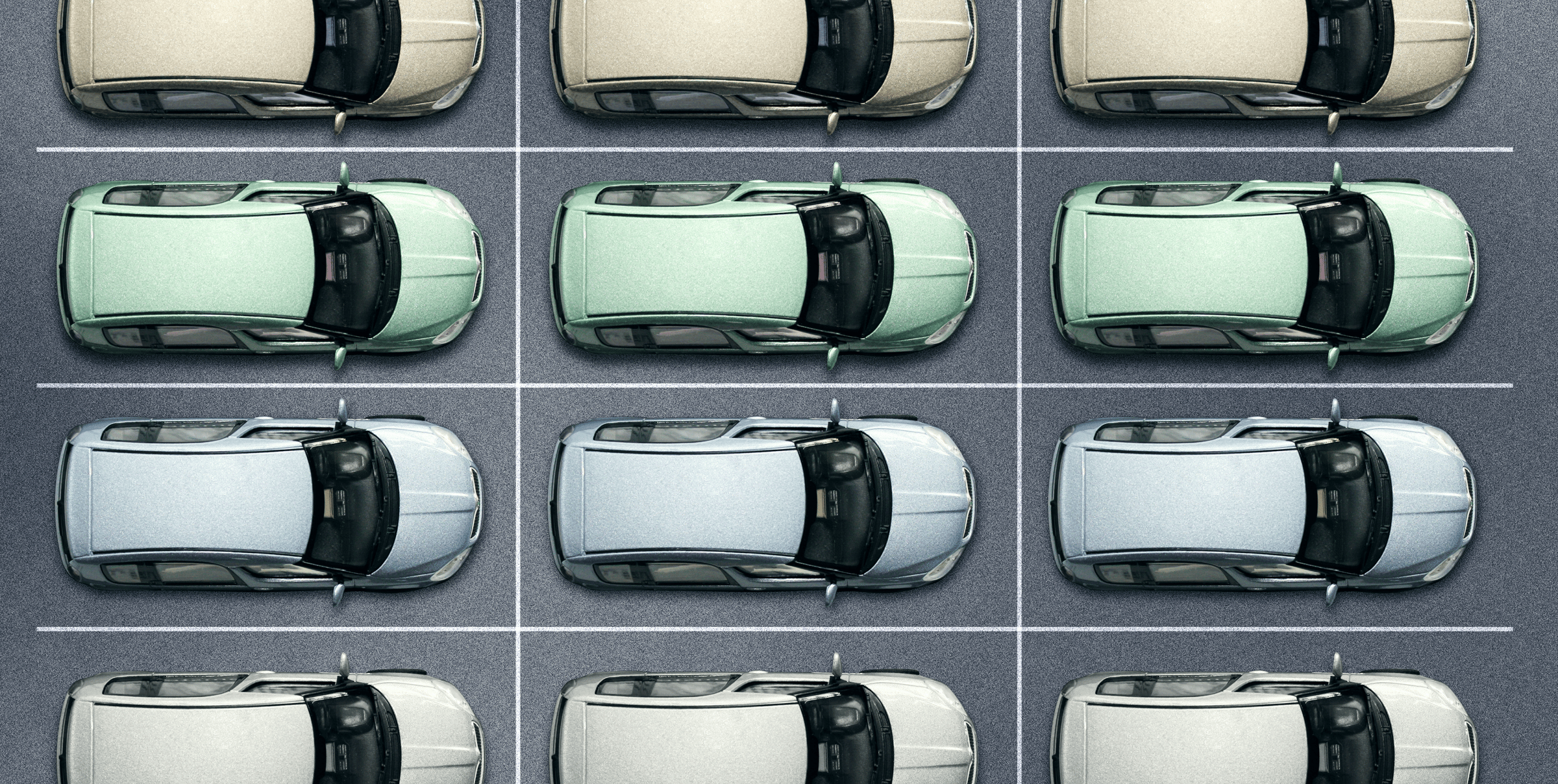
EV Charging
August 31, 2021
Helping Your Customers Go Electric: EV Charging Installation Opportunities for Contractors
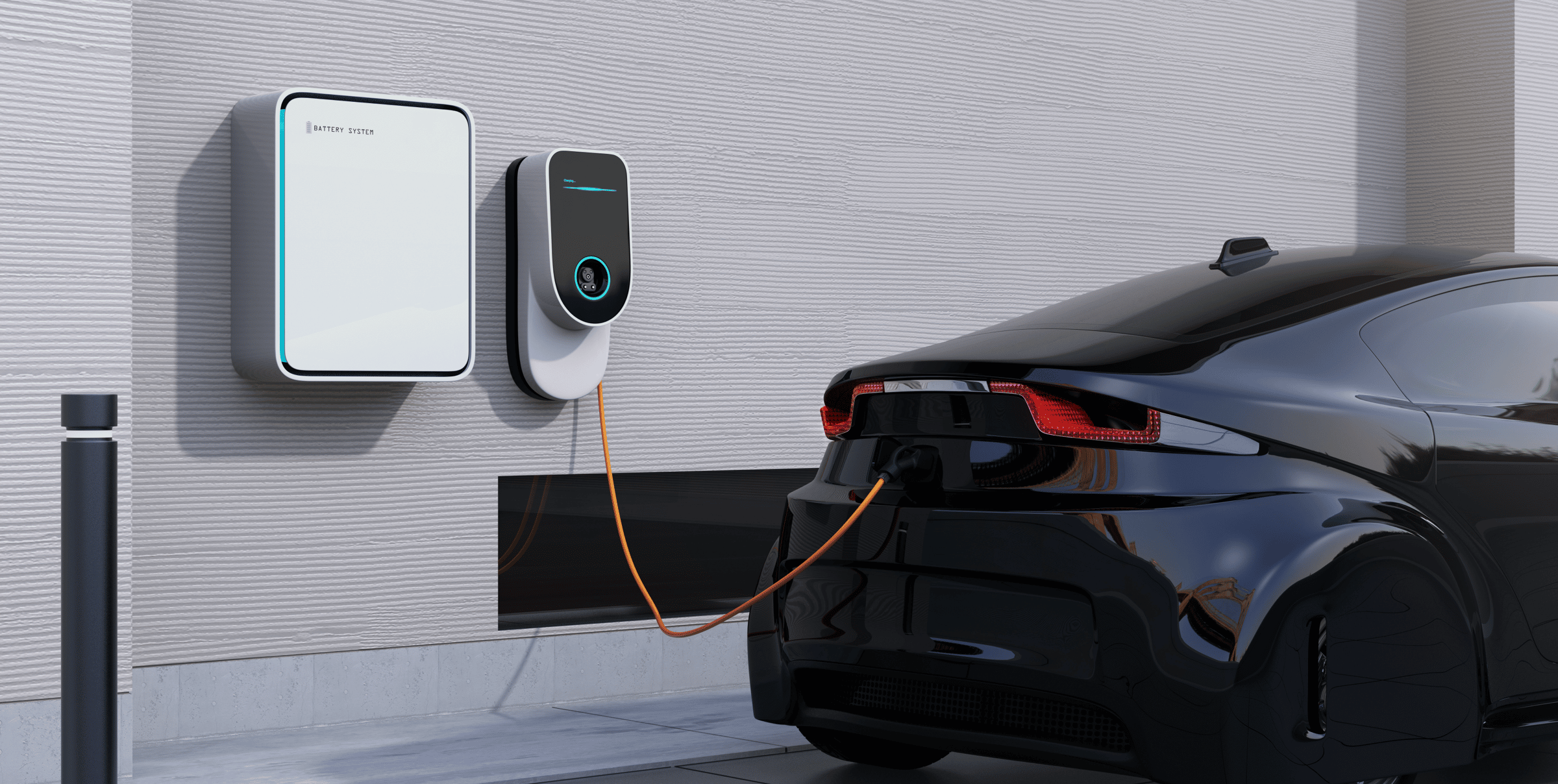
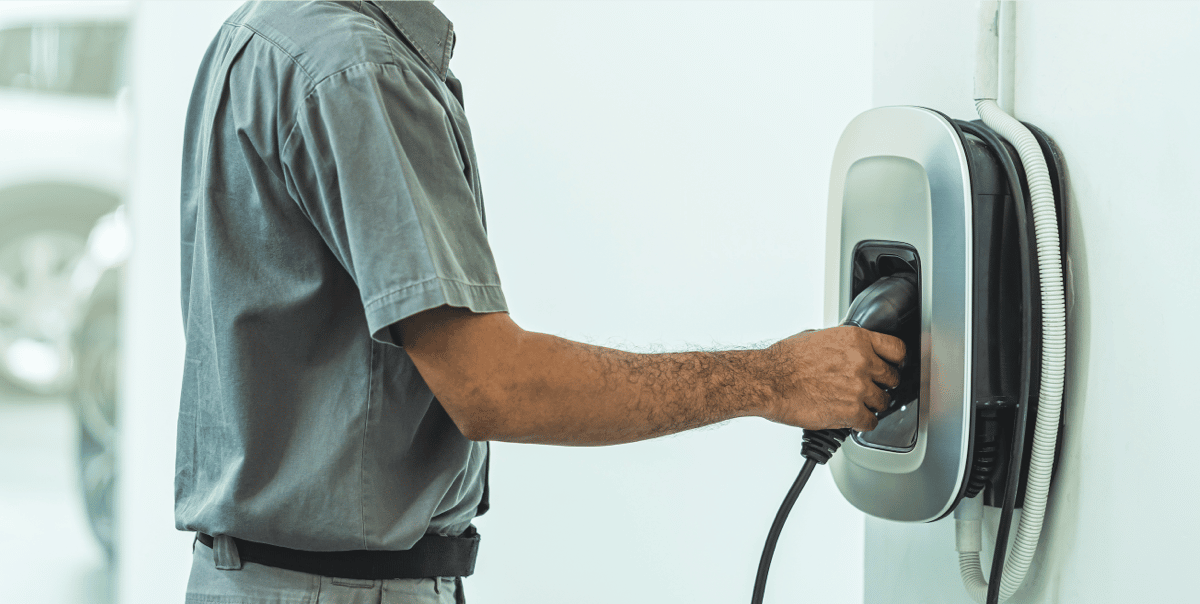
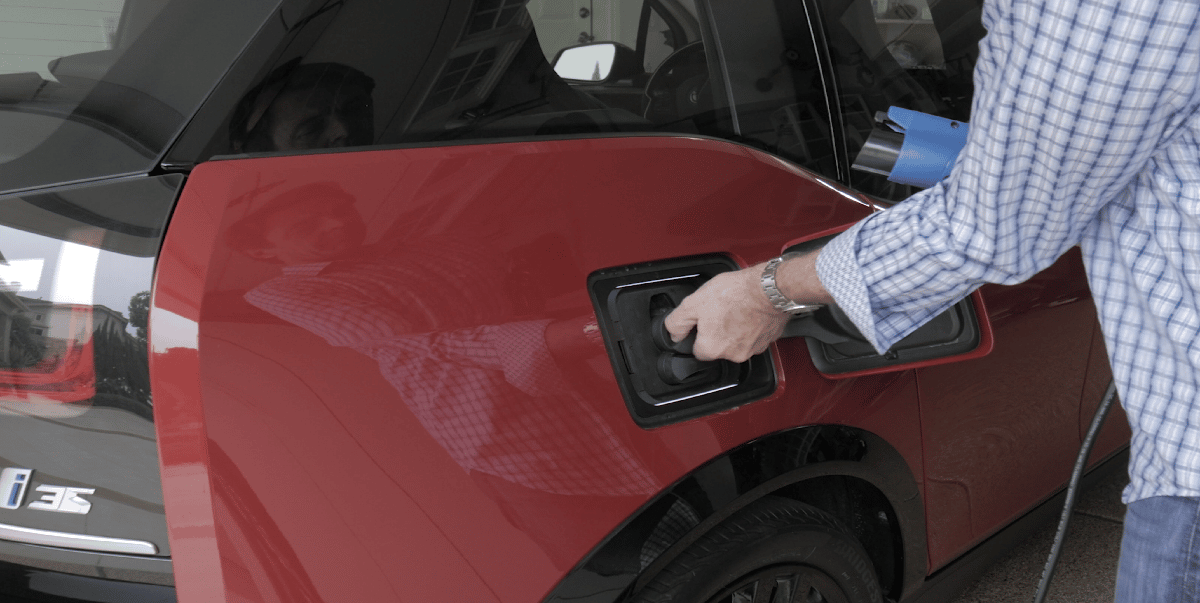
EV Charging
May 14, 2021
This Unique Contractor Scoring System Selects the Best EV Charging Station Installers
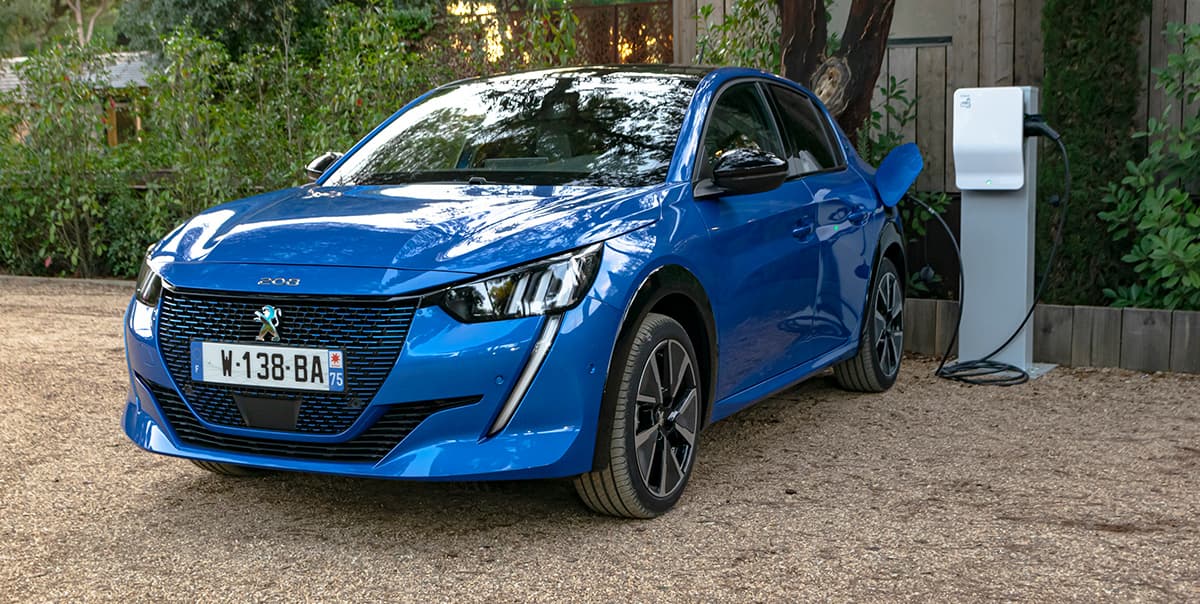
Shop EV Chargers
Save on Top Charger Brands
As the trusted home installation partner to leading charger manufacturers, Qmerit can help you choose the right one for you. Compare key features and specifications—and access exclusive discounts when you’re ready to buy.
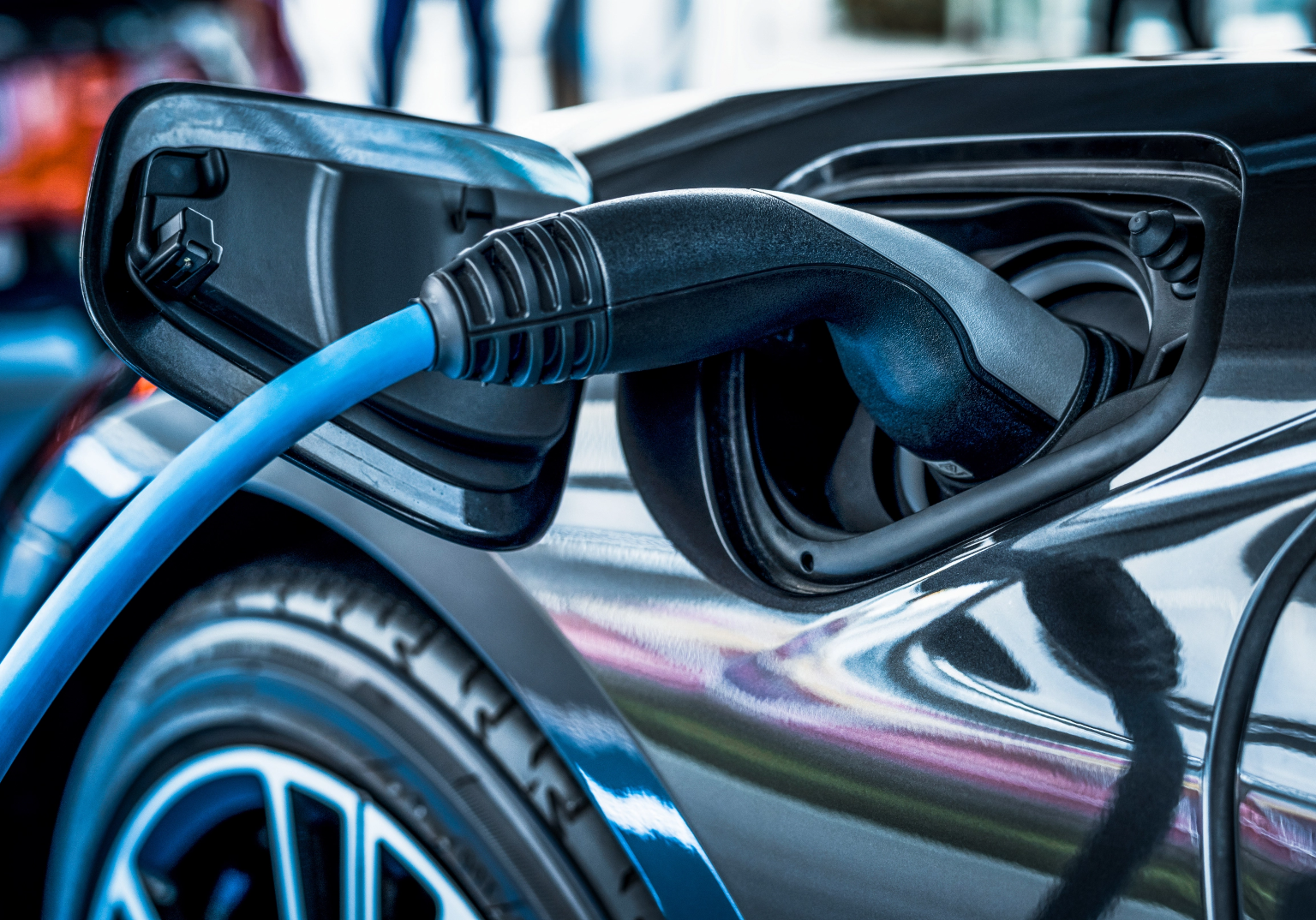
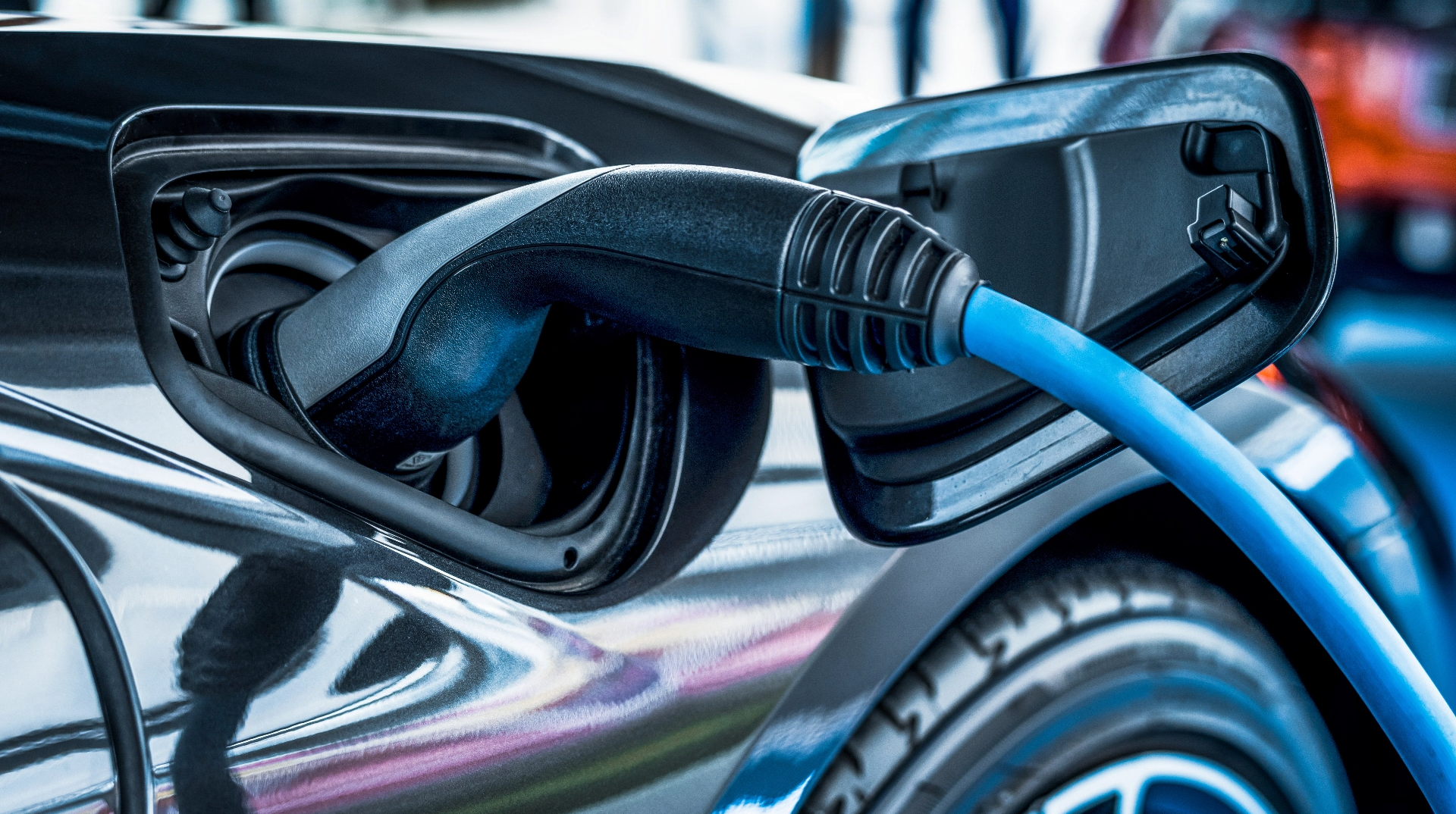
What’s Next on Your Electrification Journey?
Battery Energy Storage & Solar Panels
Once your home charger is up and running, consider adding a battery energy storage system and rooftop solar panels. You can charge your battery system from the public grid, your solar panels—and even your EV, if it’s equipped with bidirectional charging.
Battery Energy Storage
Store power to use during peak hours when utility rates are higher—or if the grid goes down.
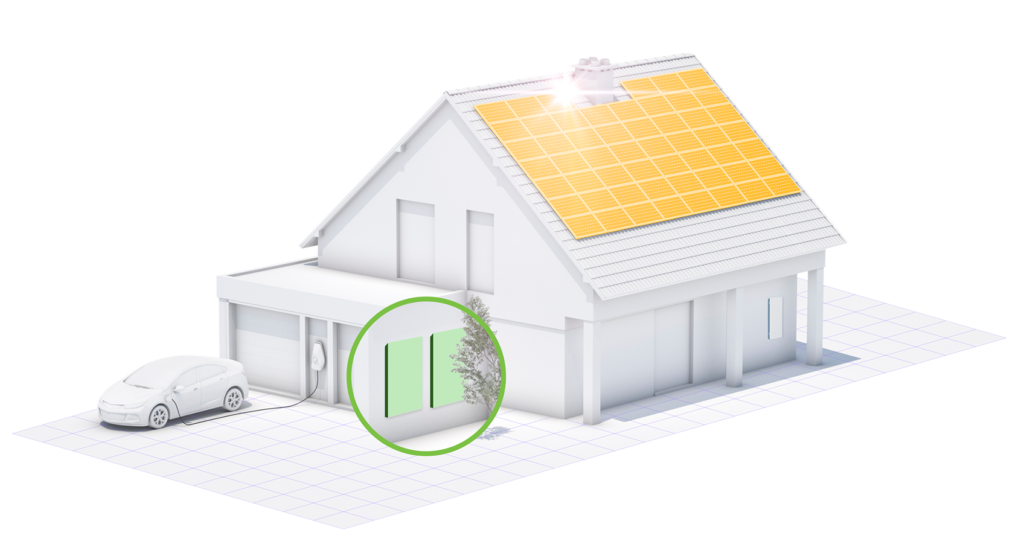
Need EV Charging Installation?
Get Your Upfront Pricing Estimate
Get expert home charging installation from Qmerit, North America’s most trusted and recommended installer. With Qmerit Charge@Home™ installation services, it’s easy to get your estimate.
Need bidirectional charger installation? Contact us now.

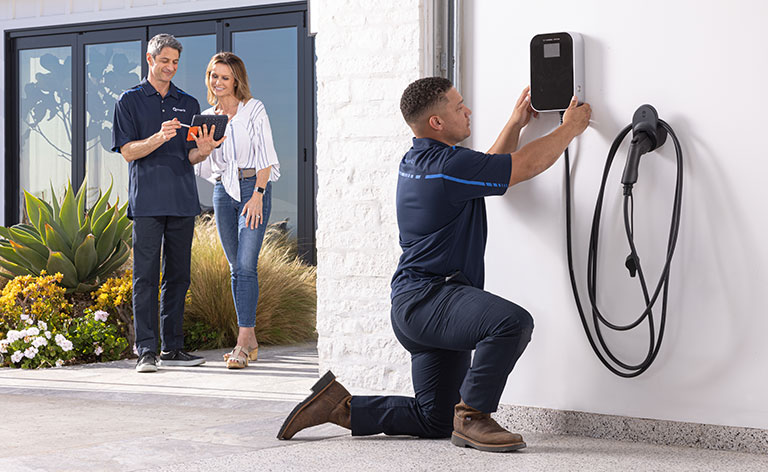
This website uses cookies to help us understand how our site is used and improve the user experience.
By using our site, you consent to the use of cookies.
To learn more or manage your cookie preferences, please see our Privacy Policy or Cookie Policy.
